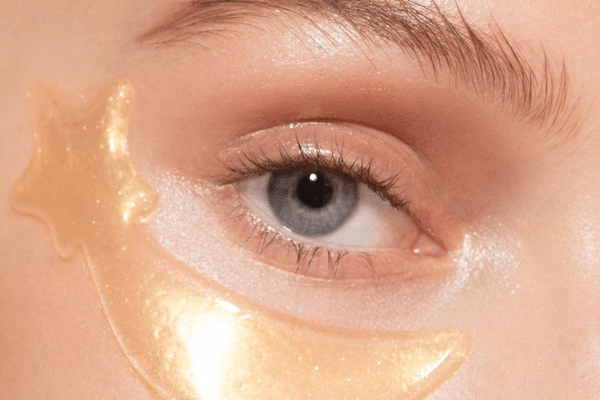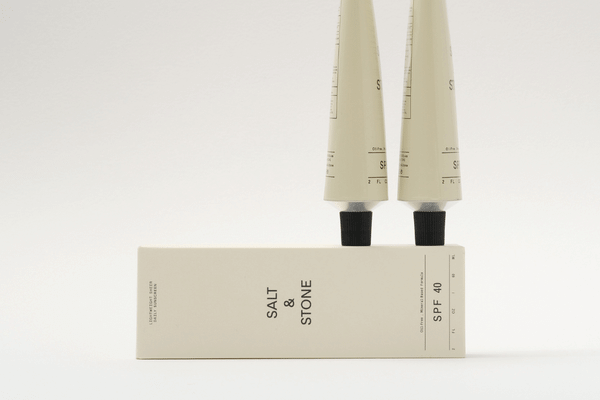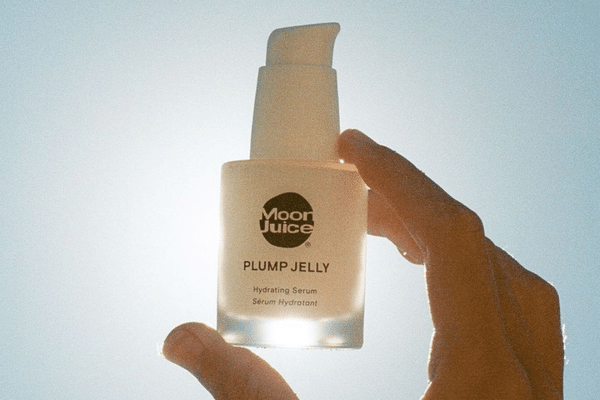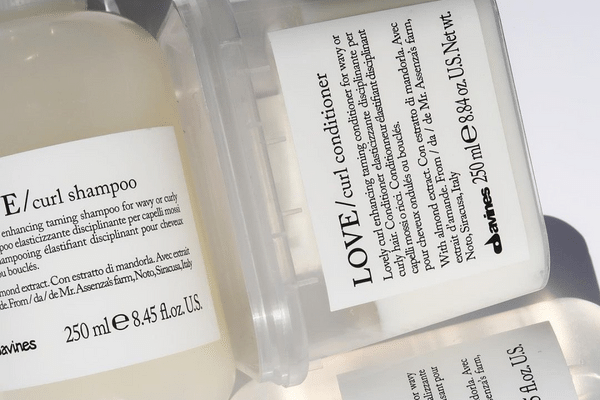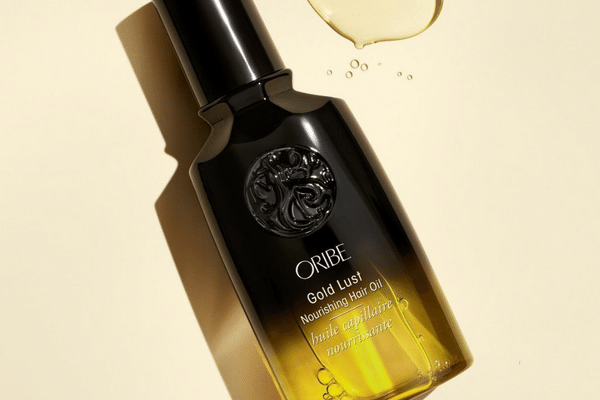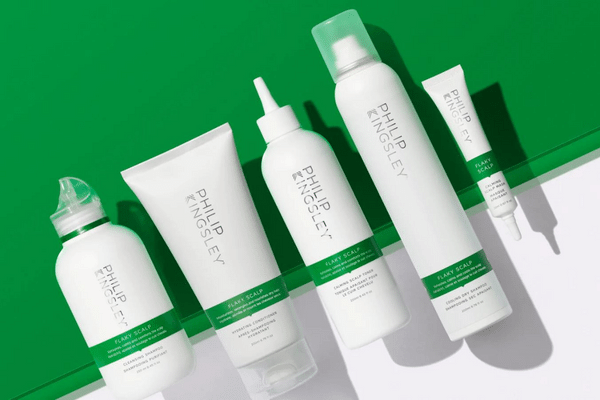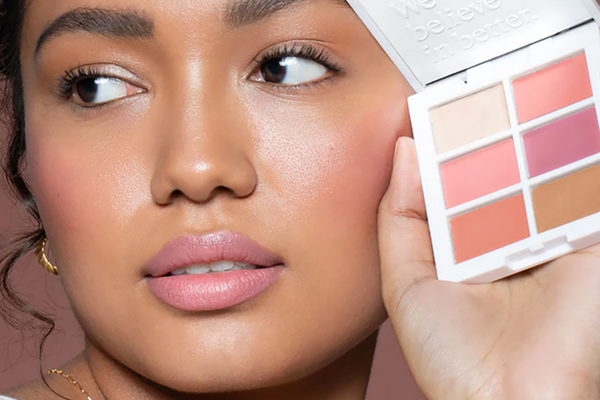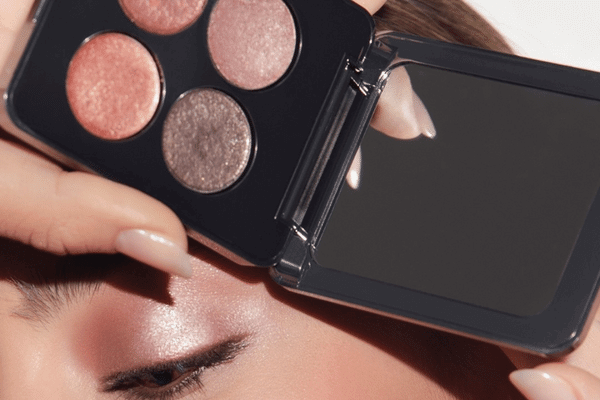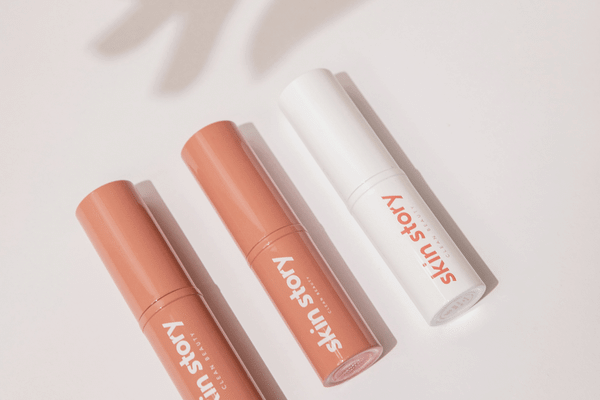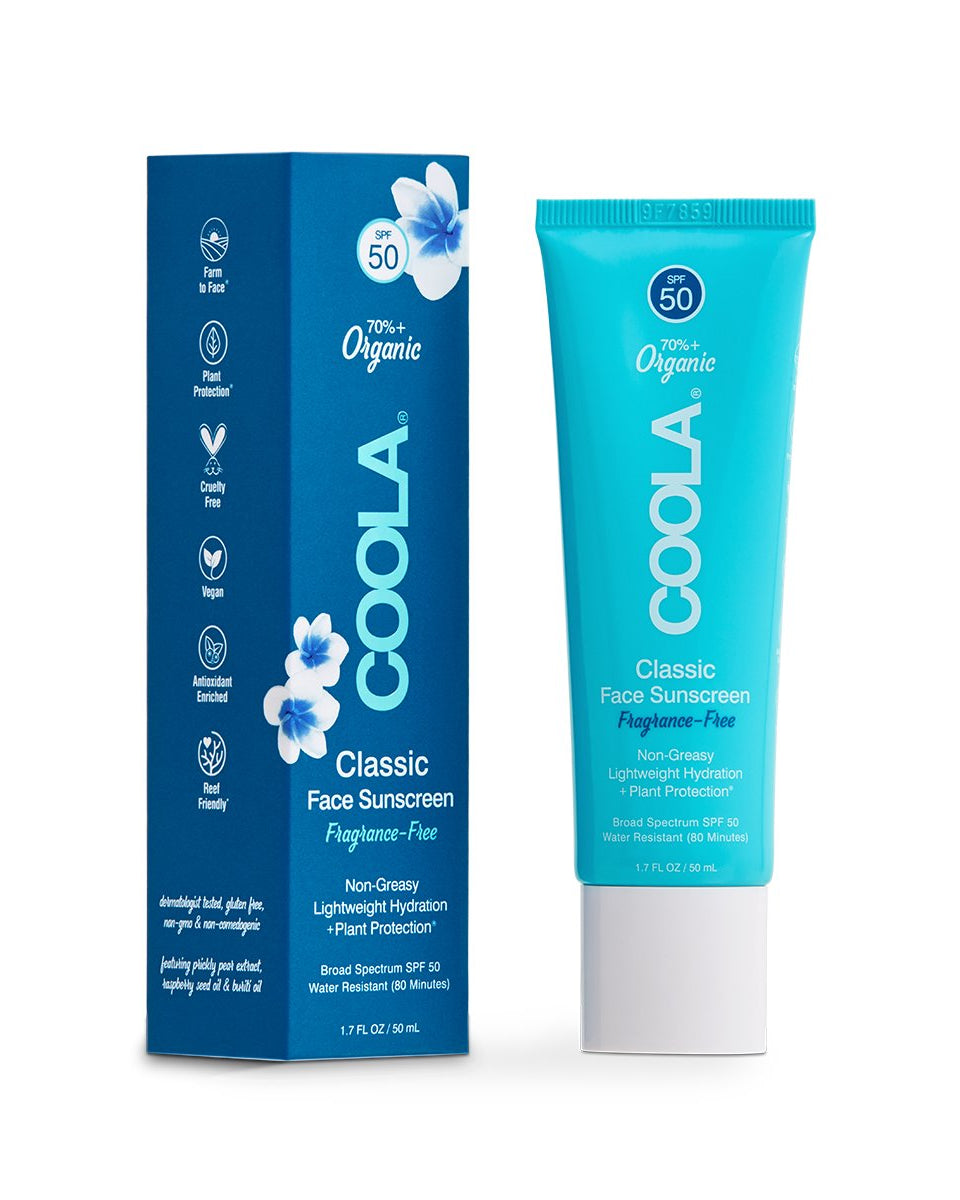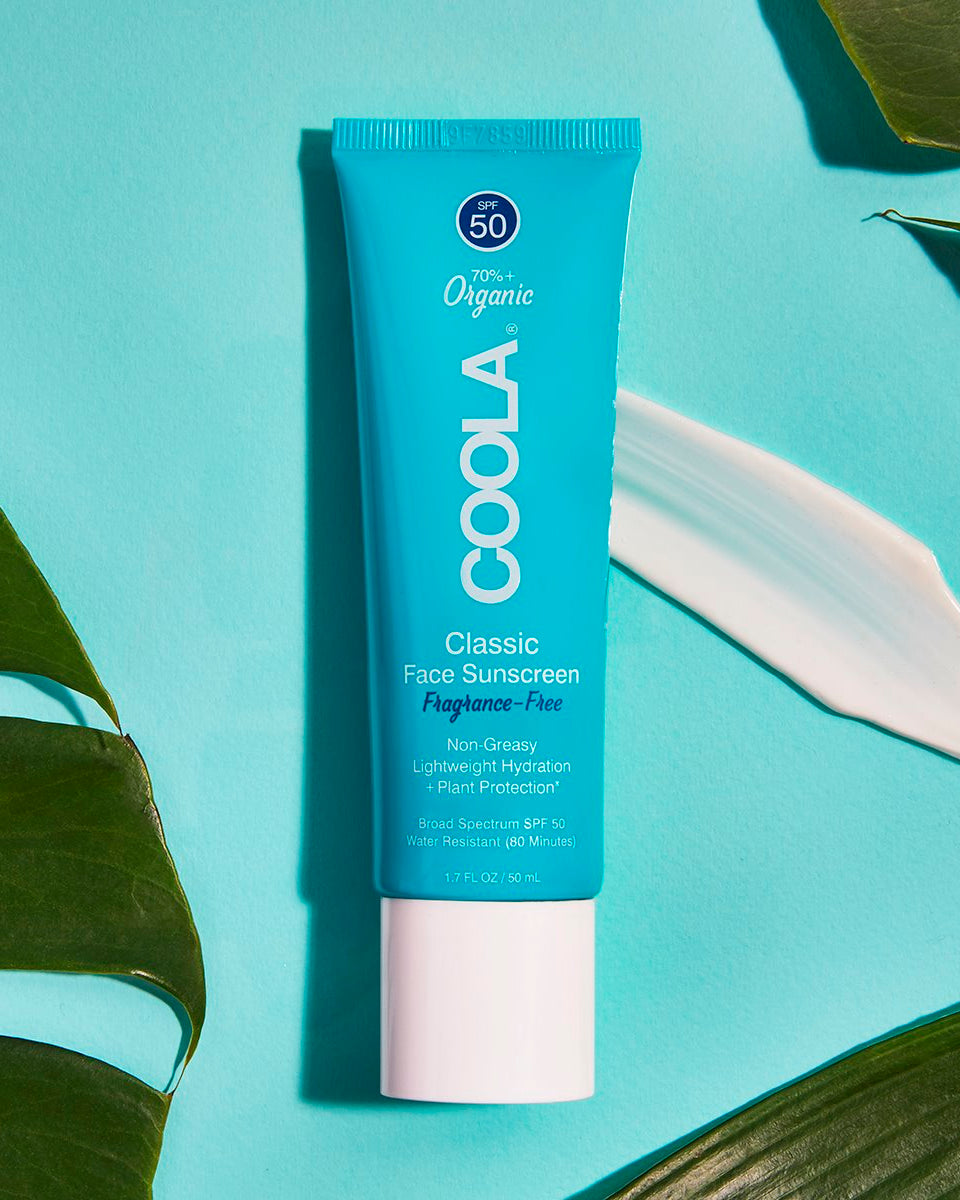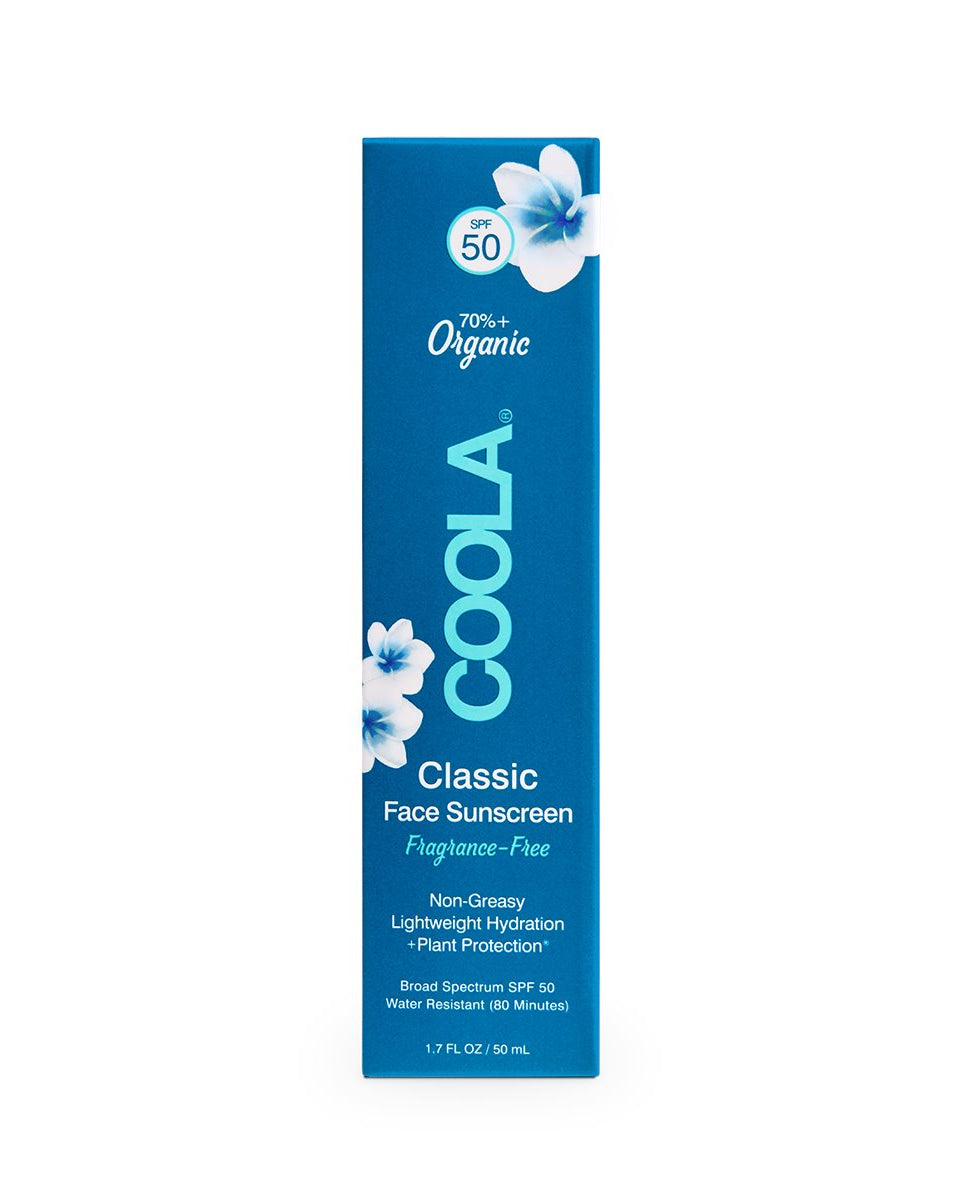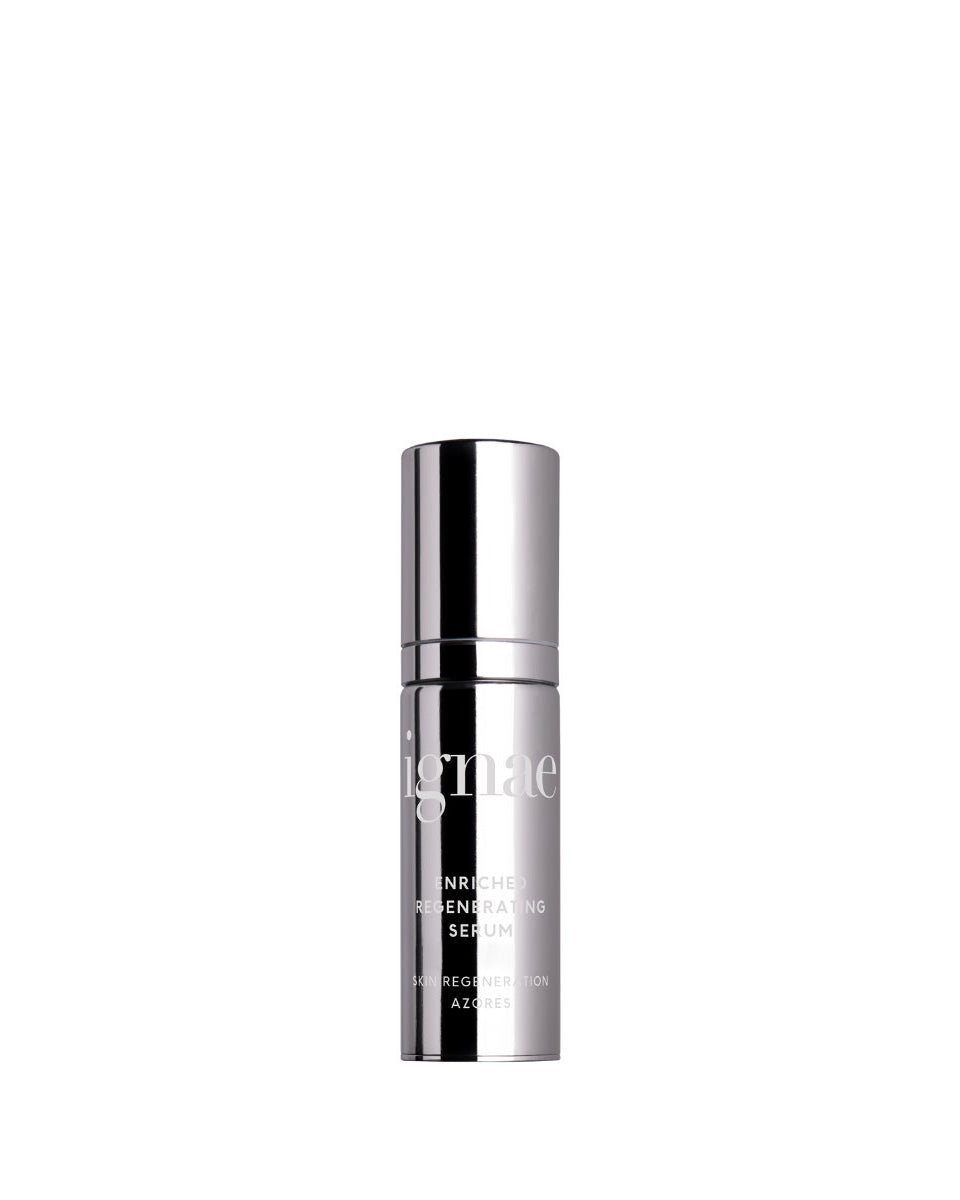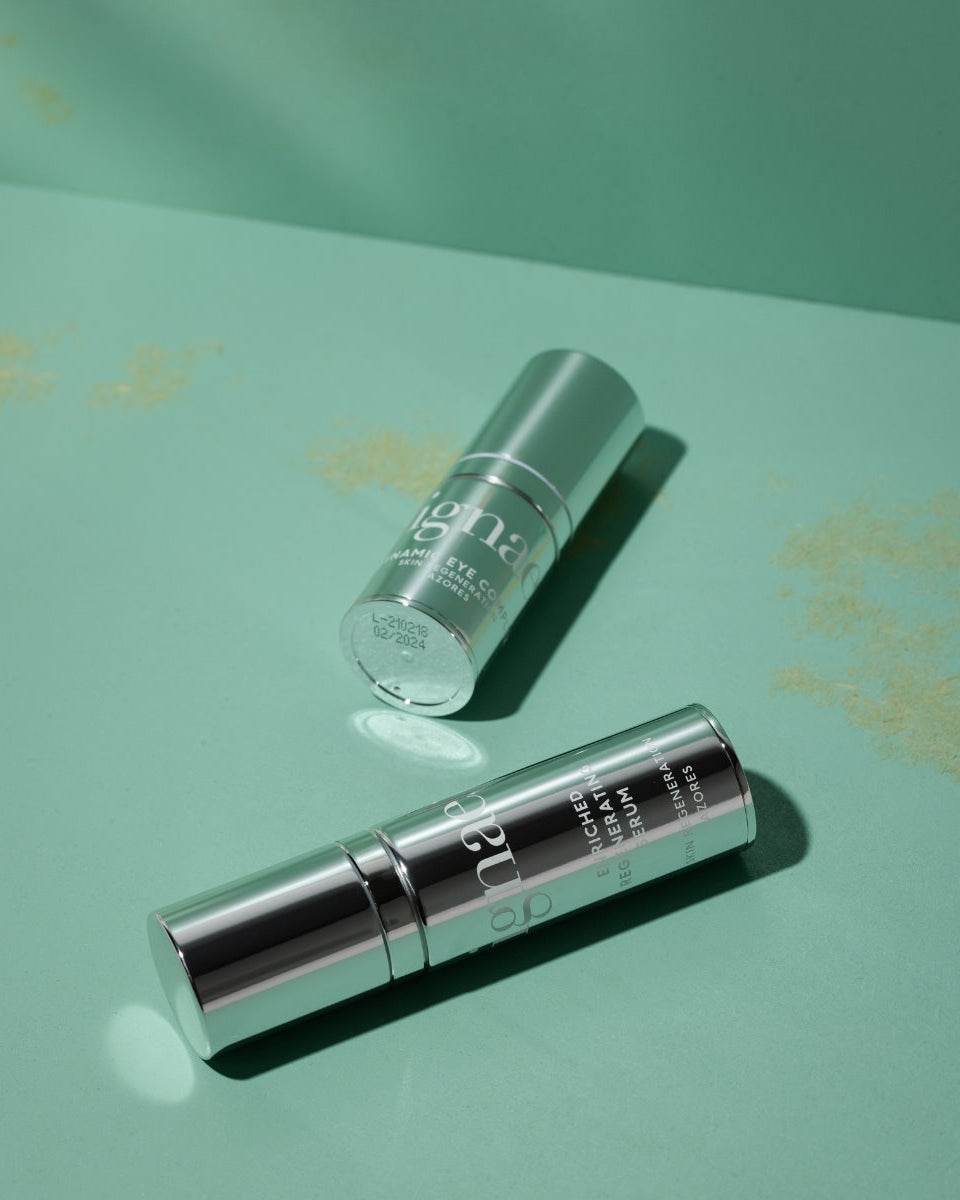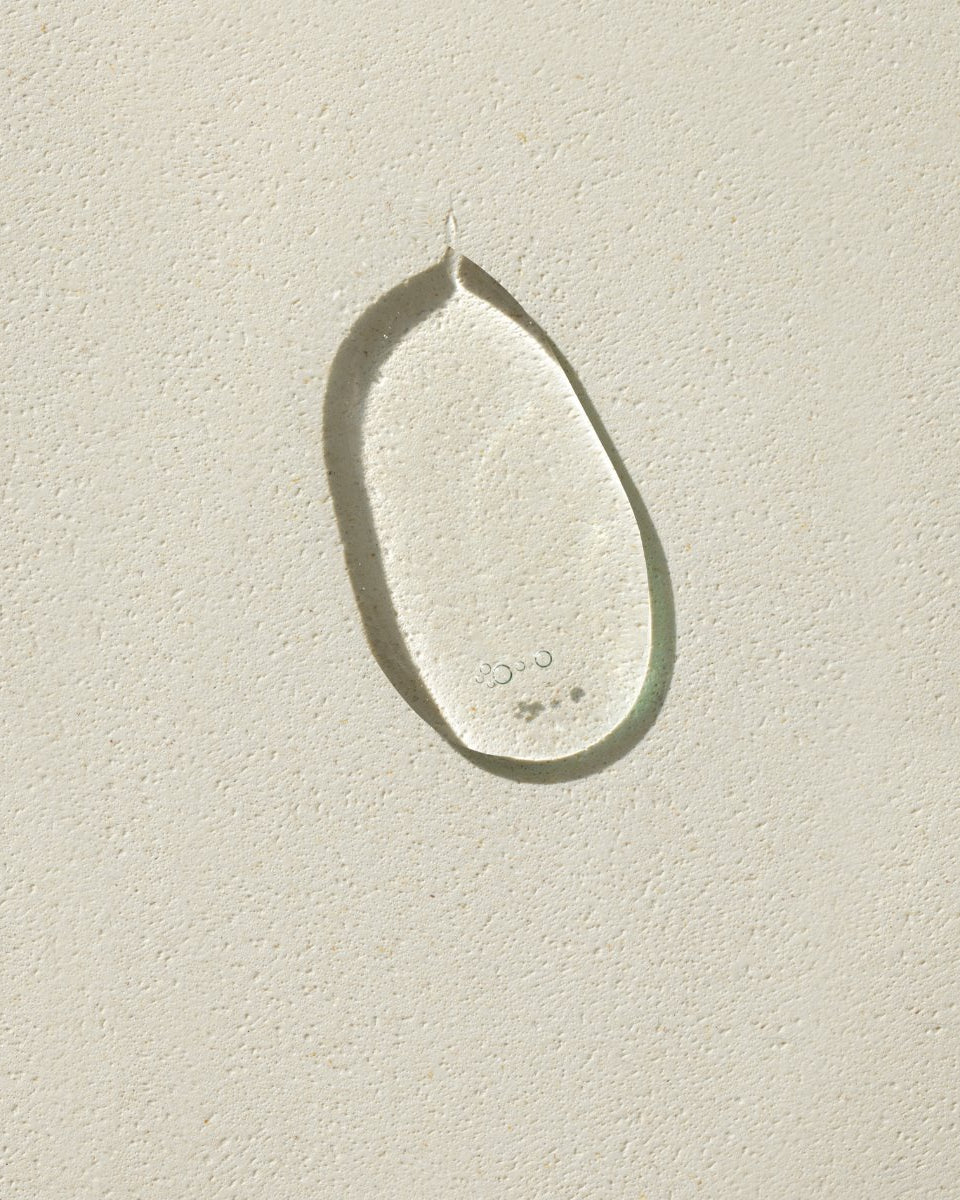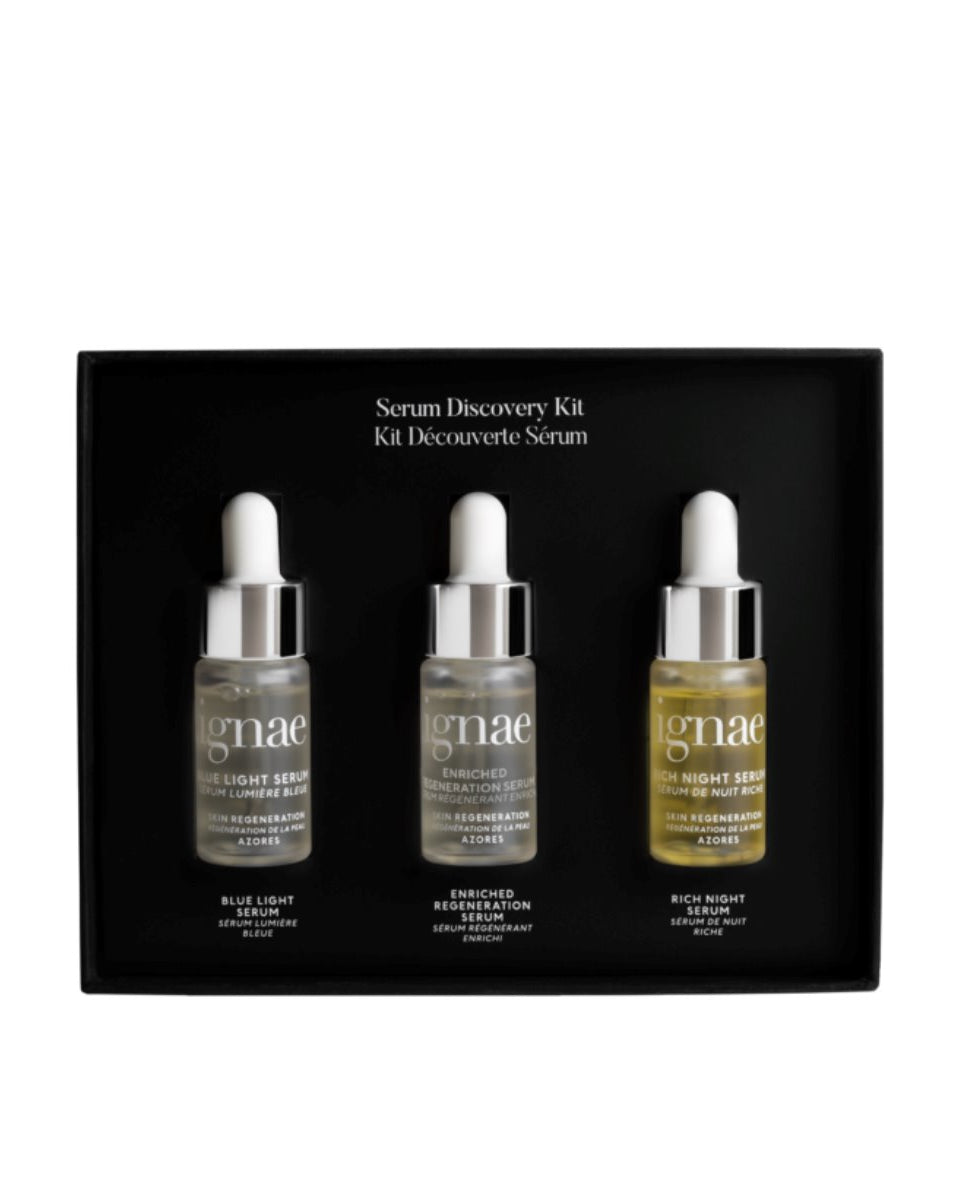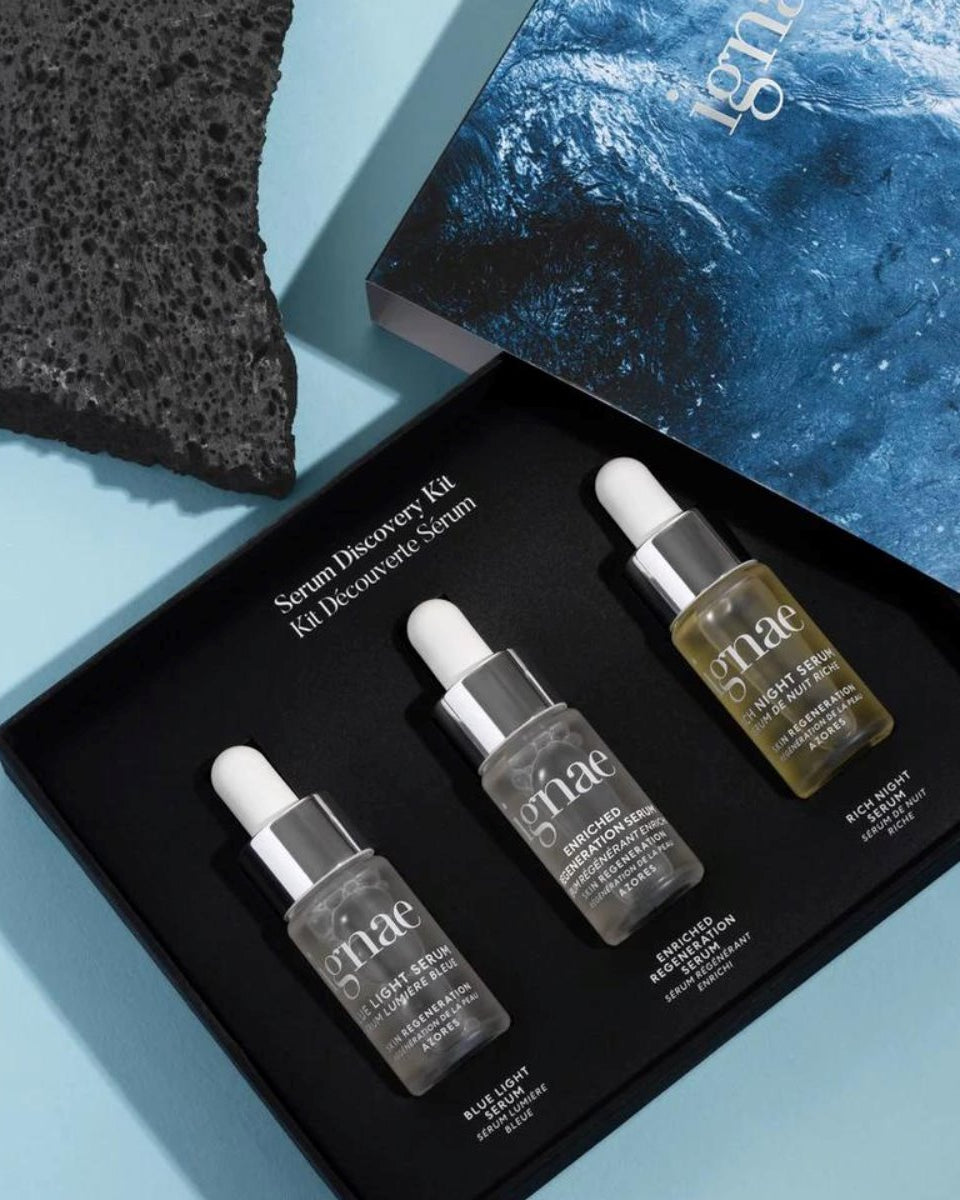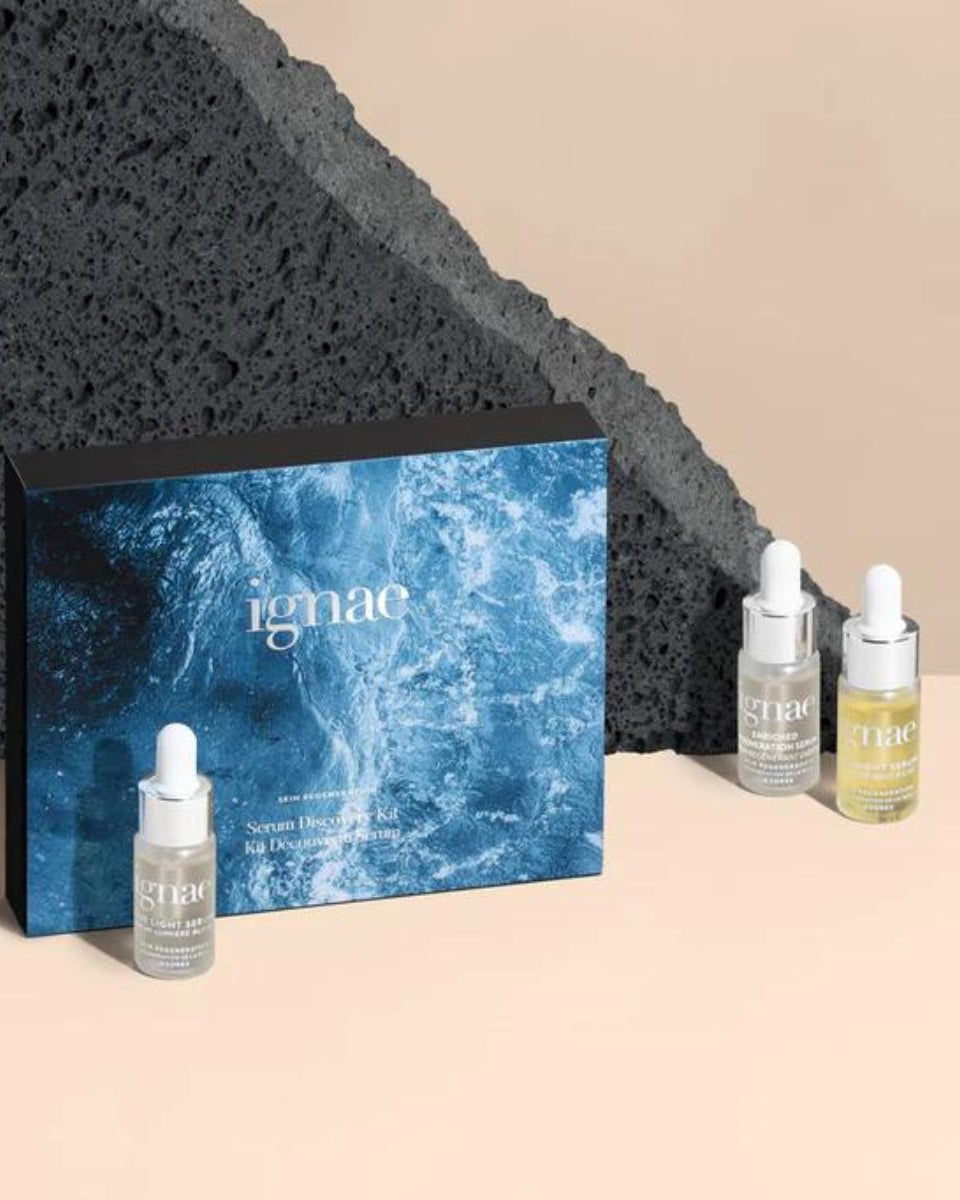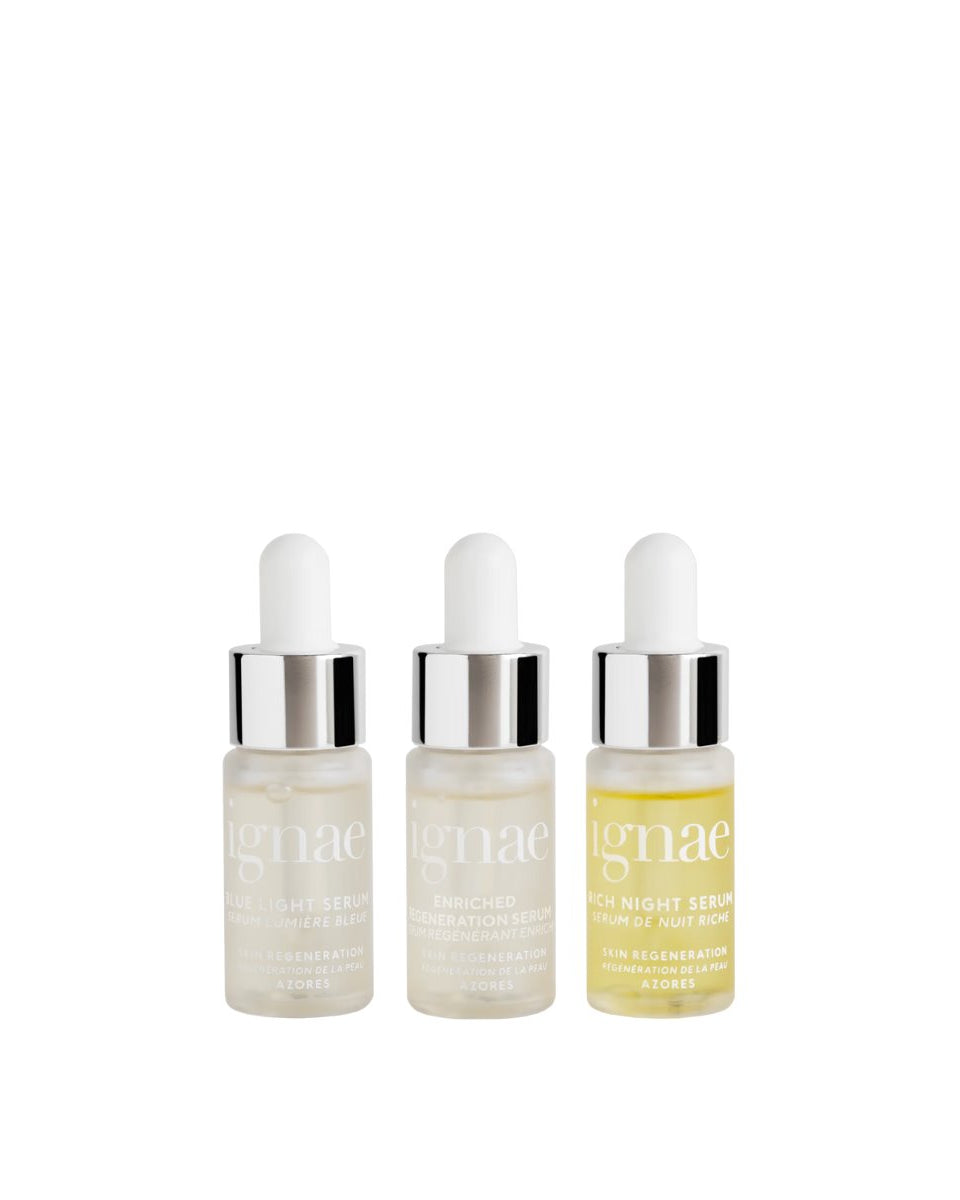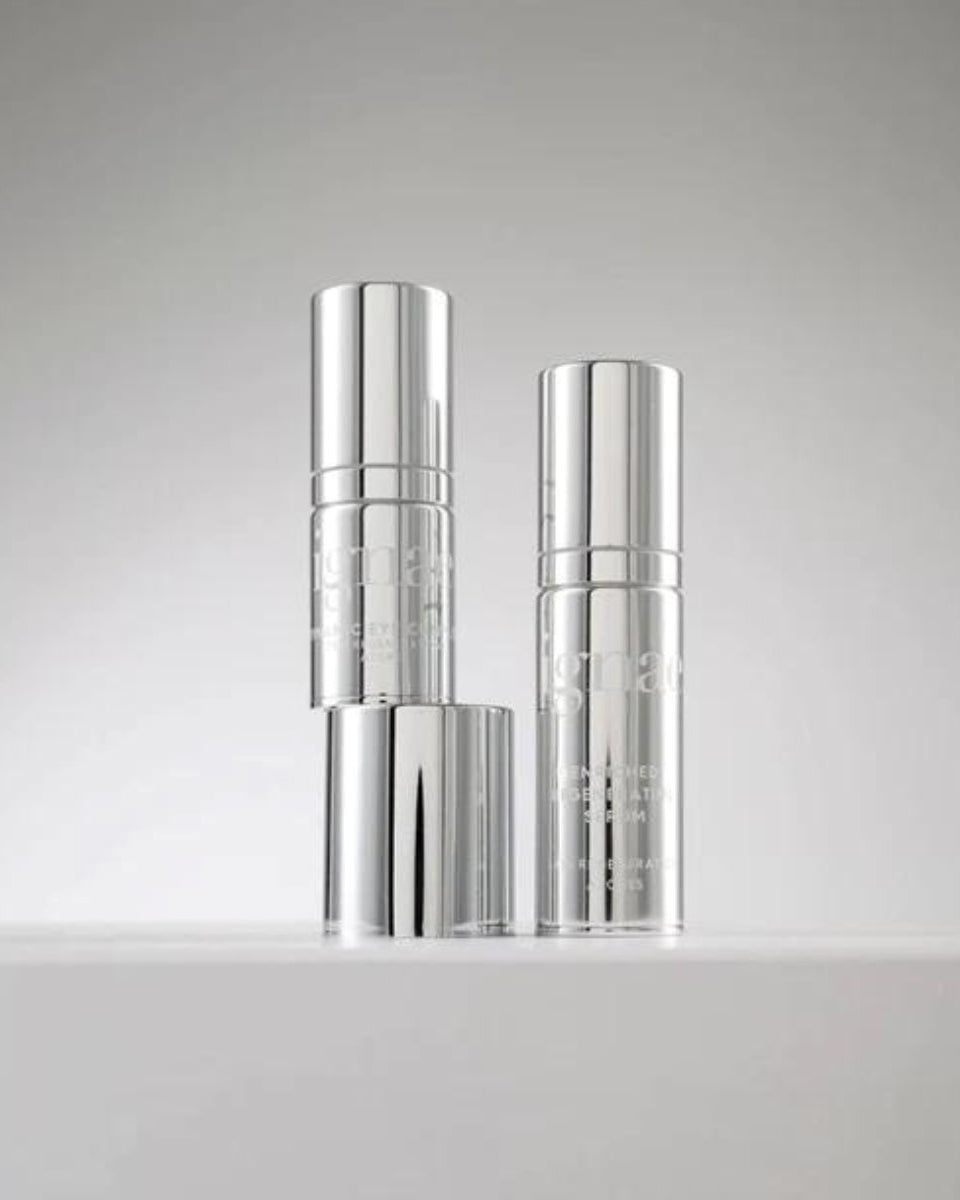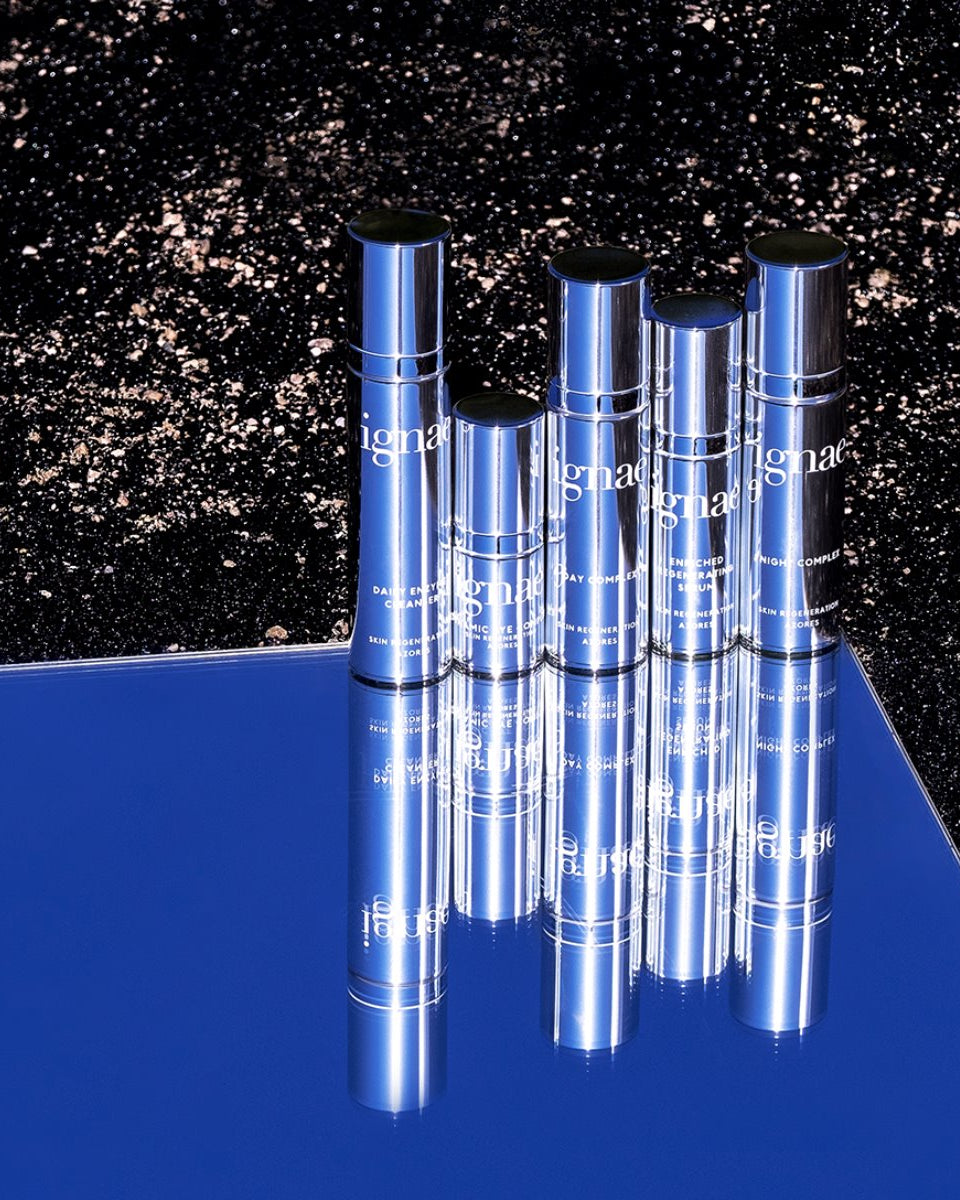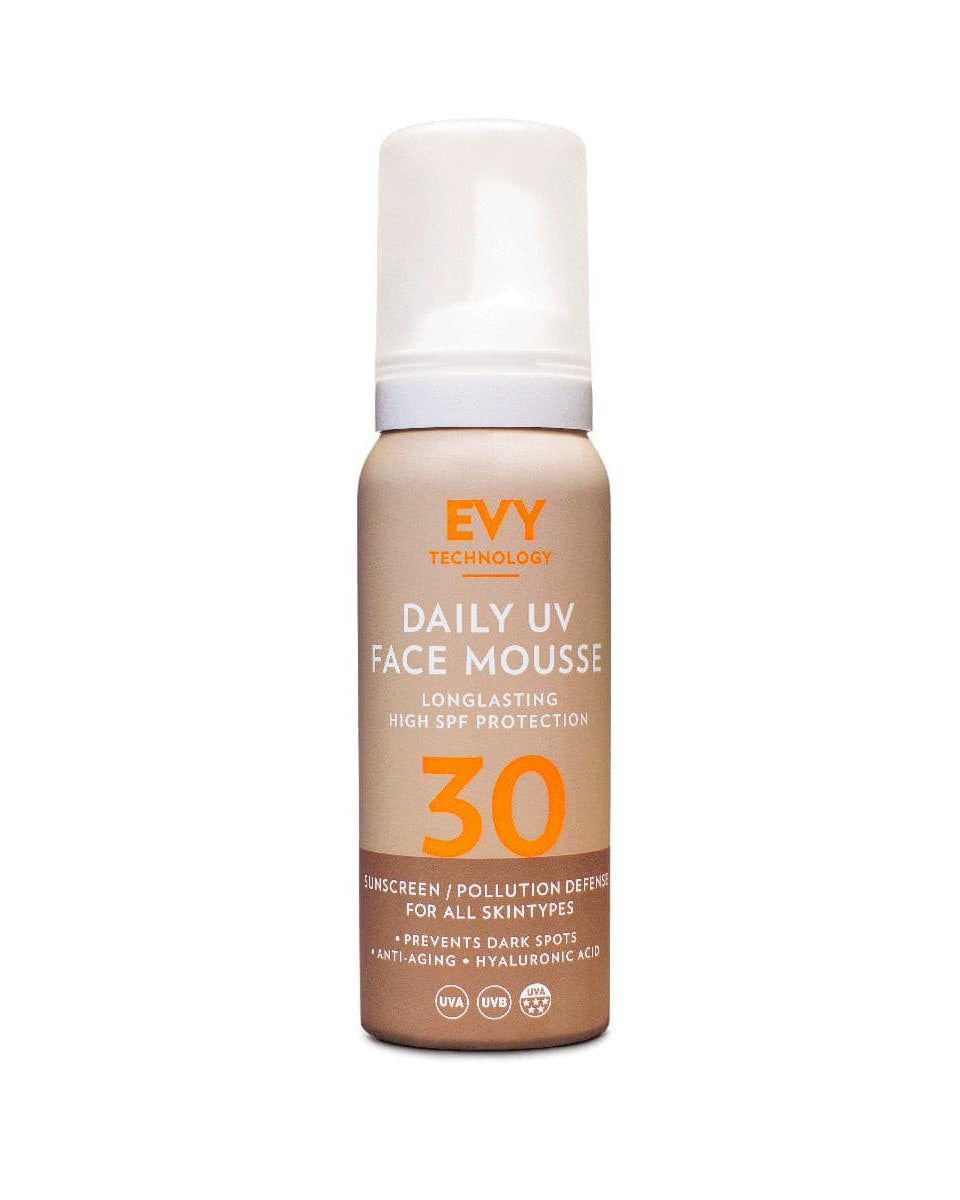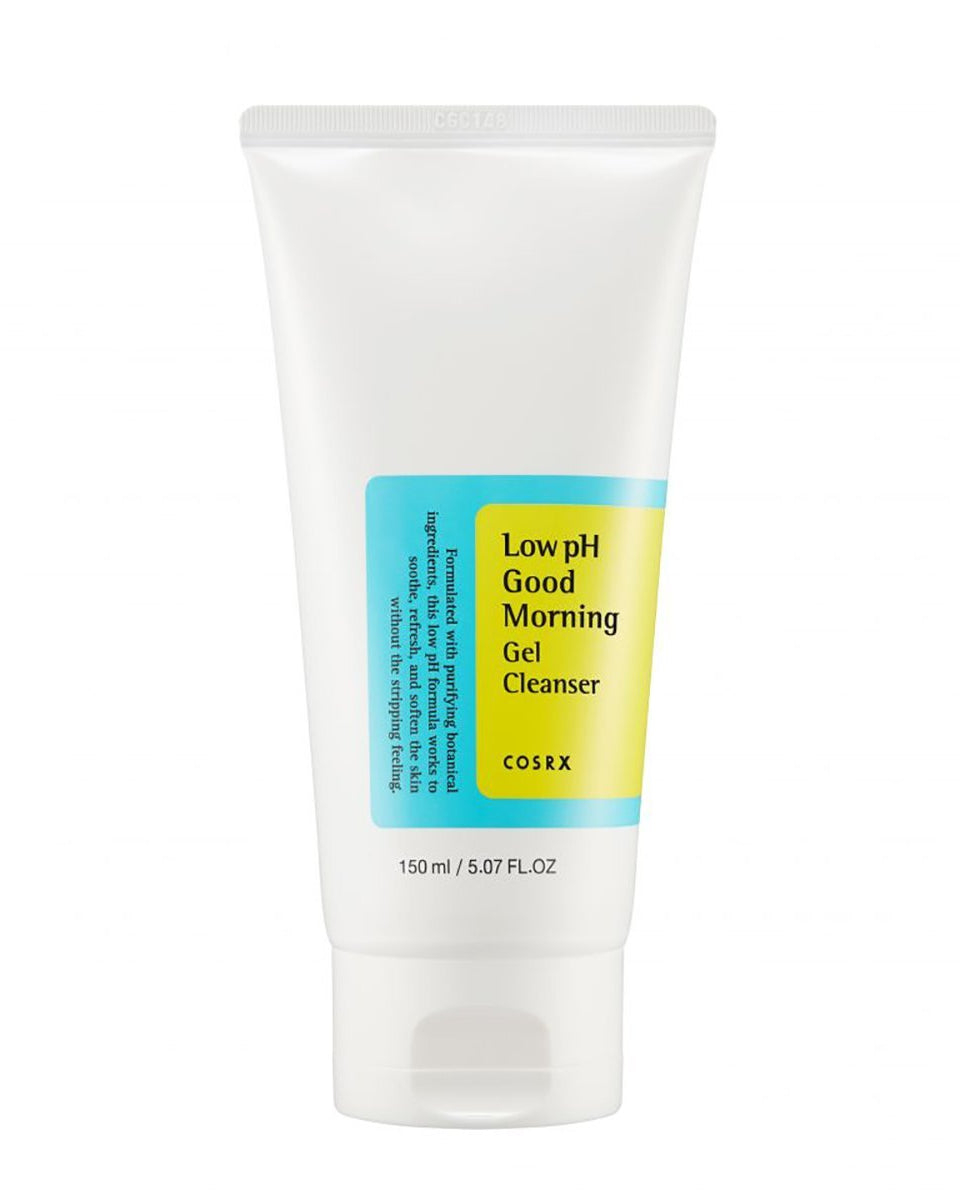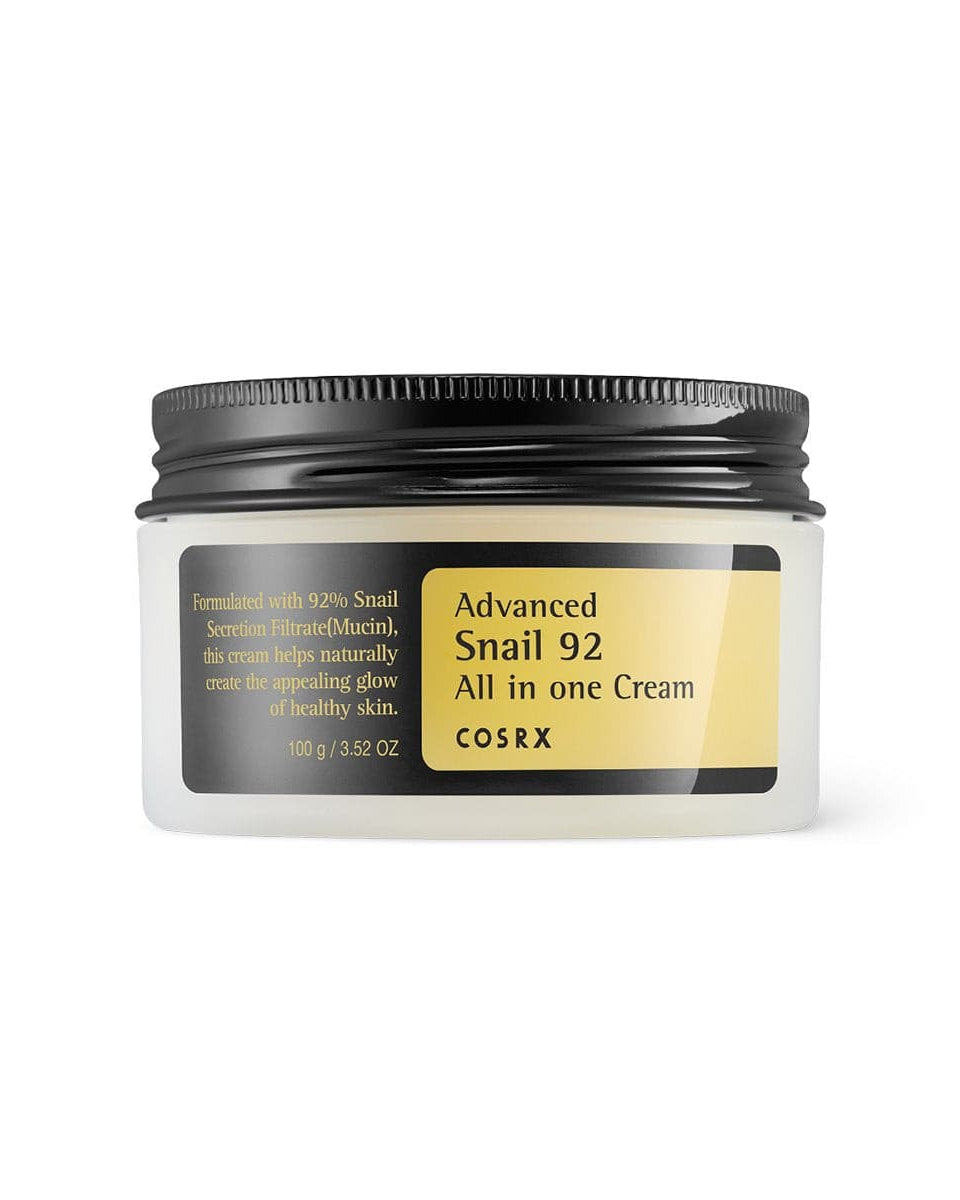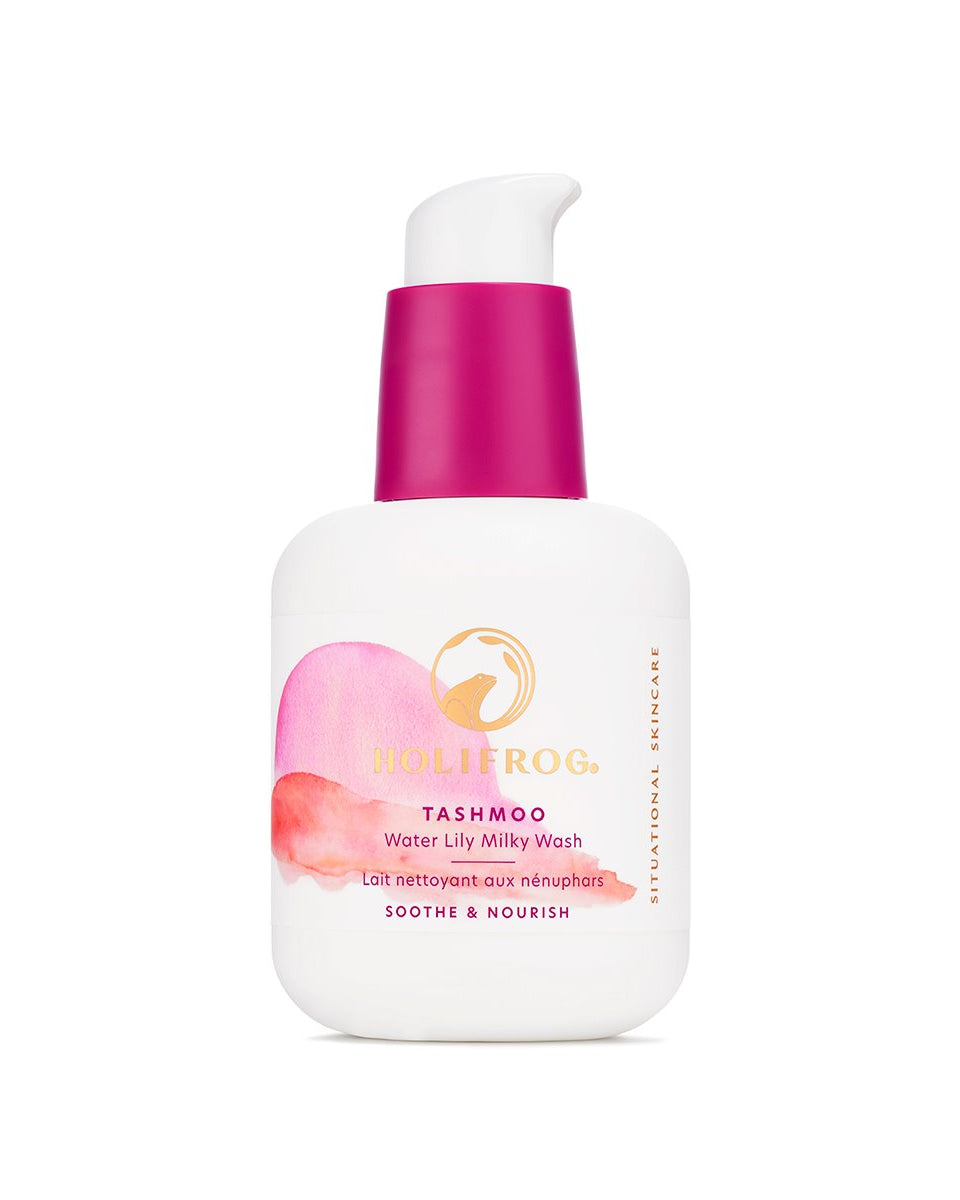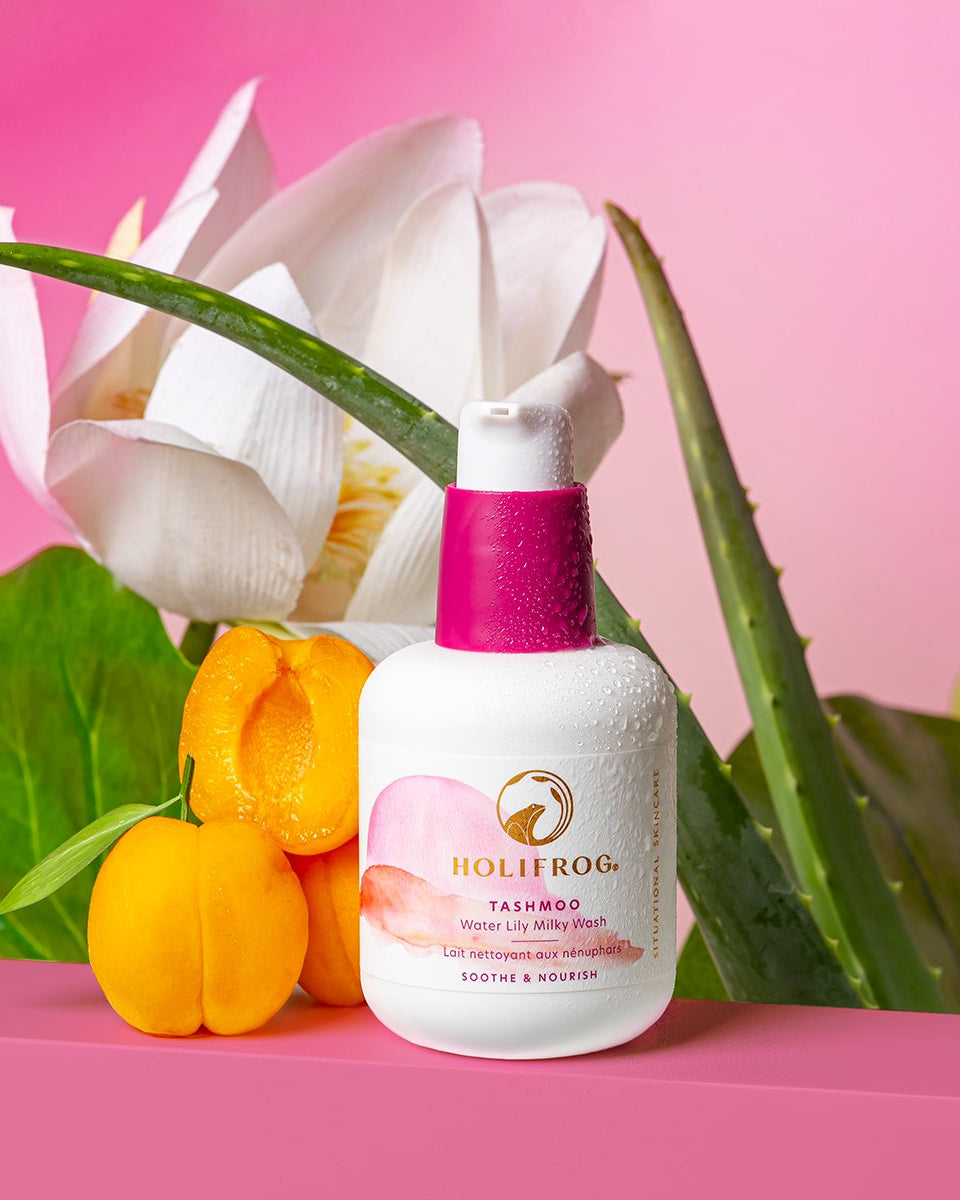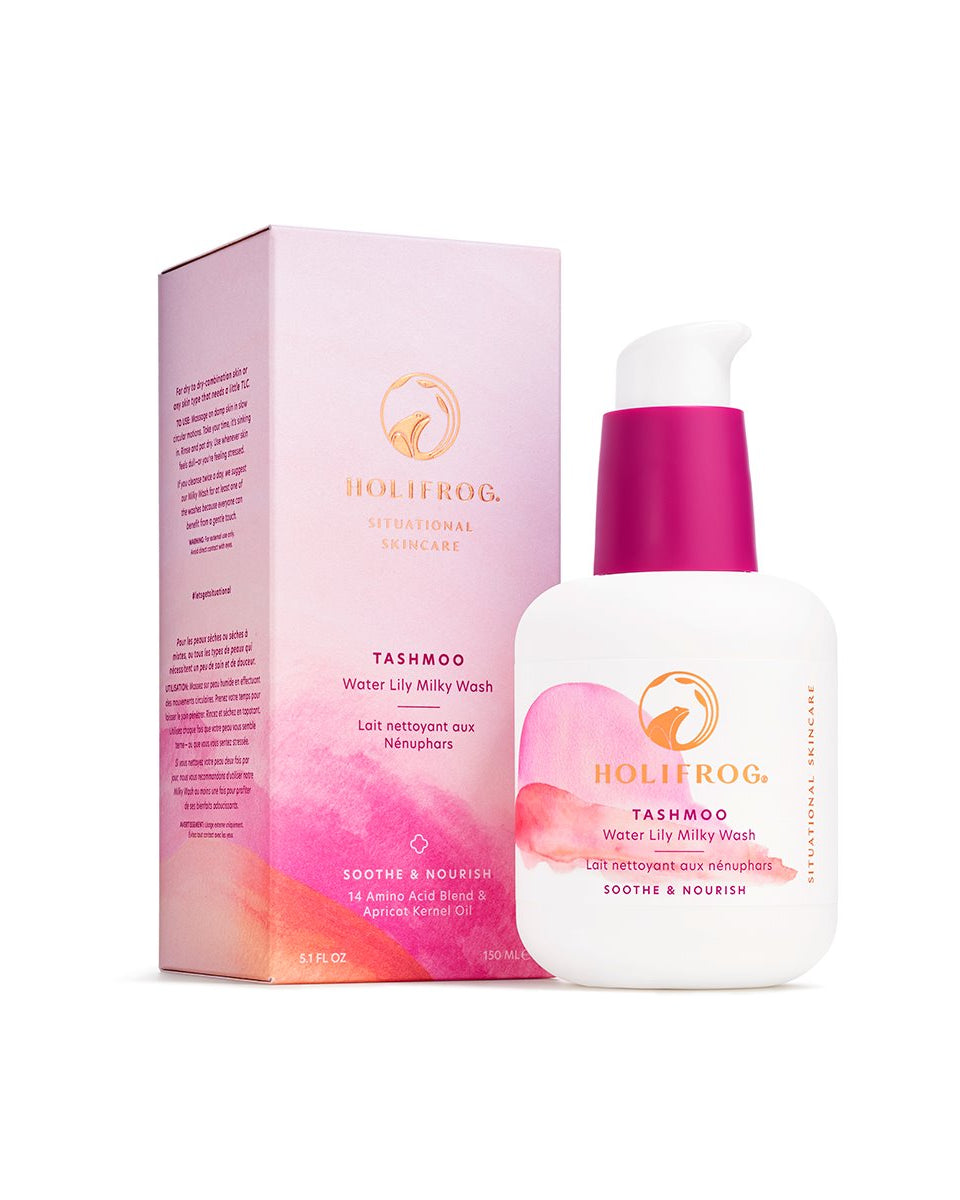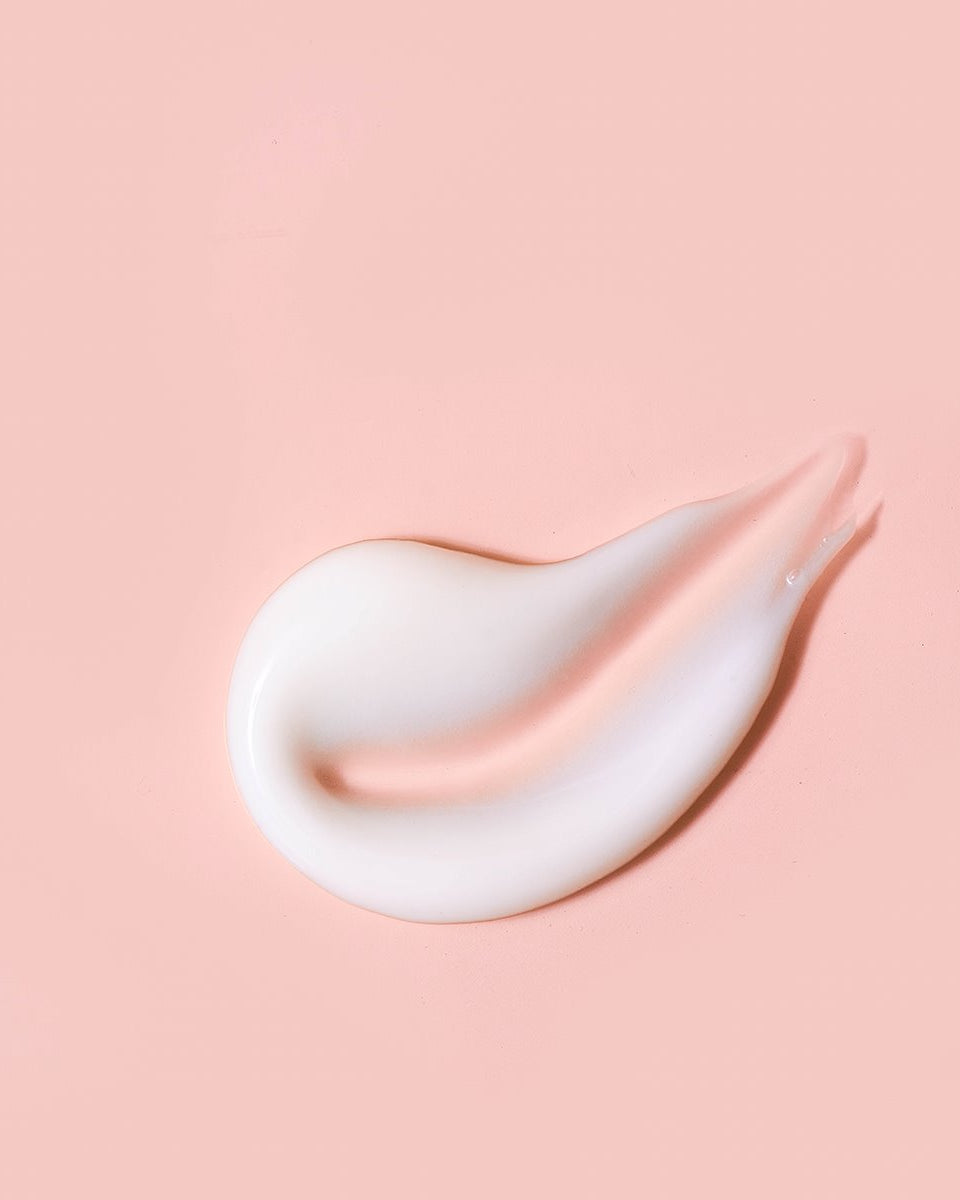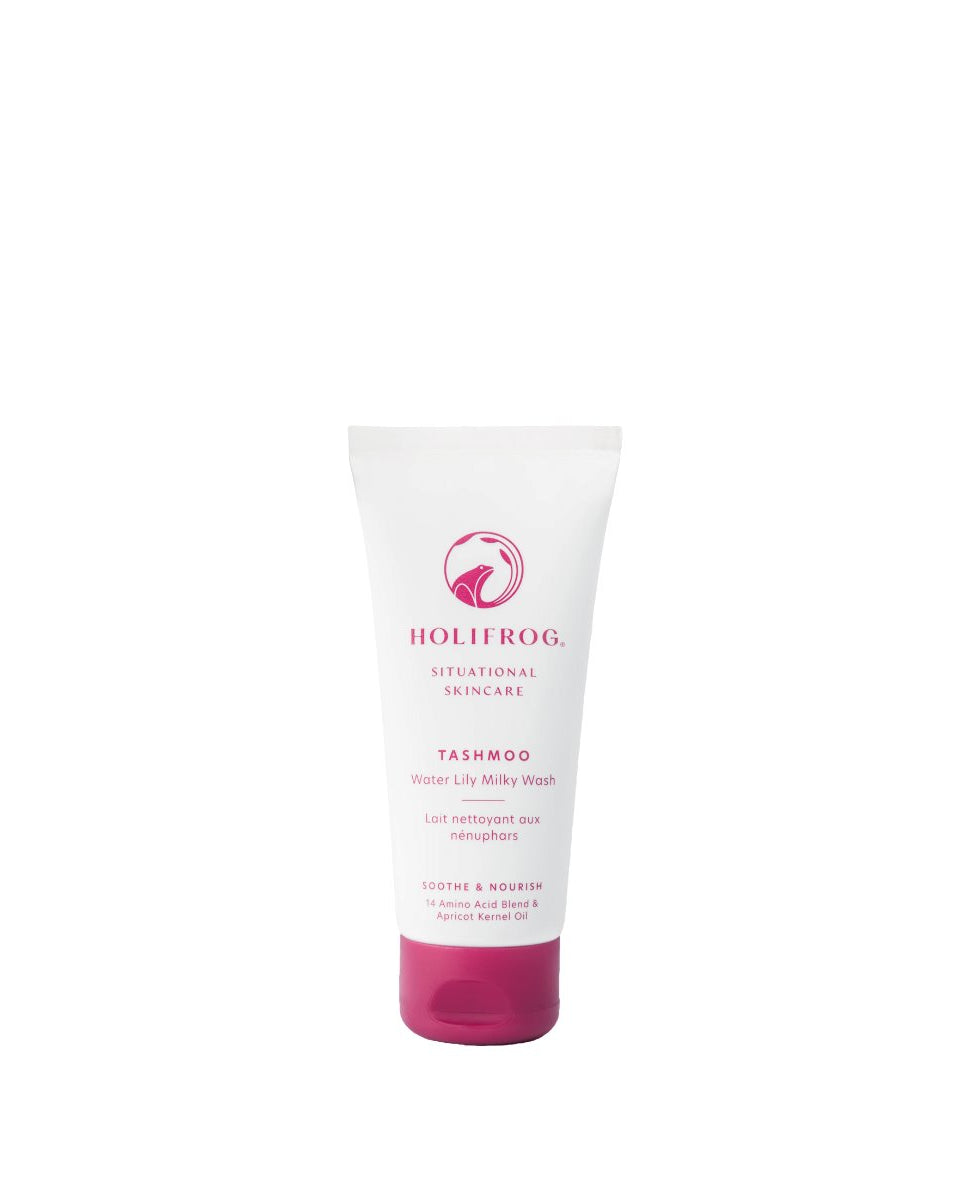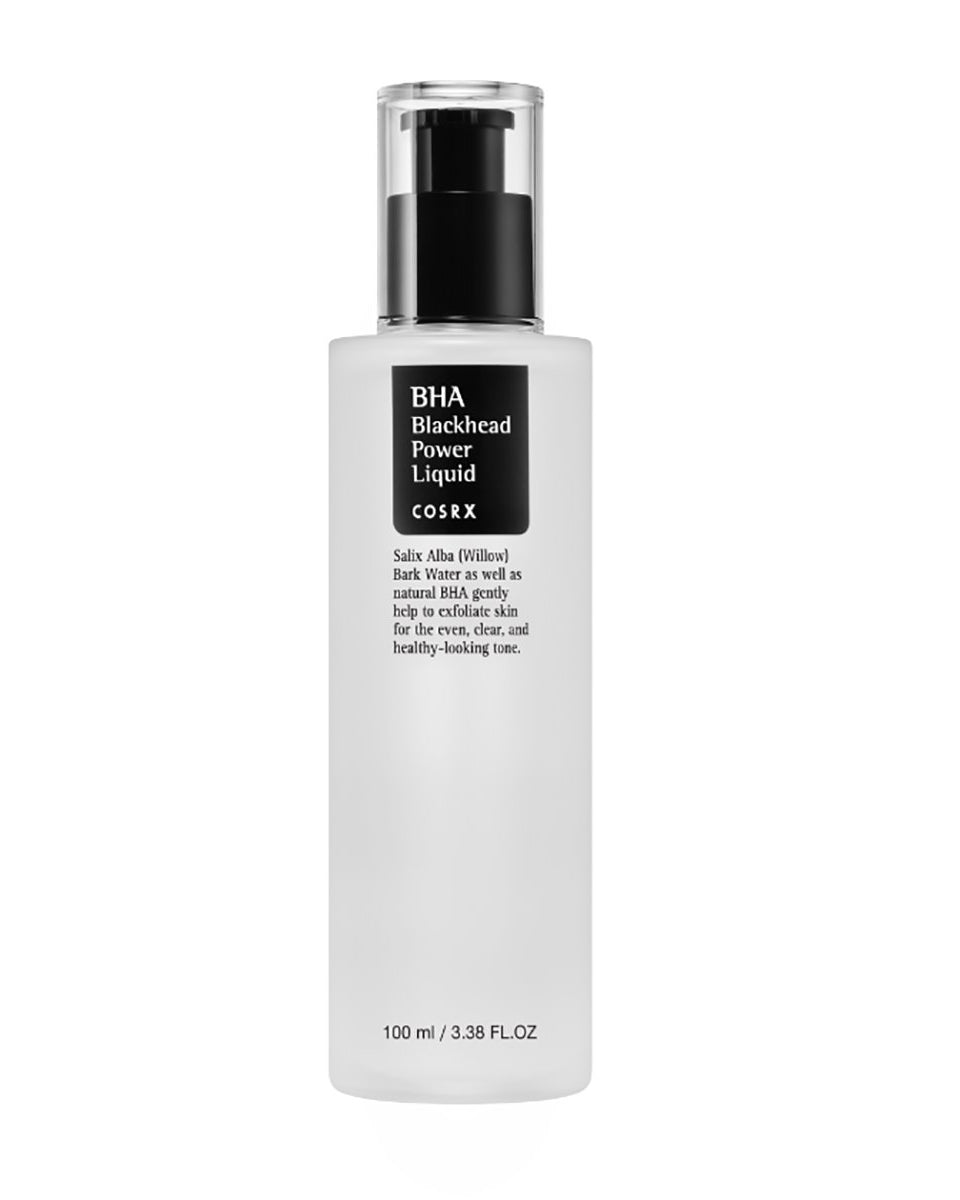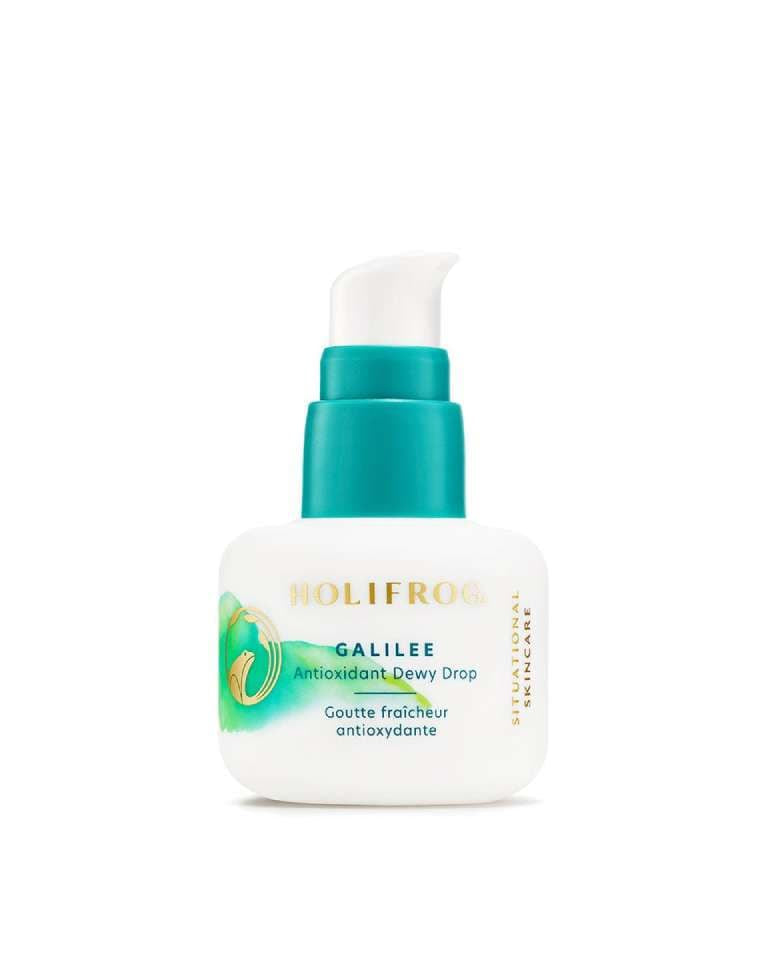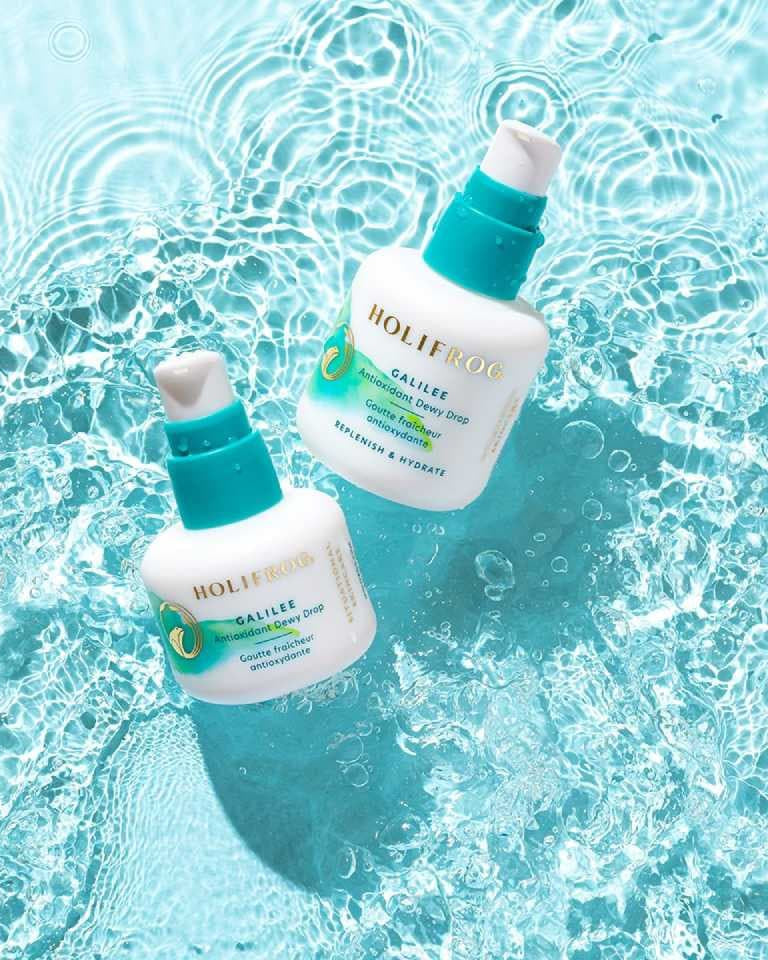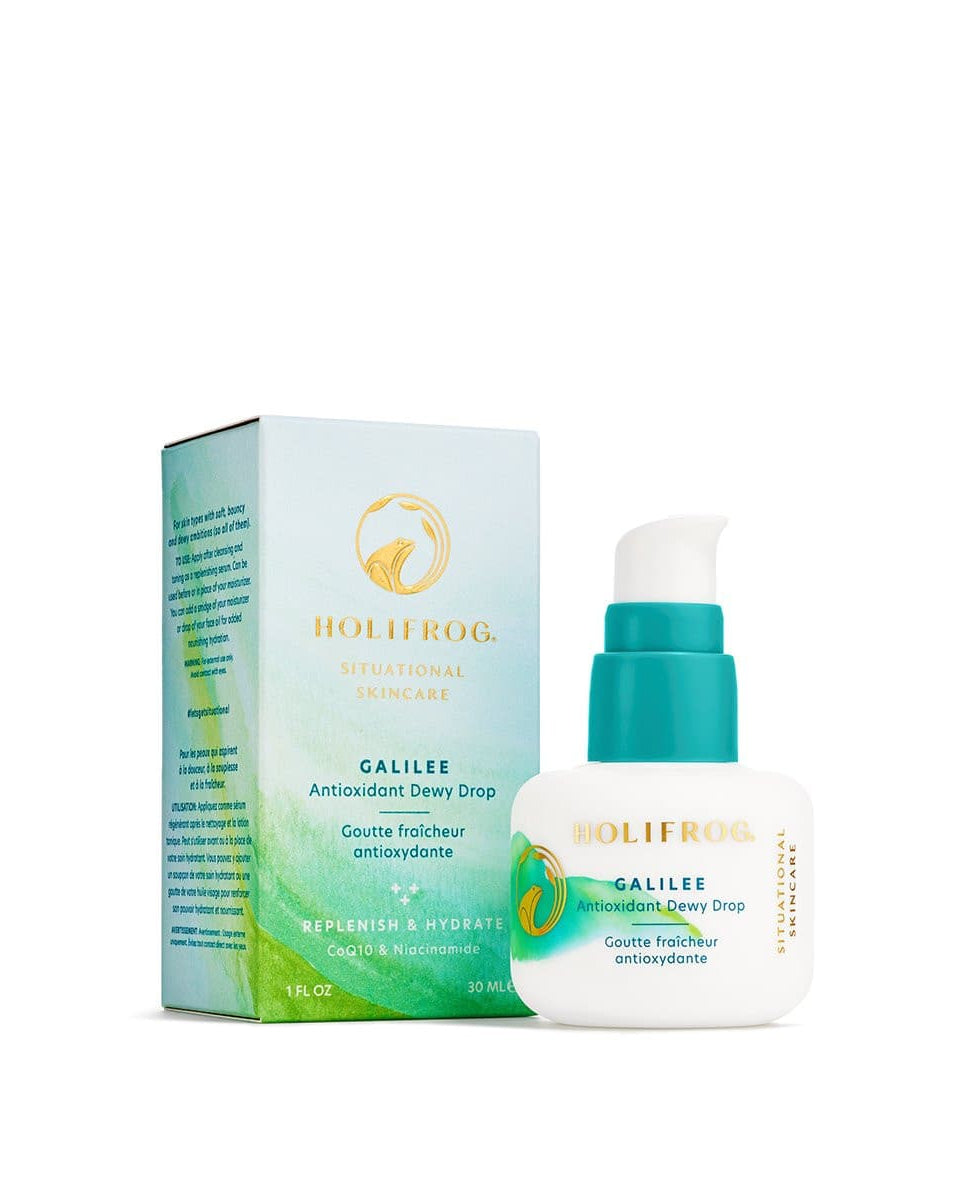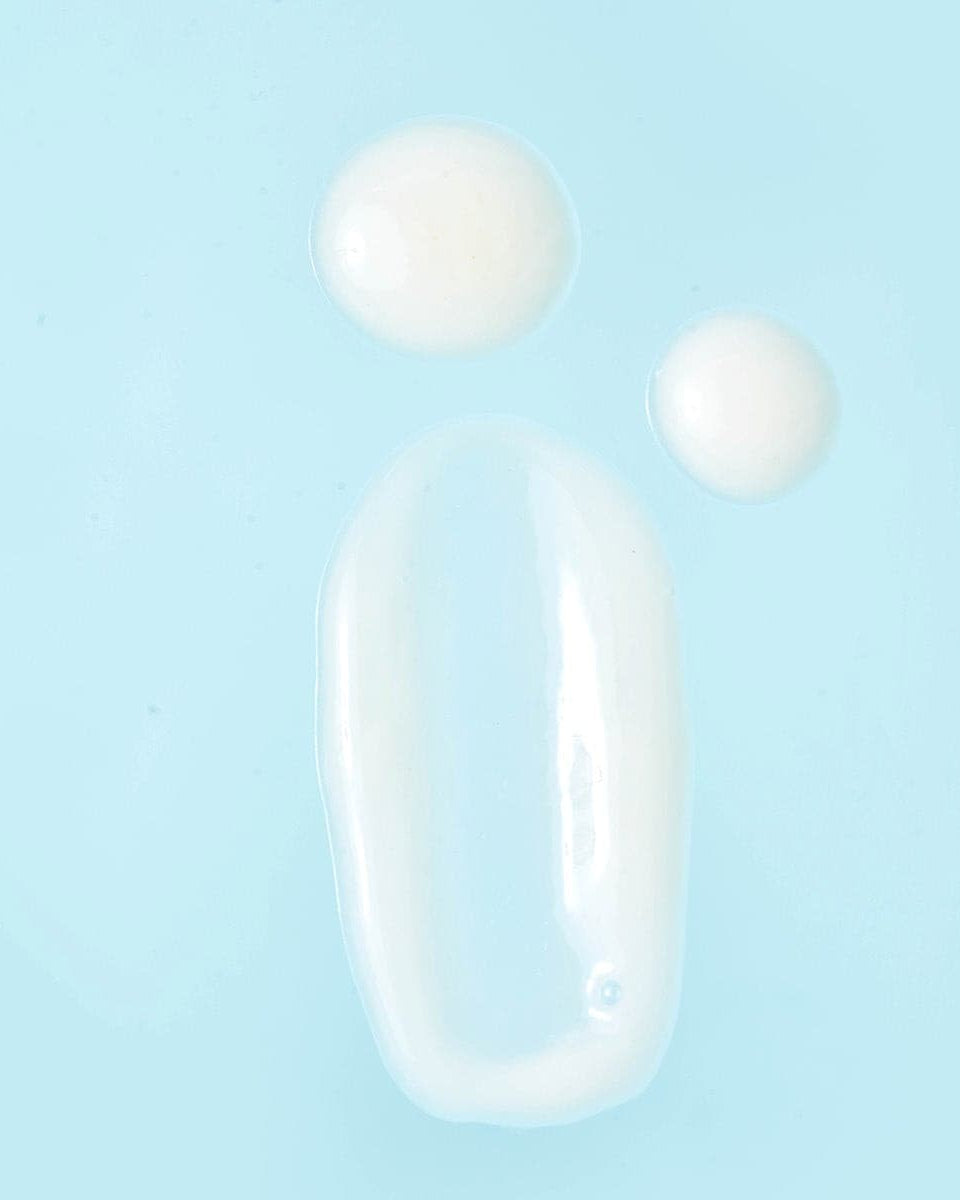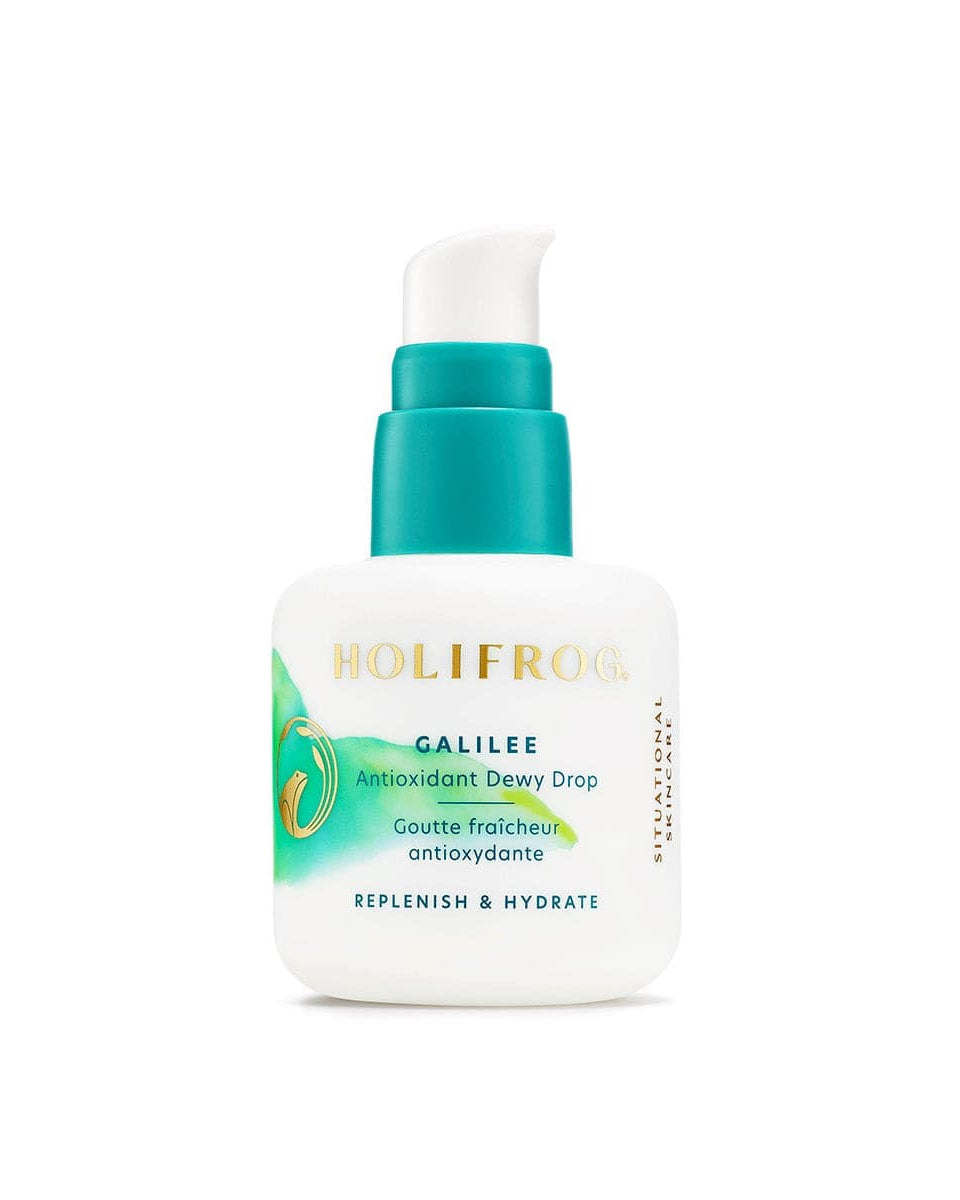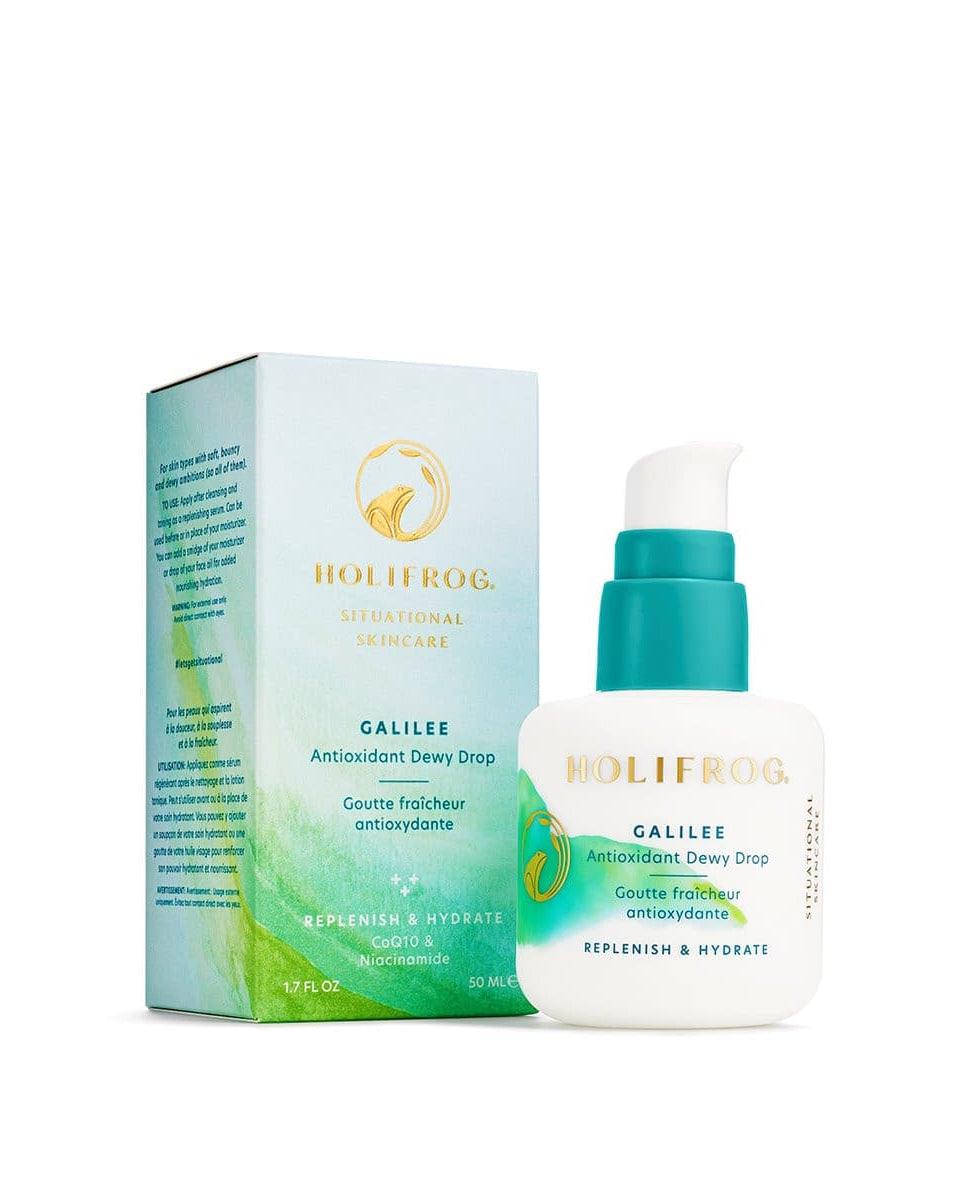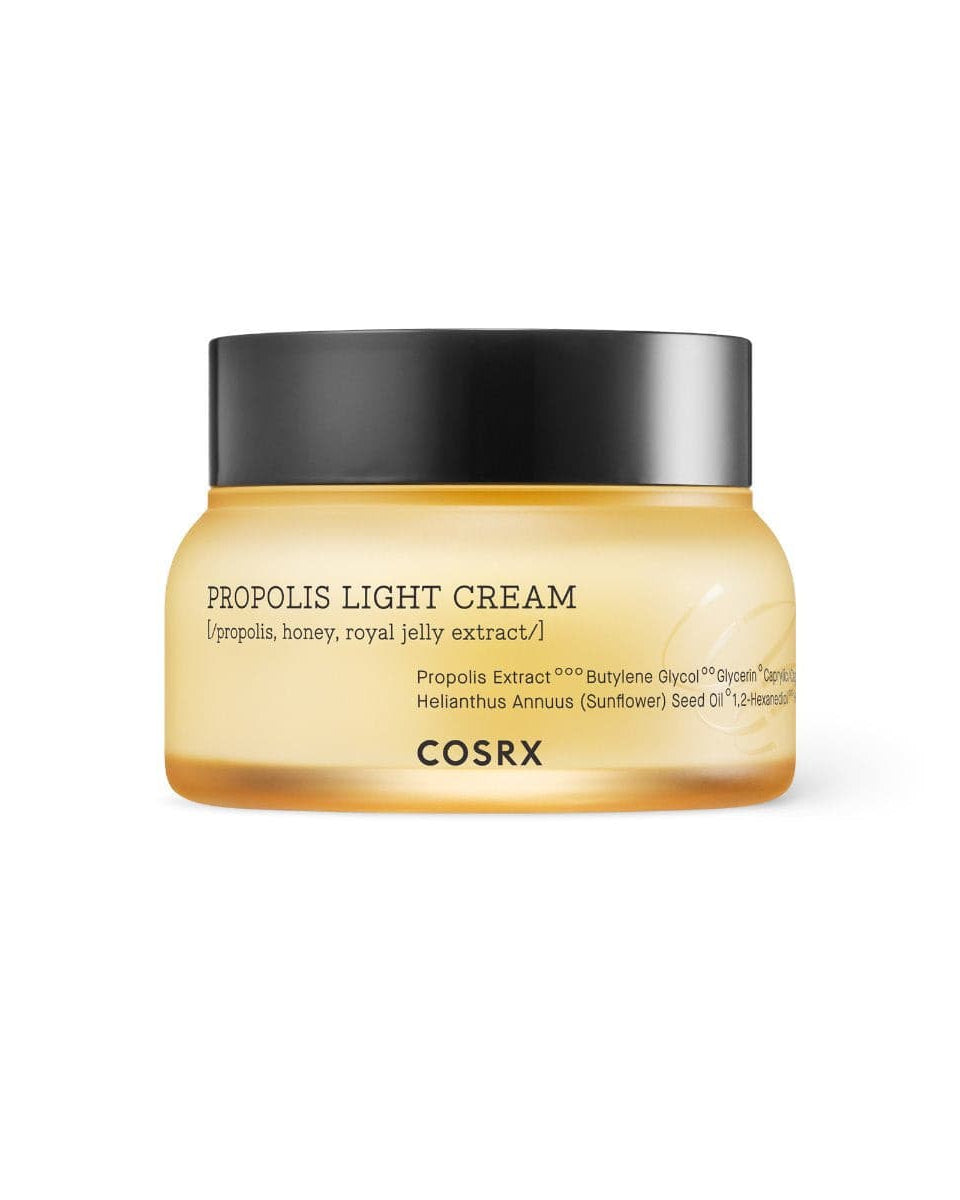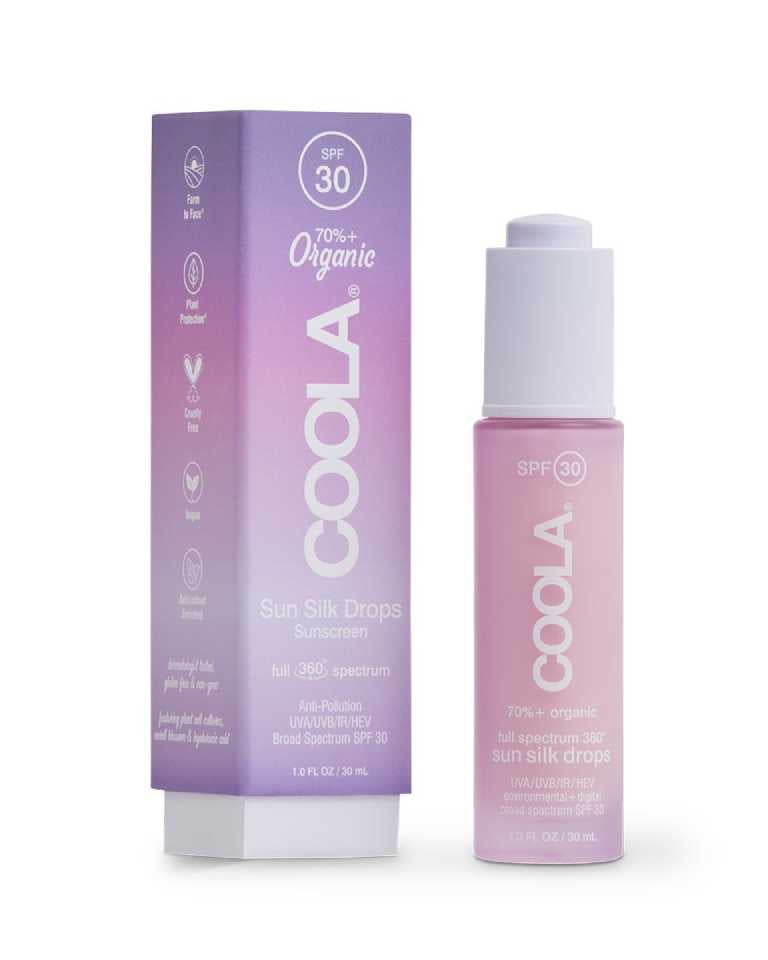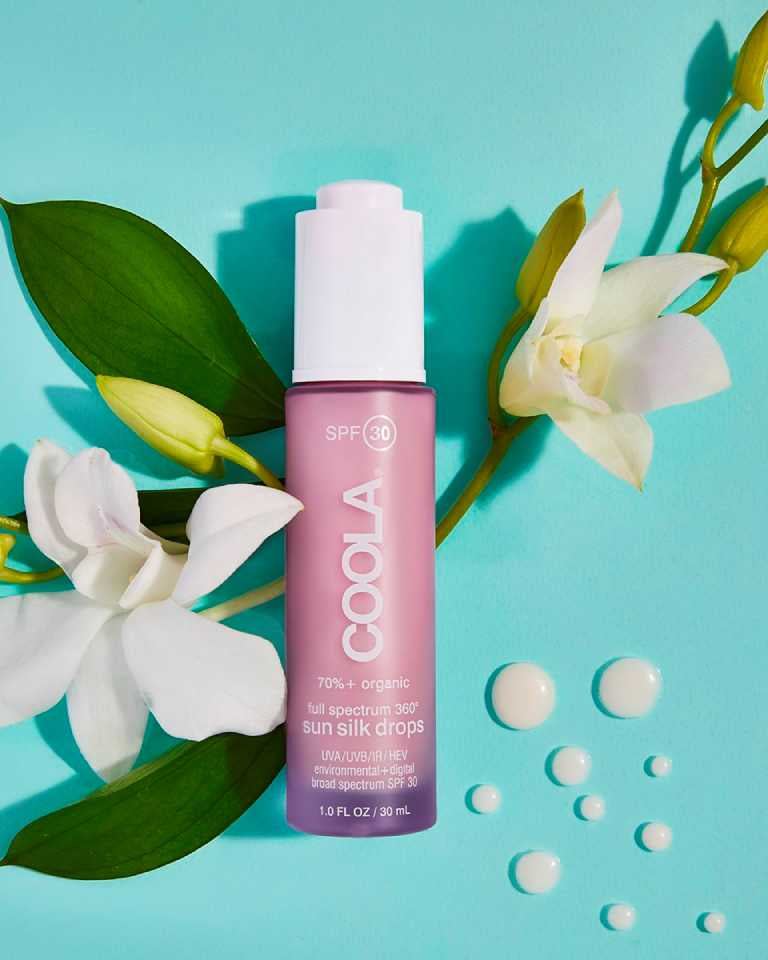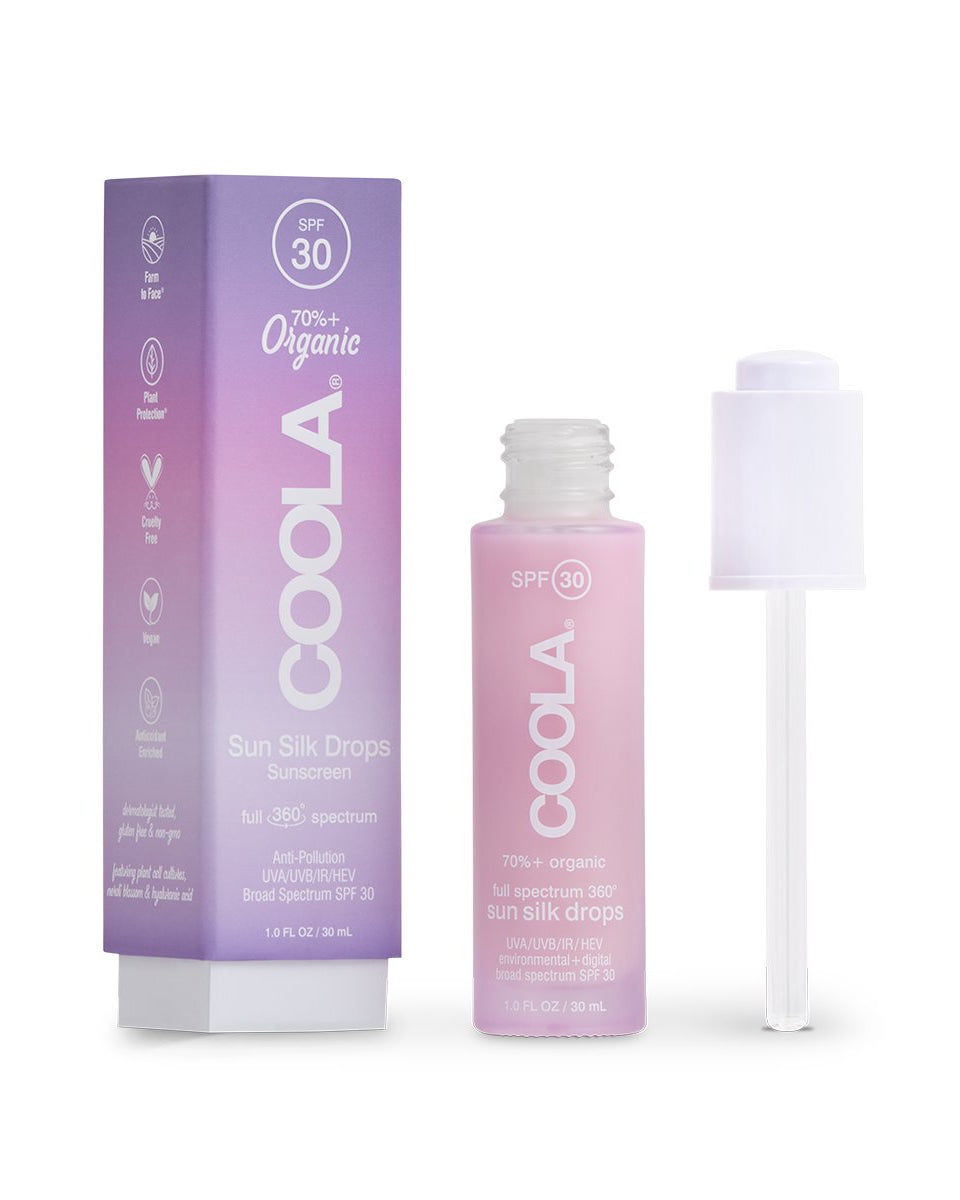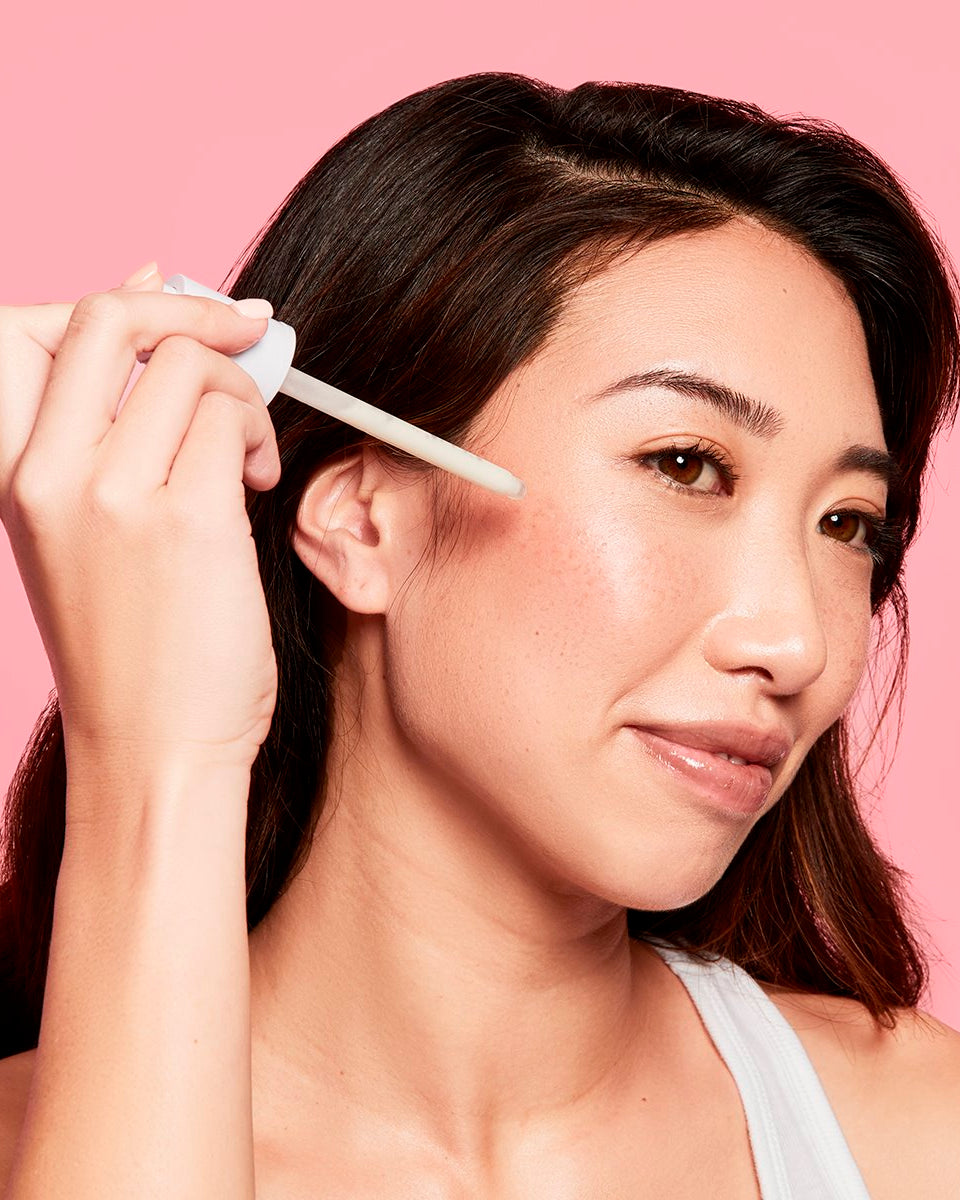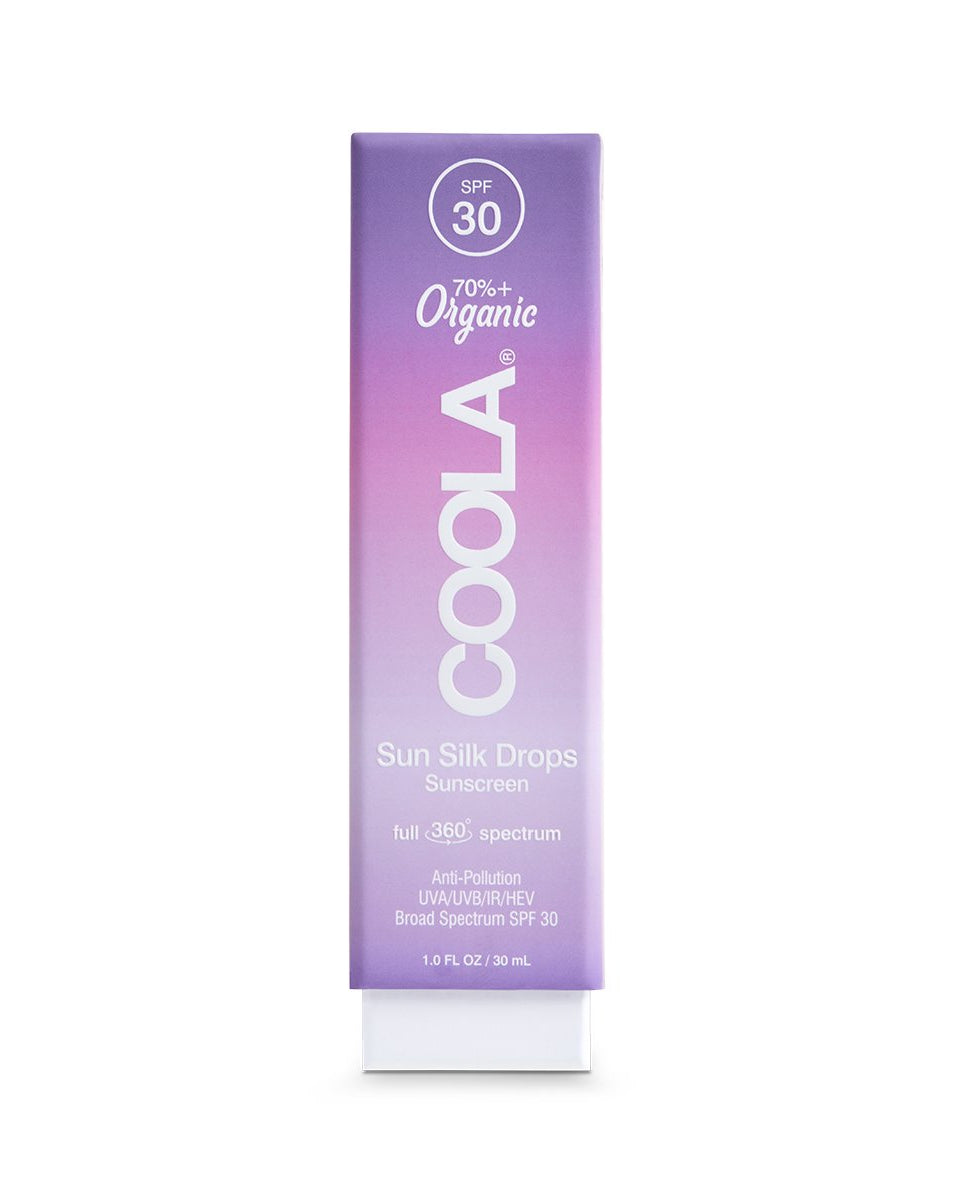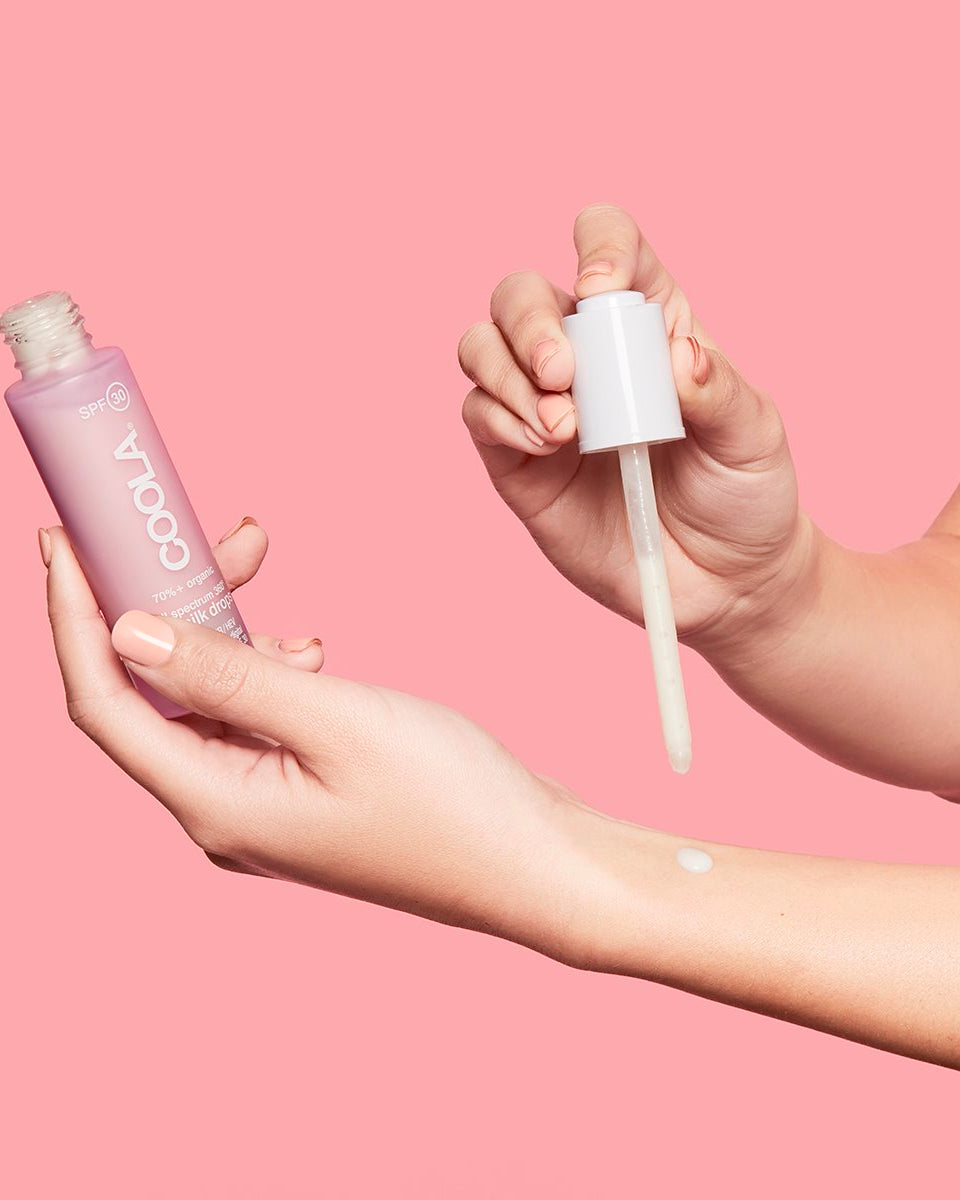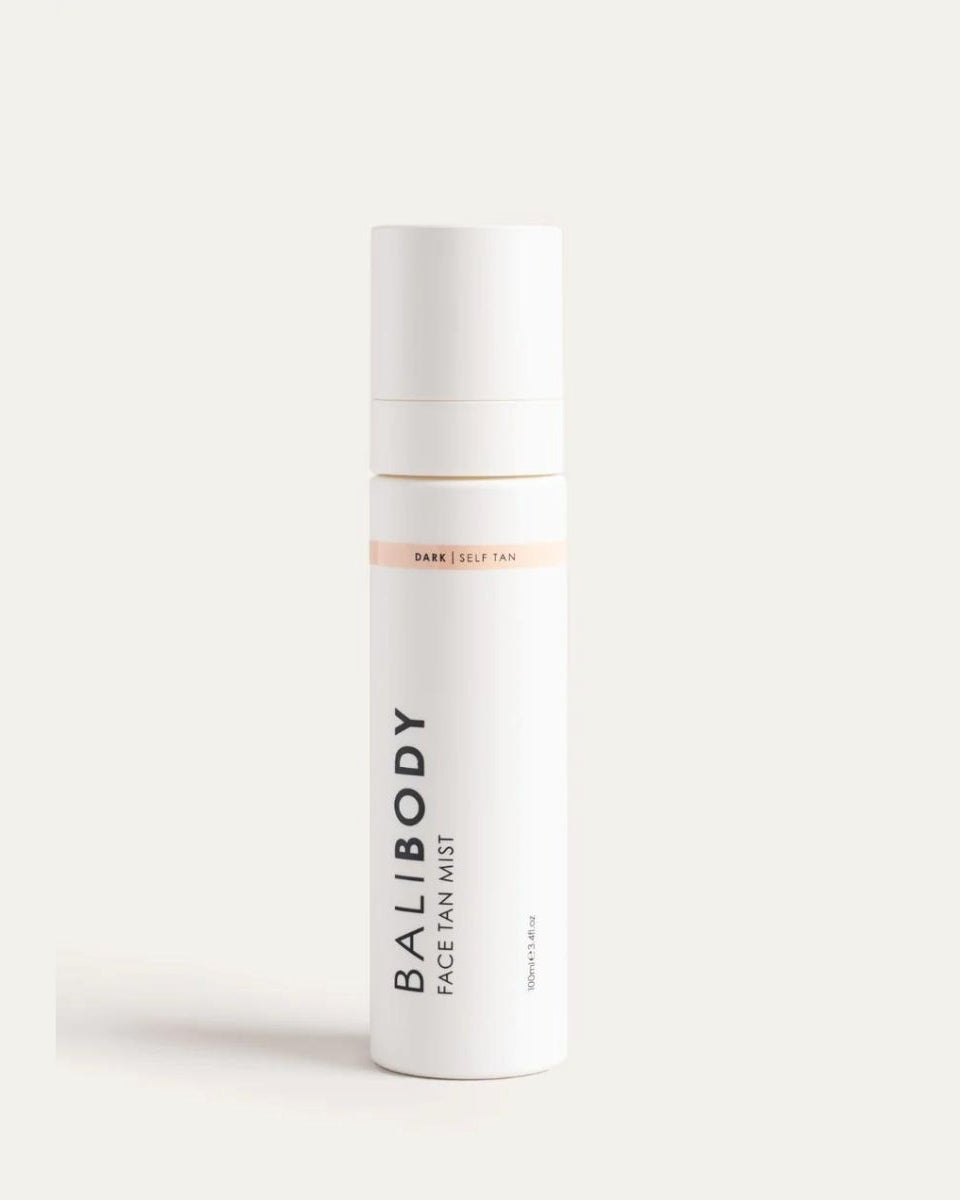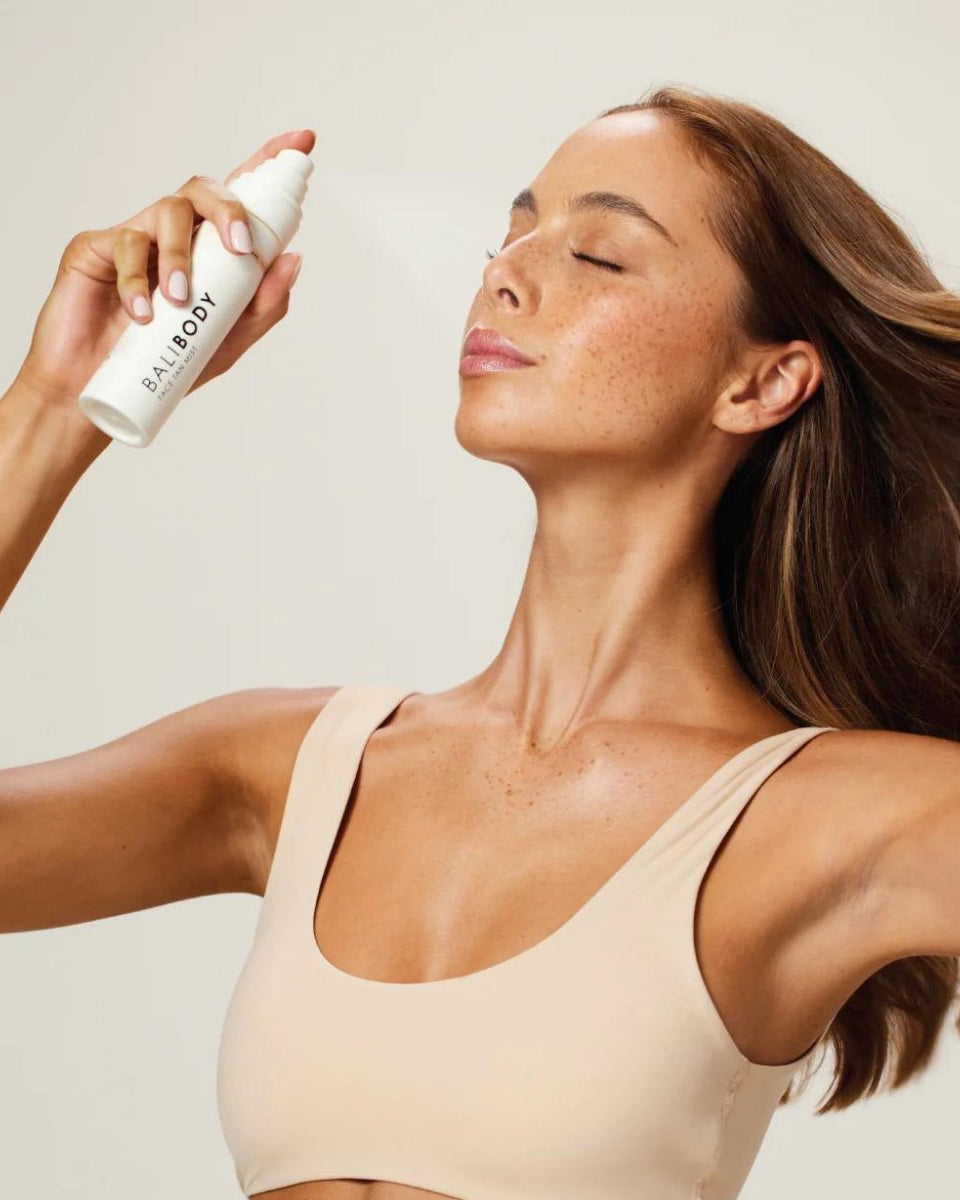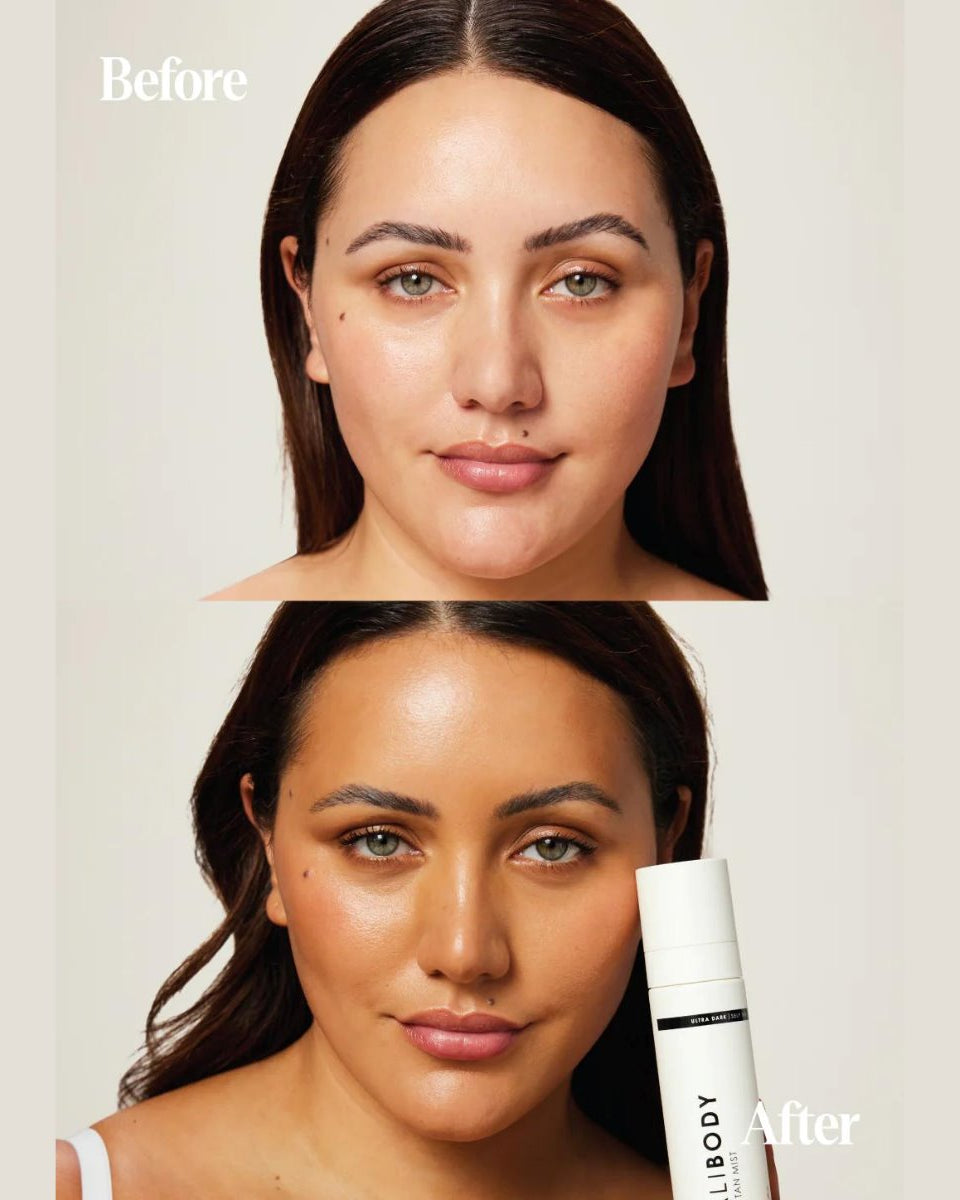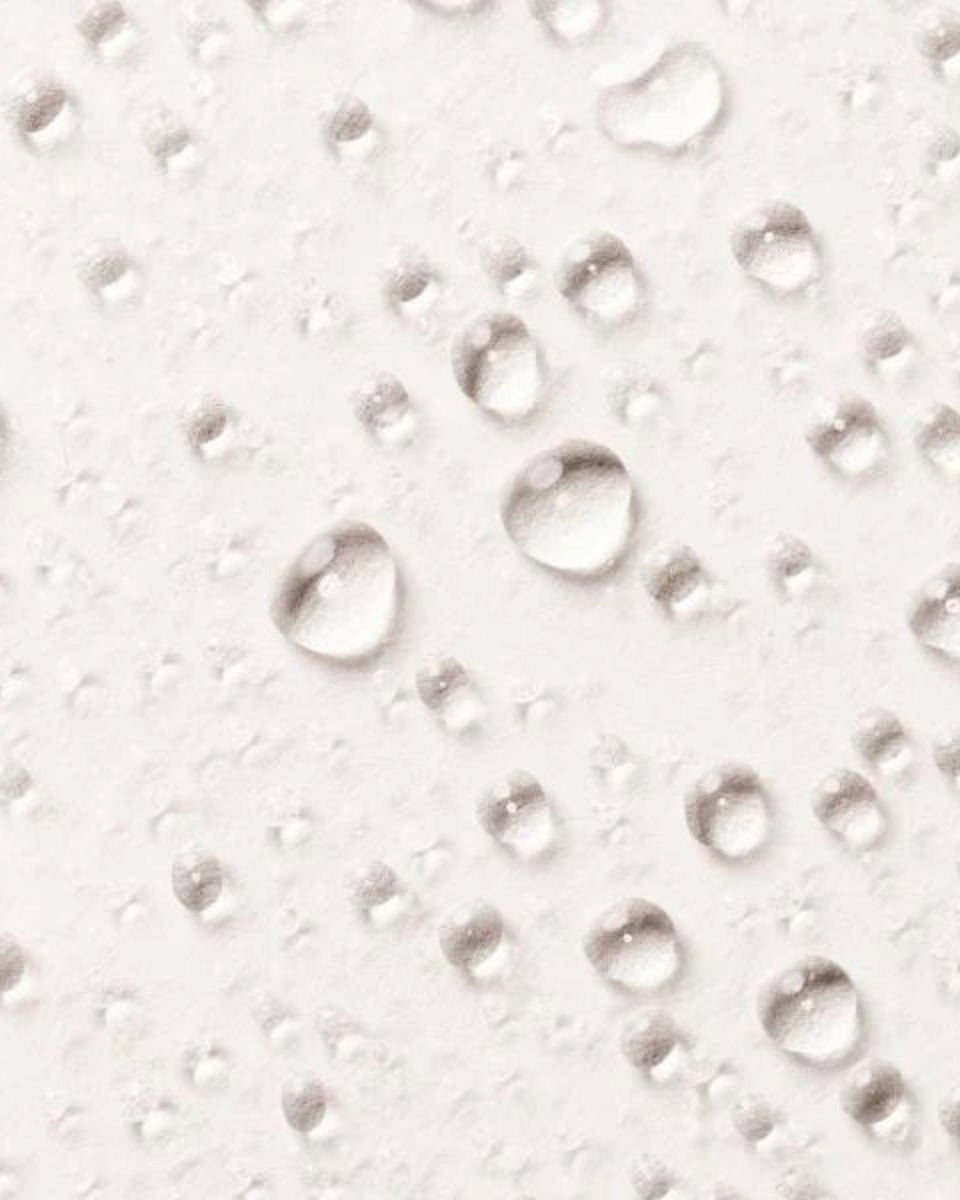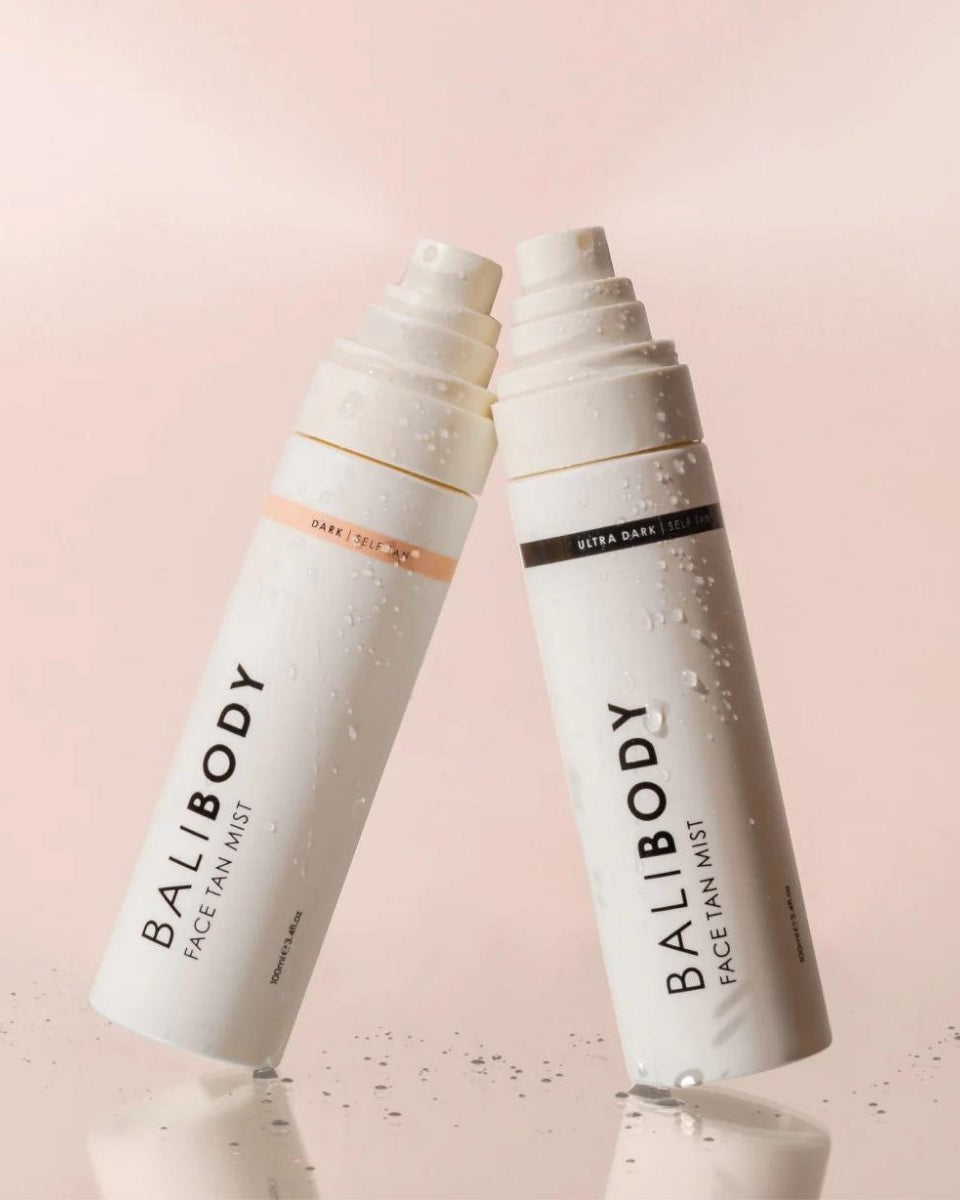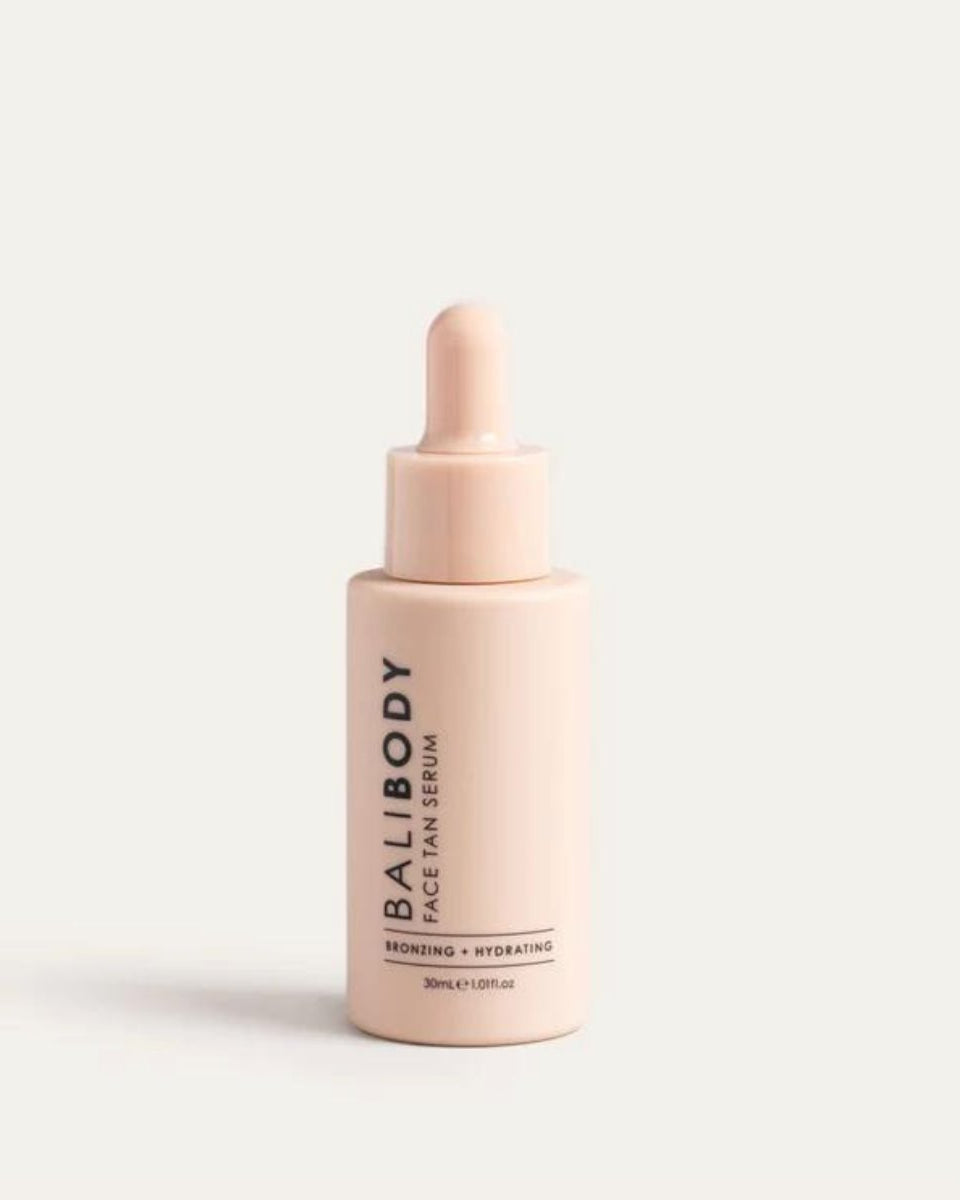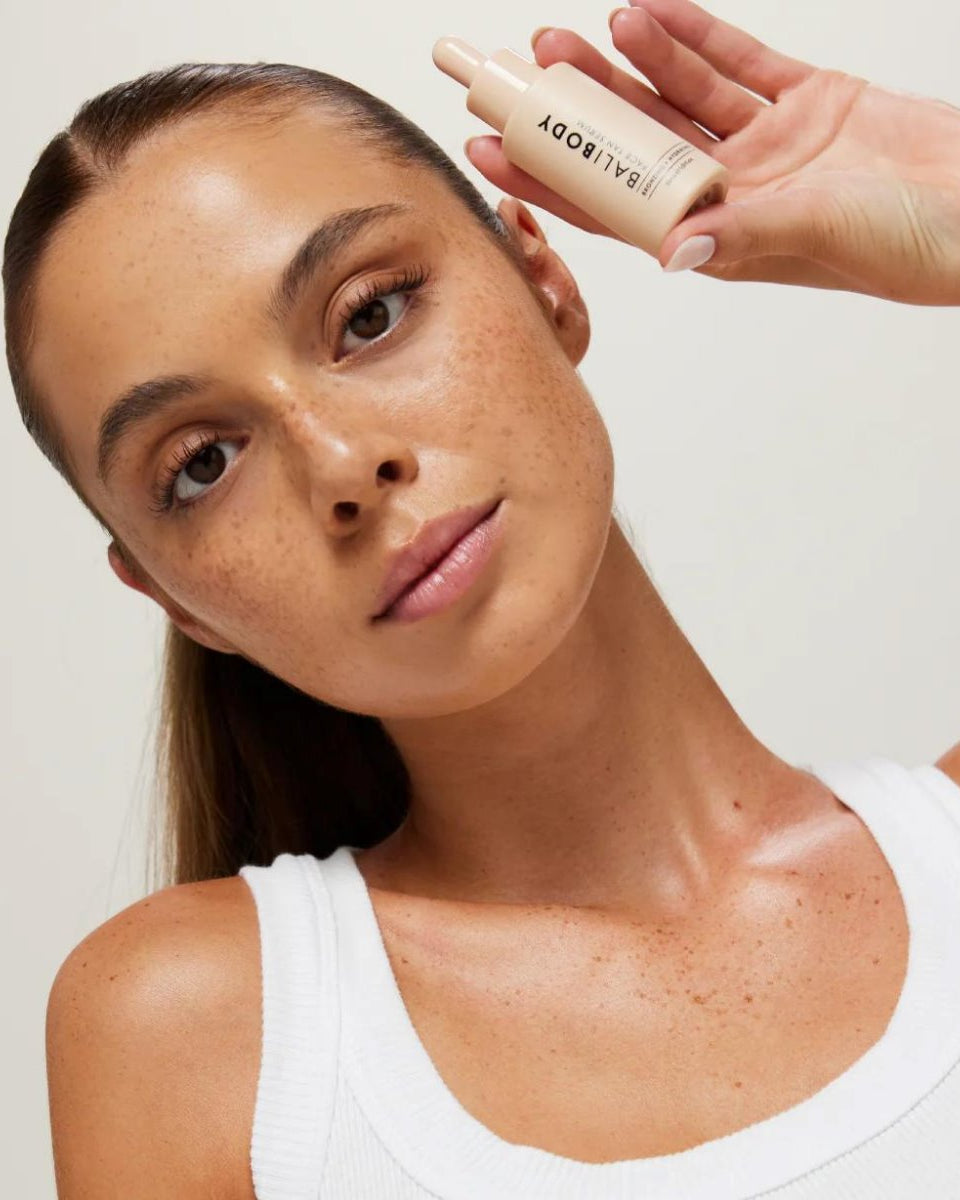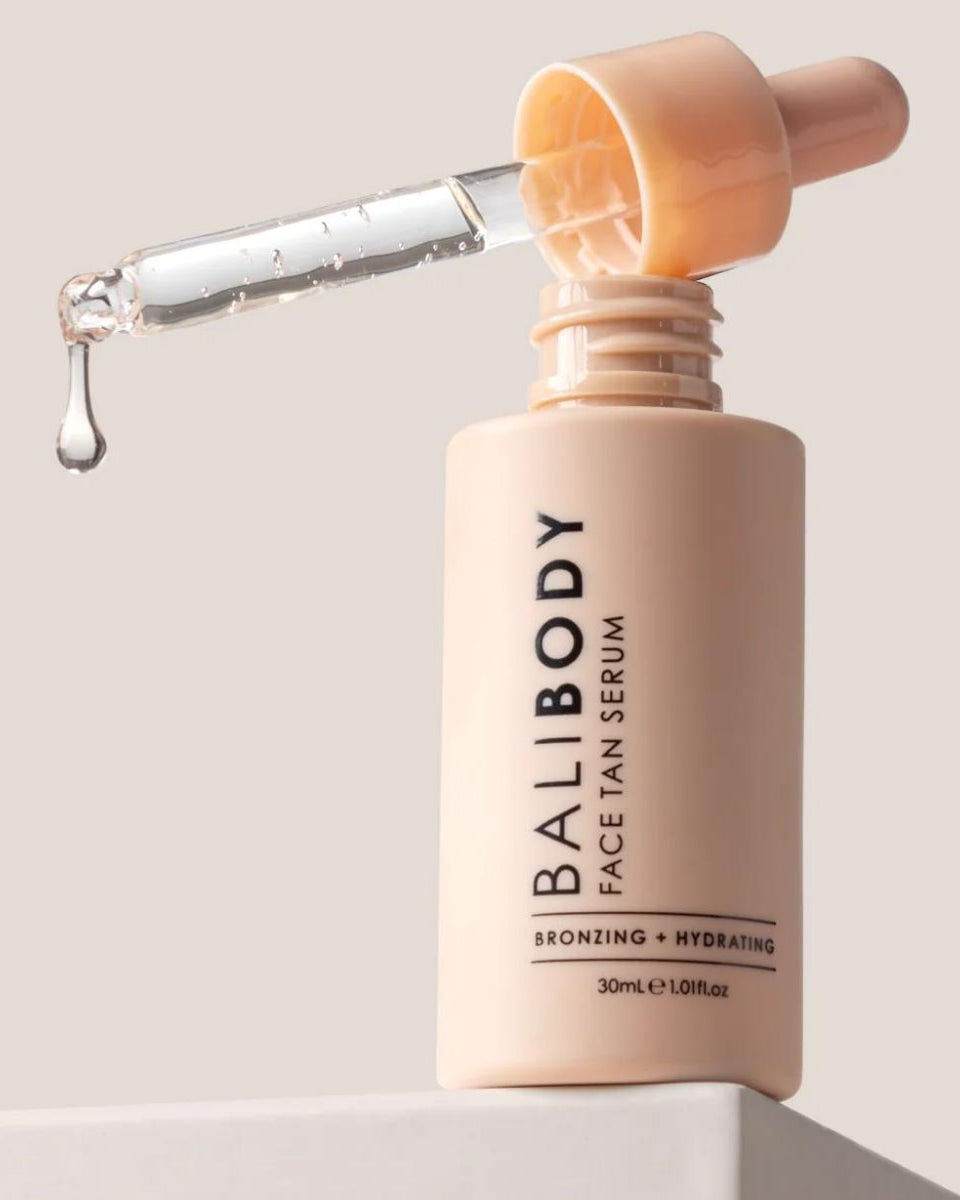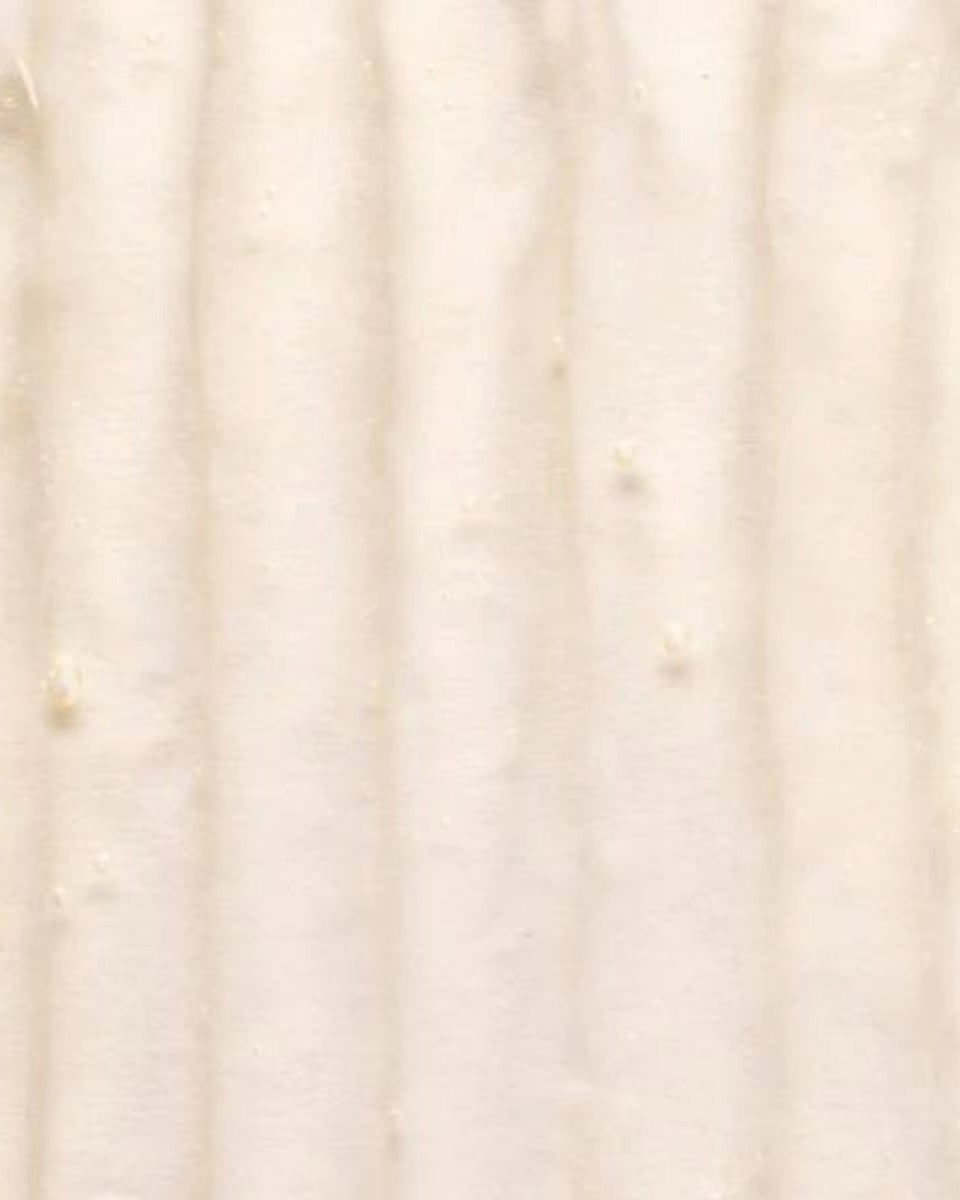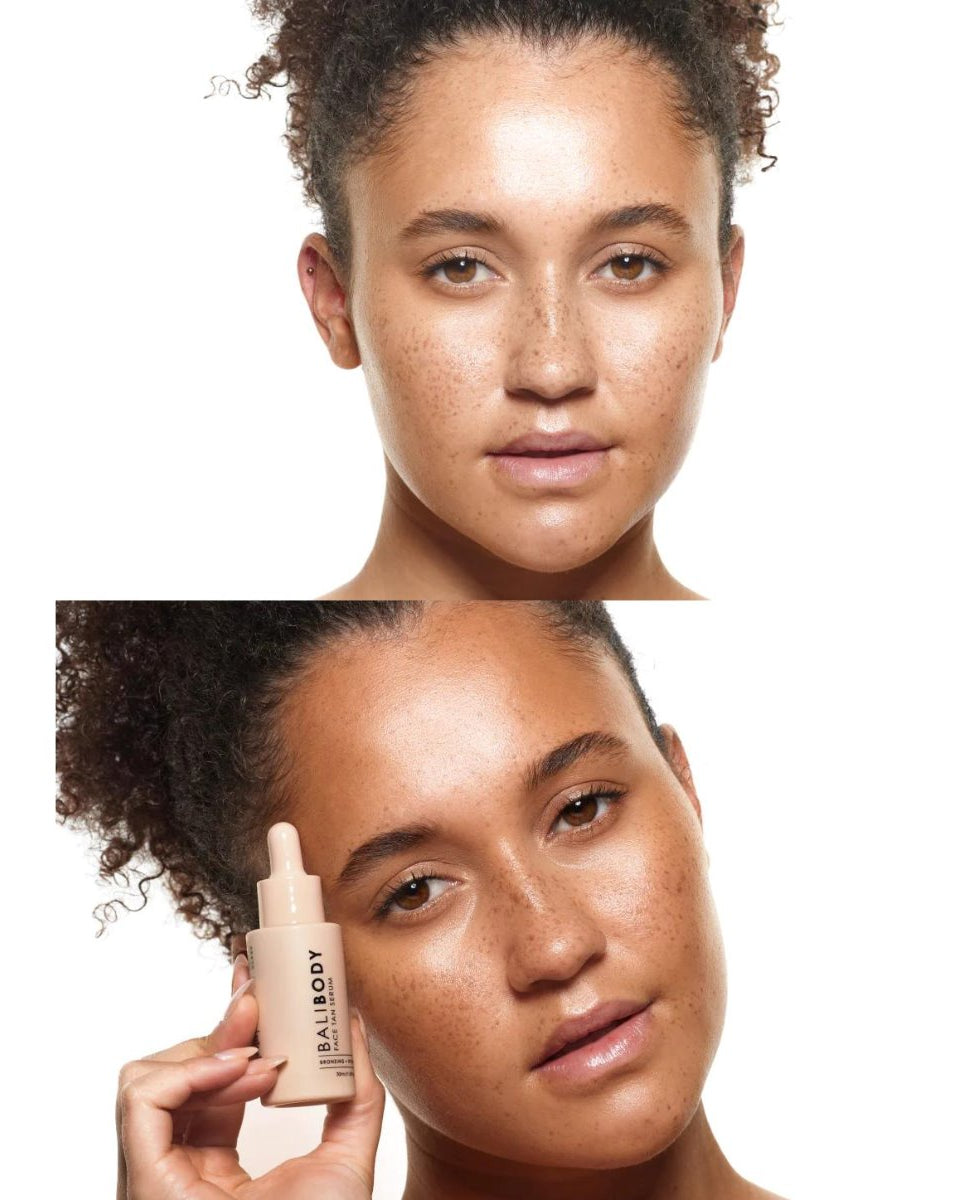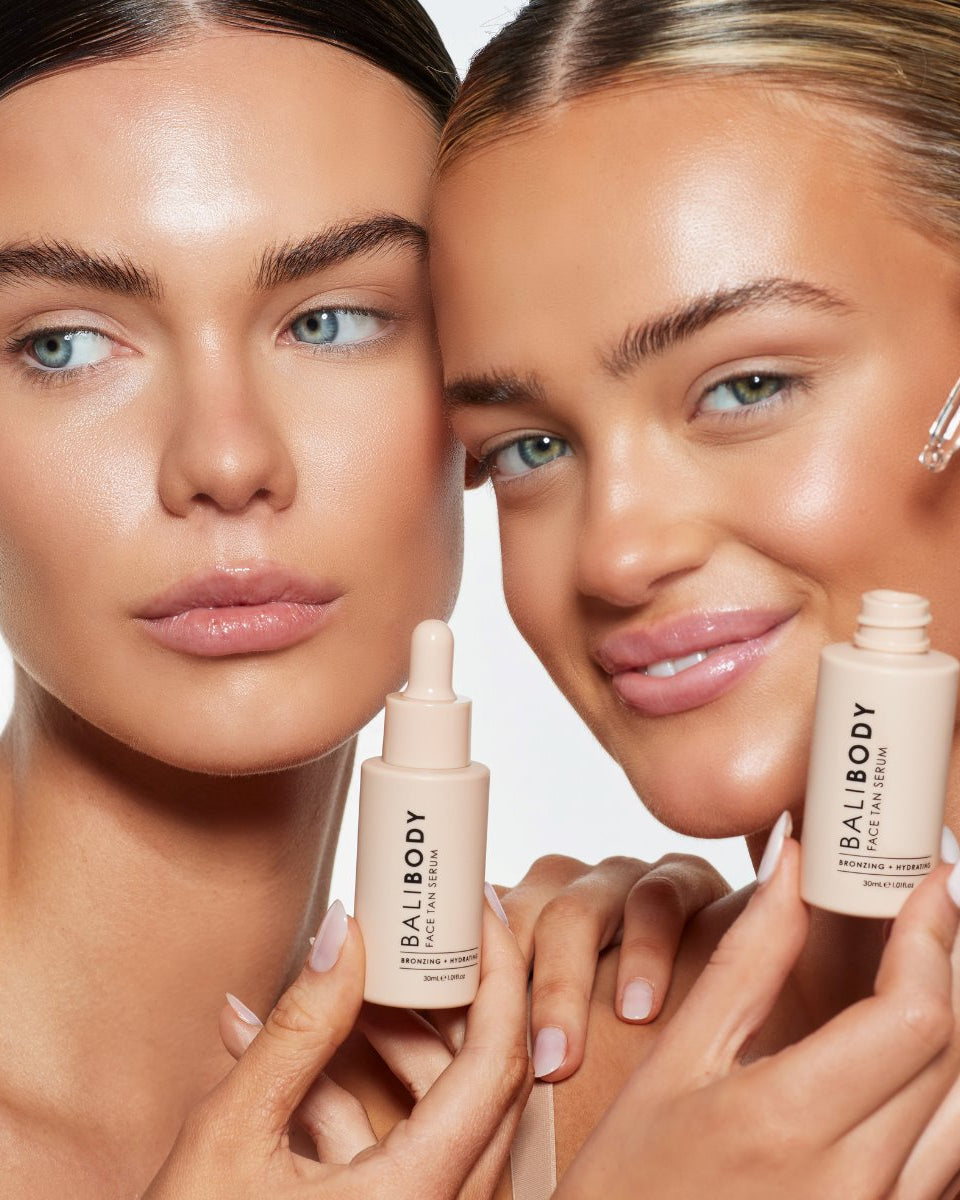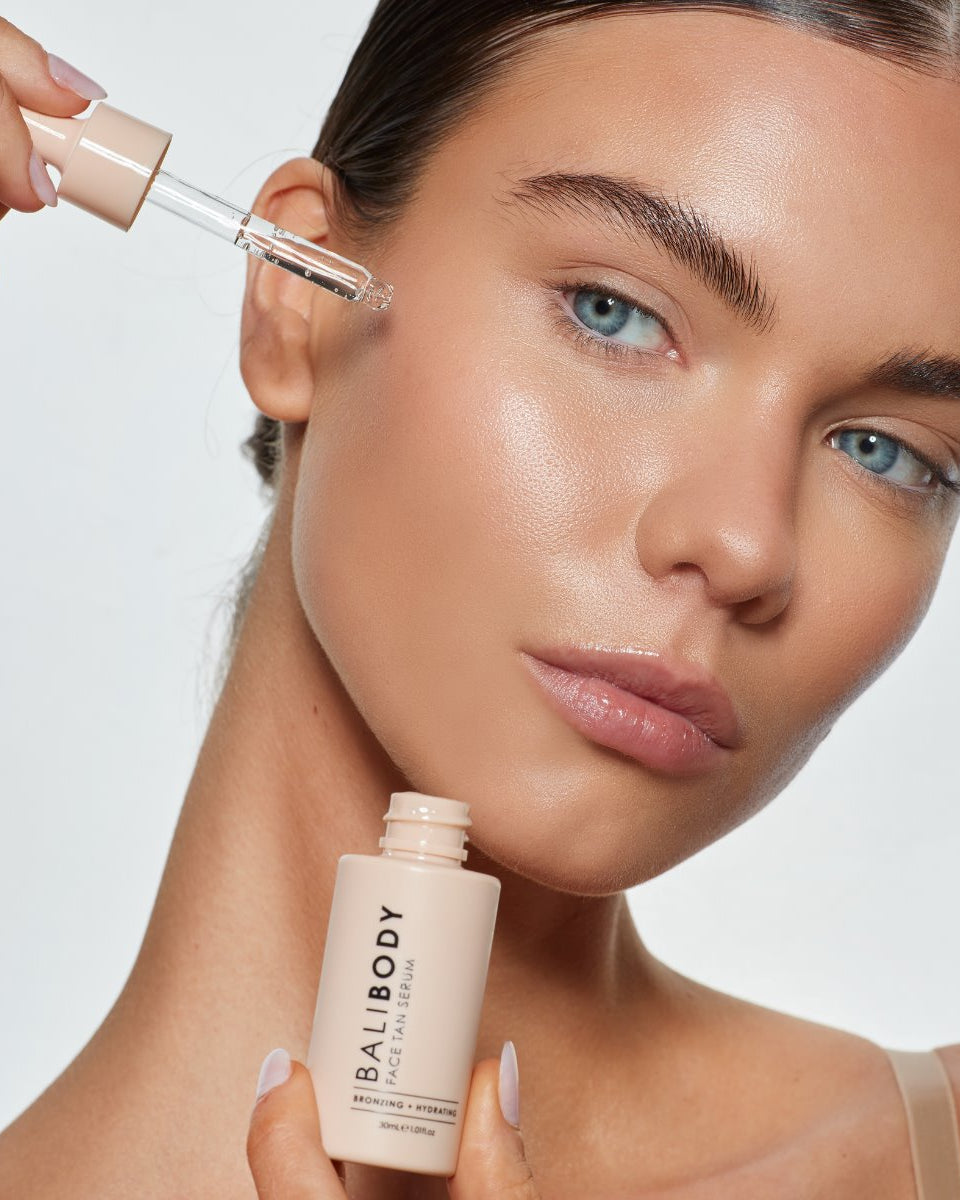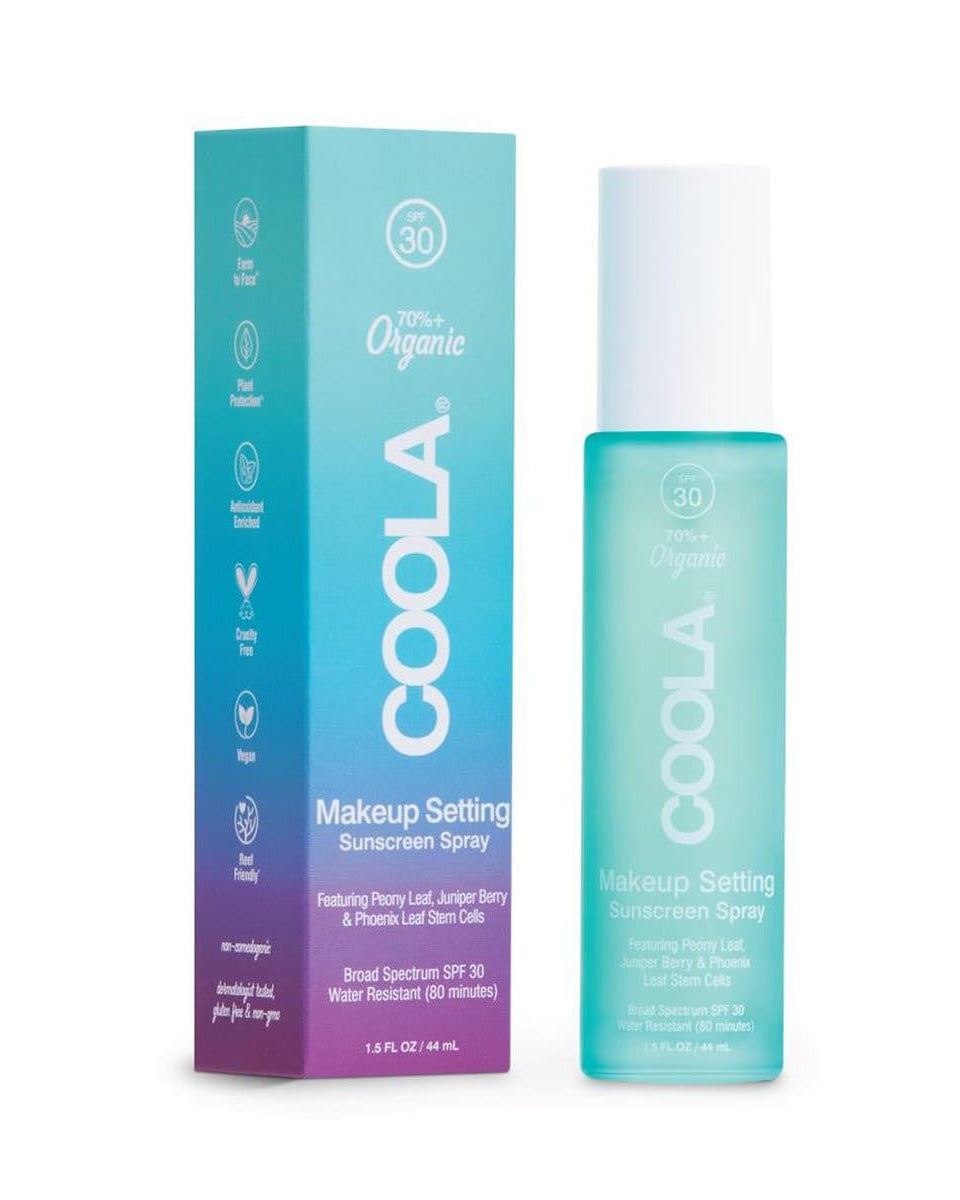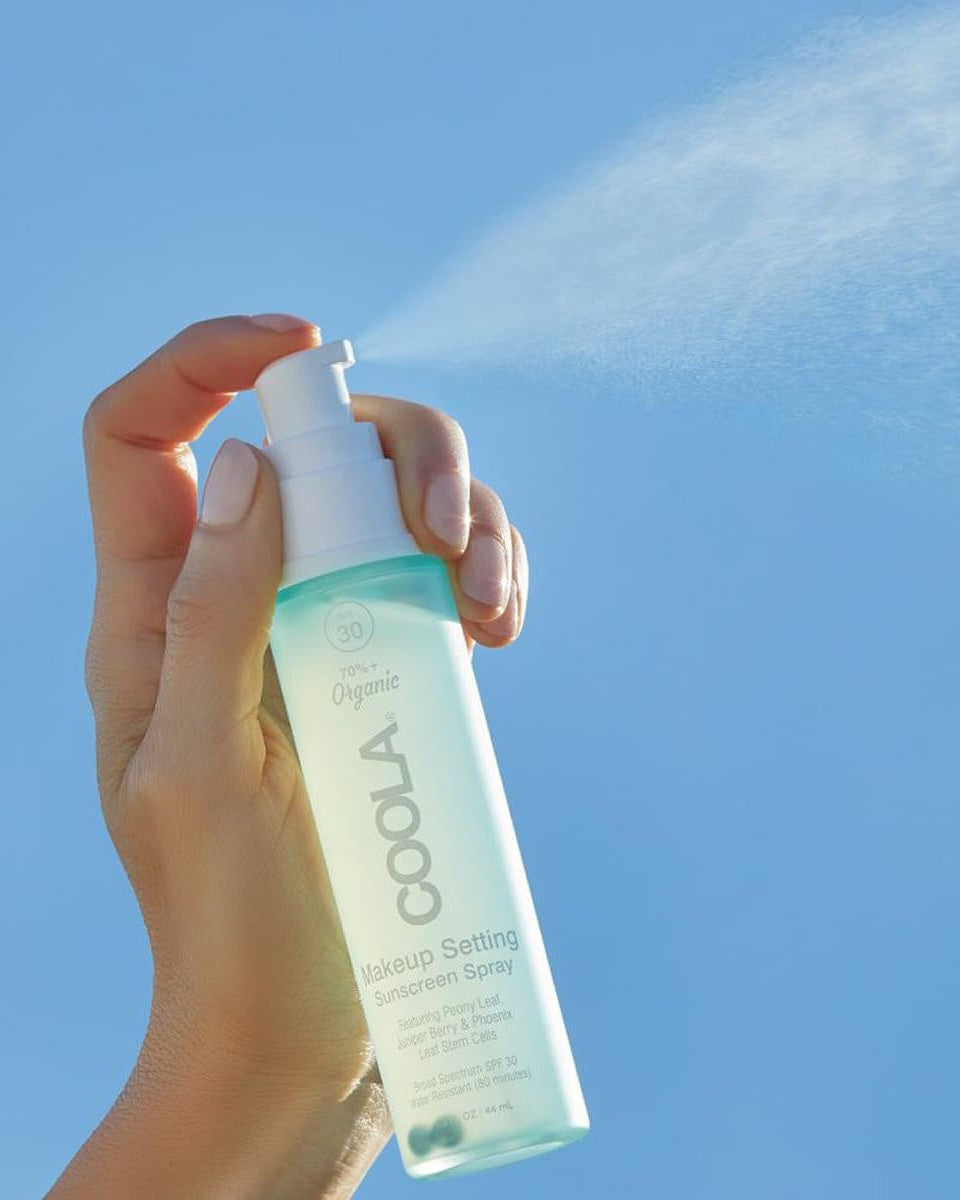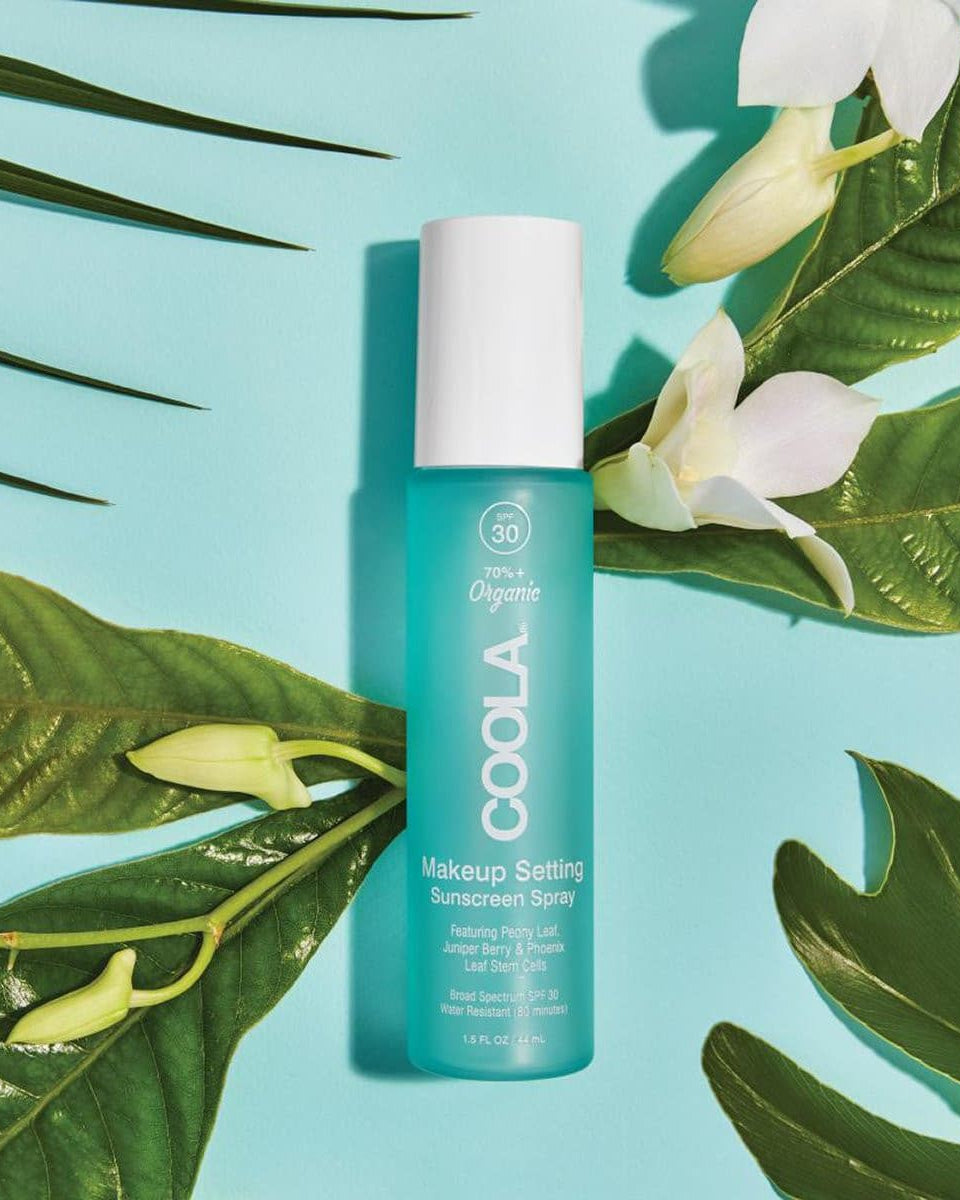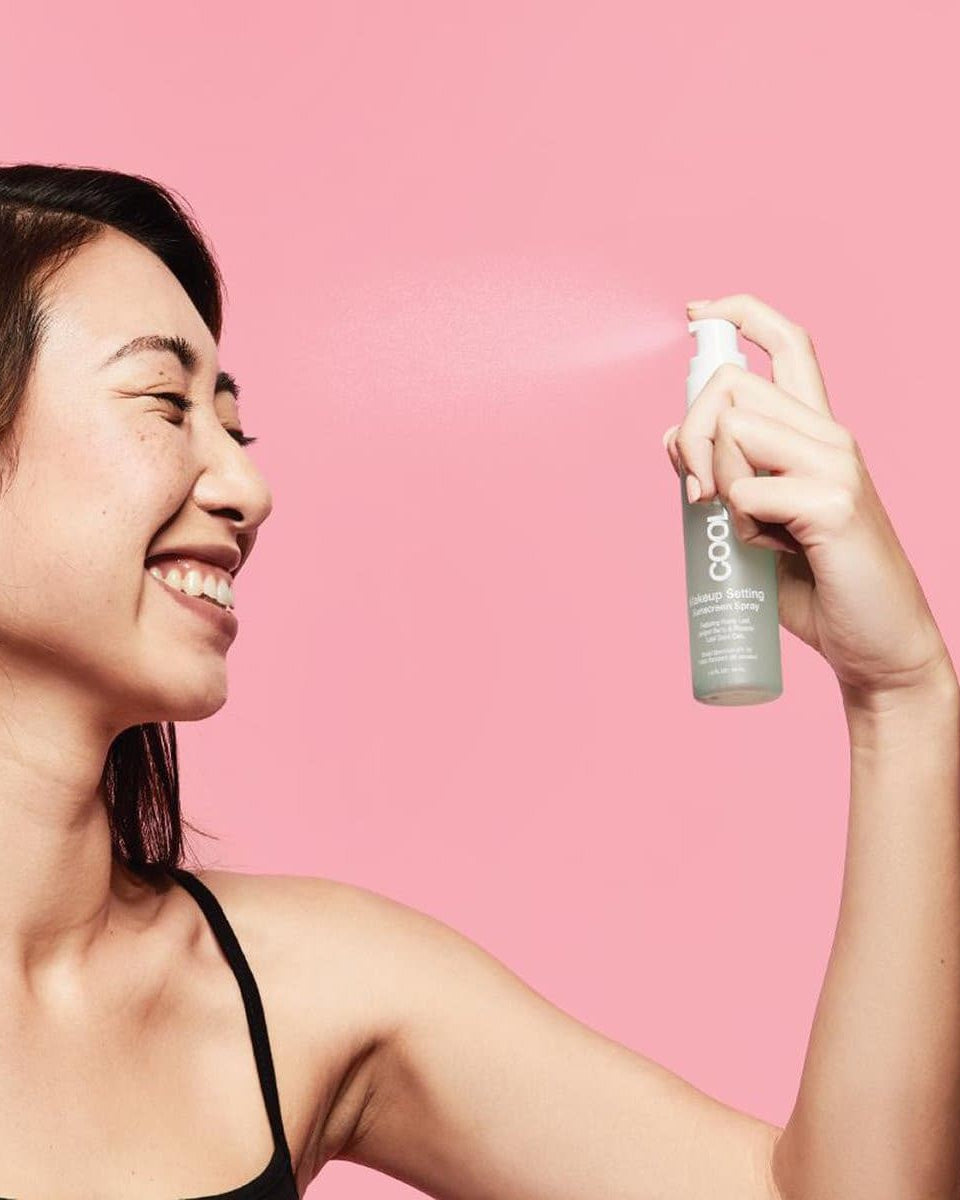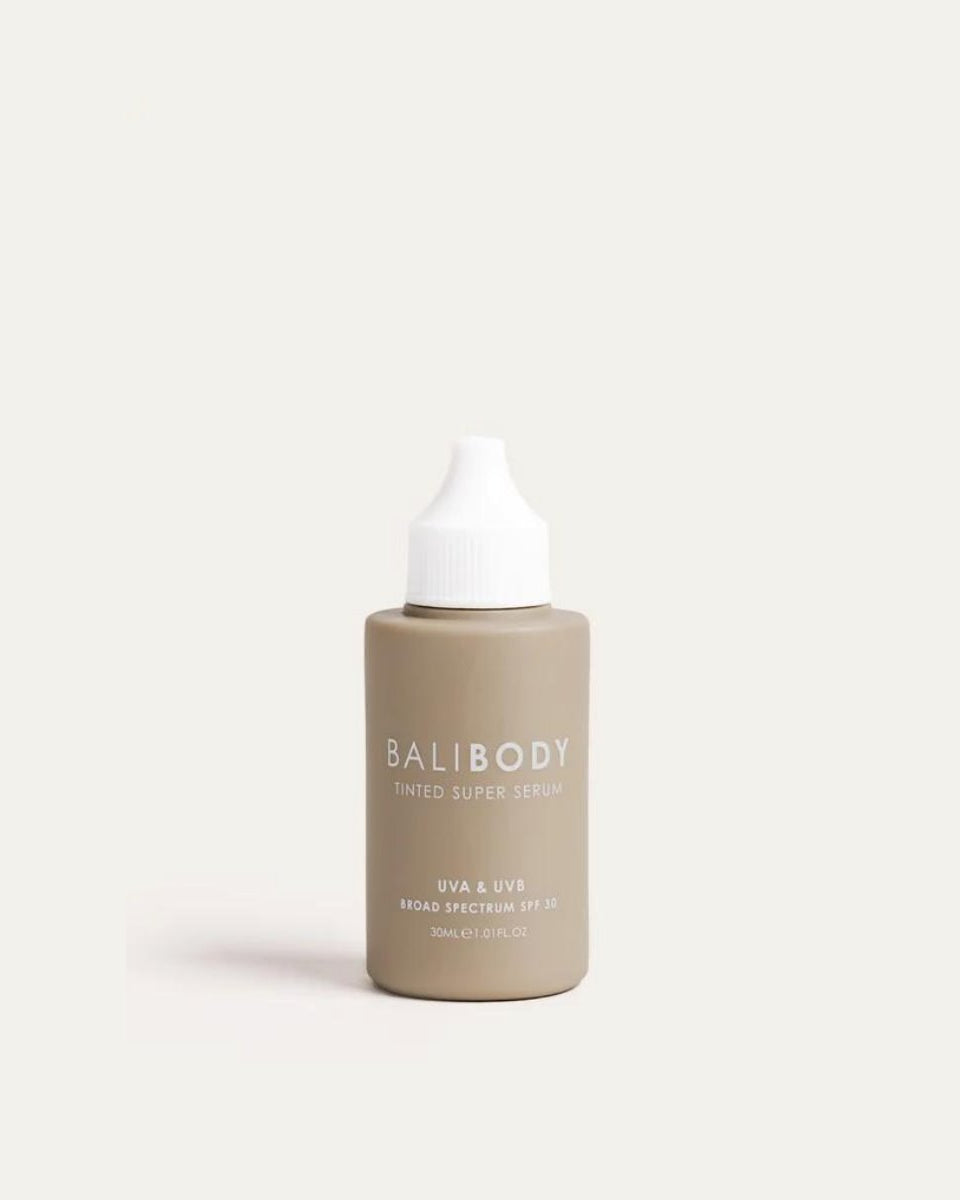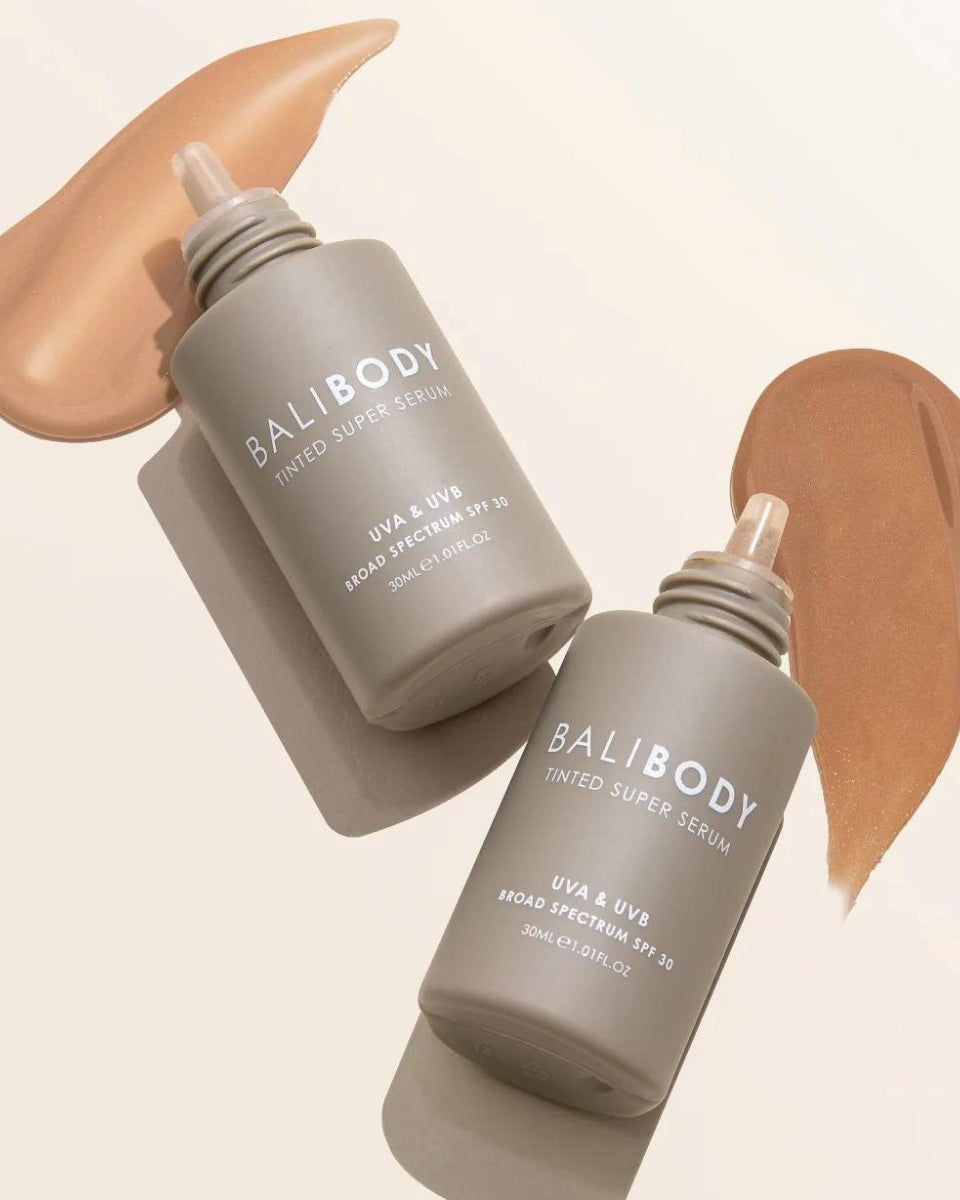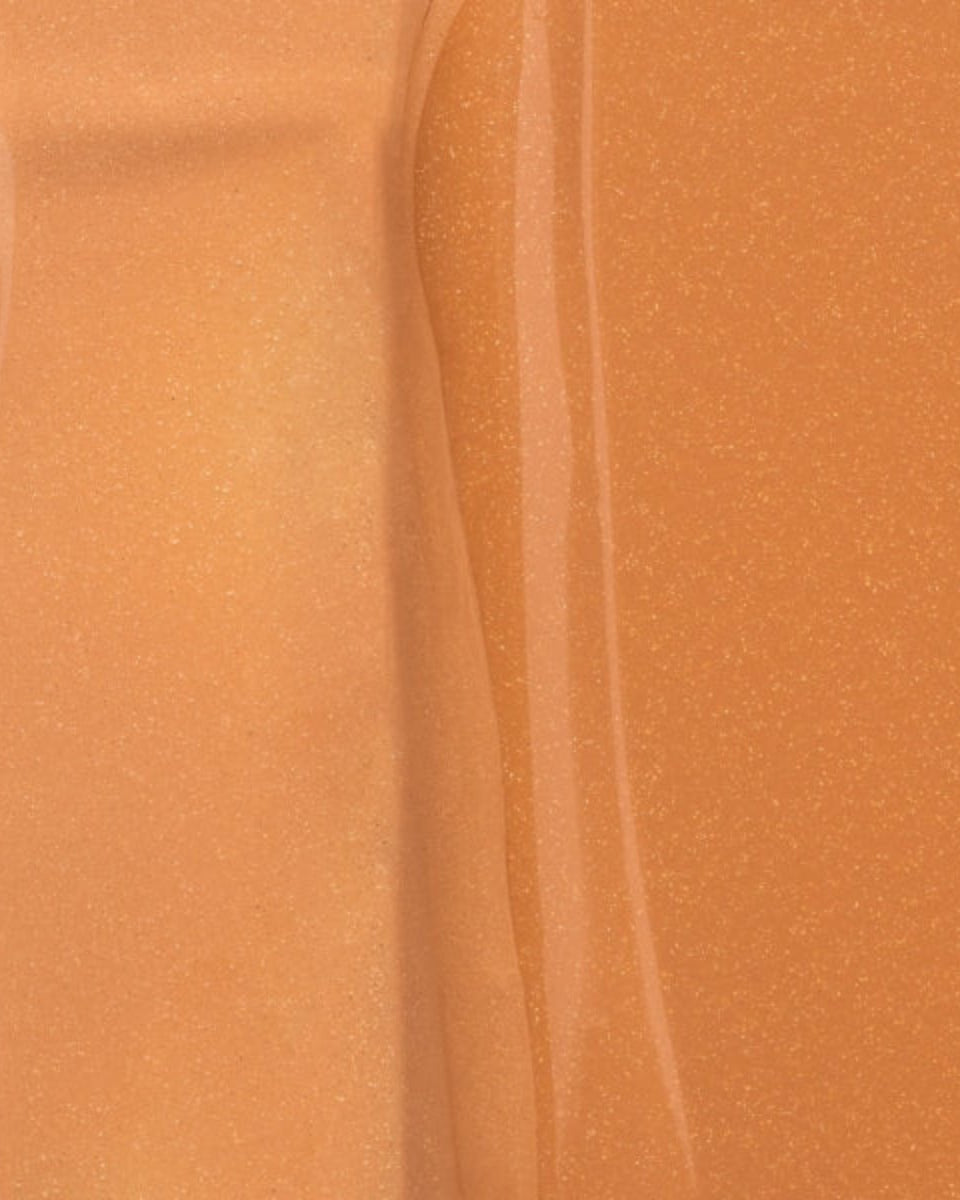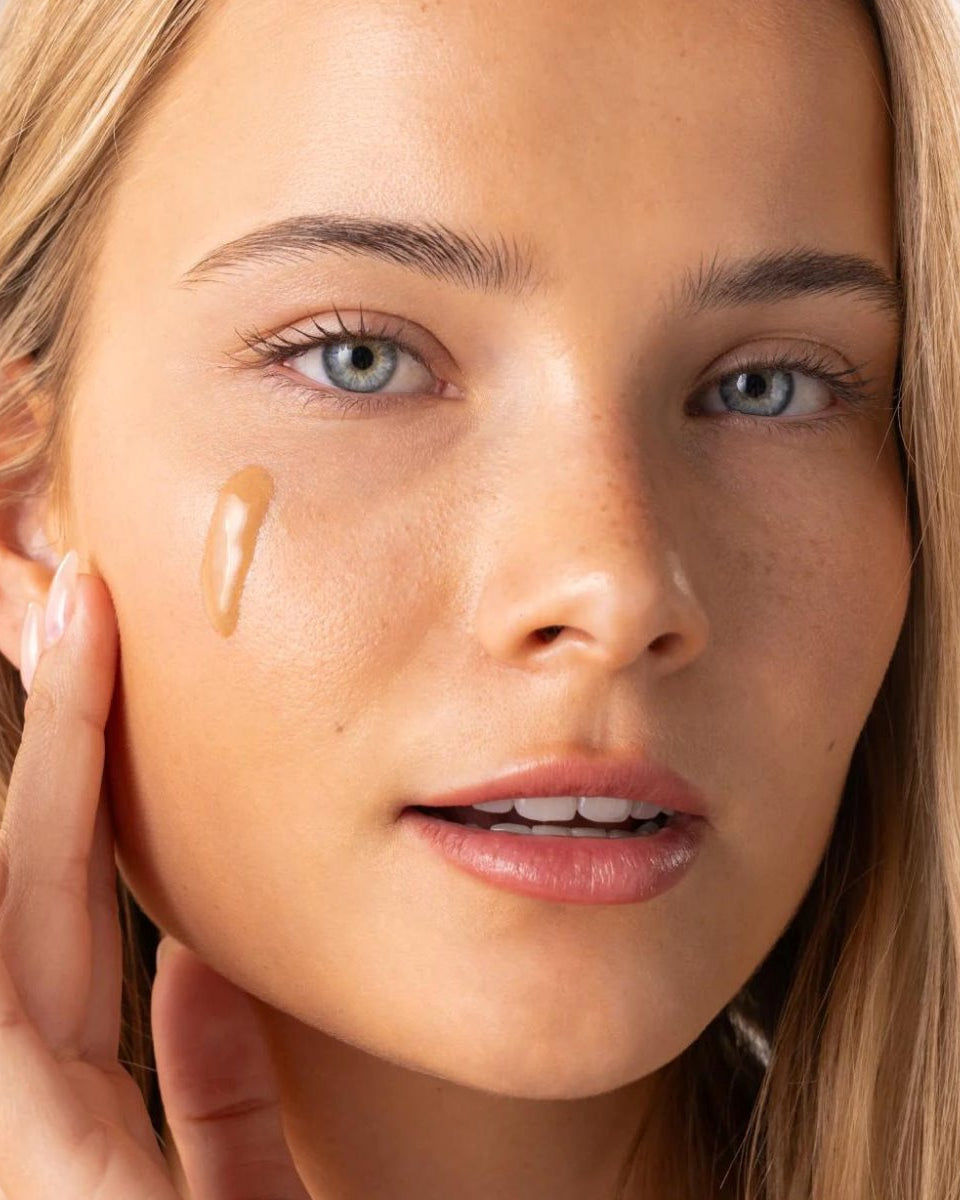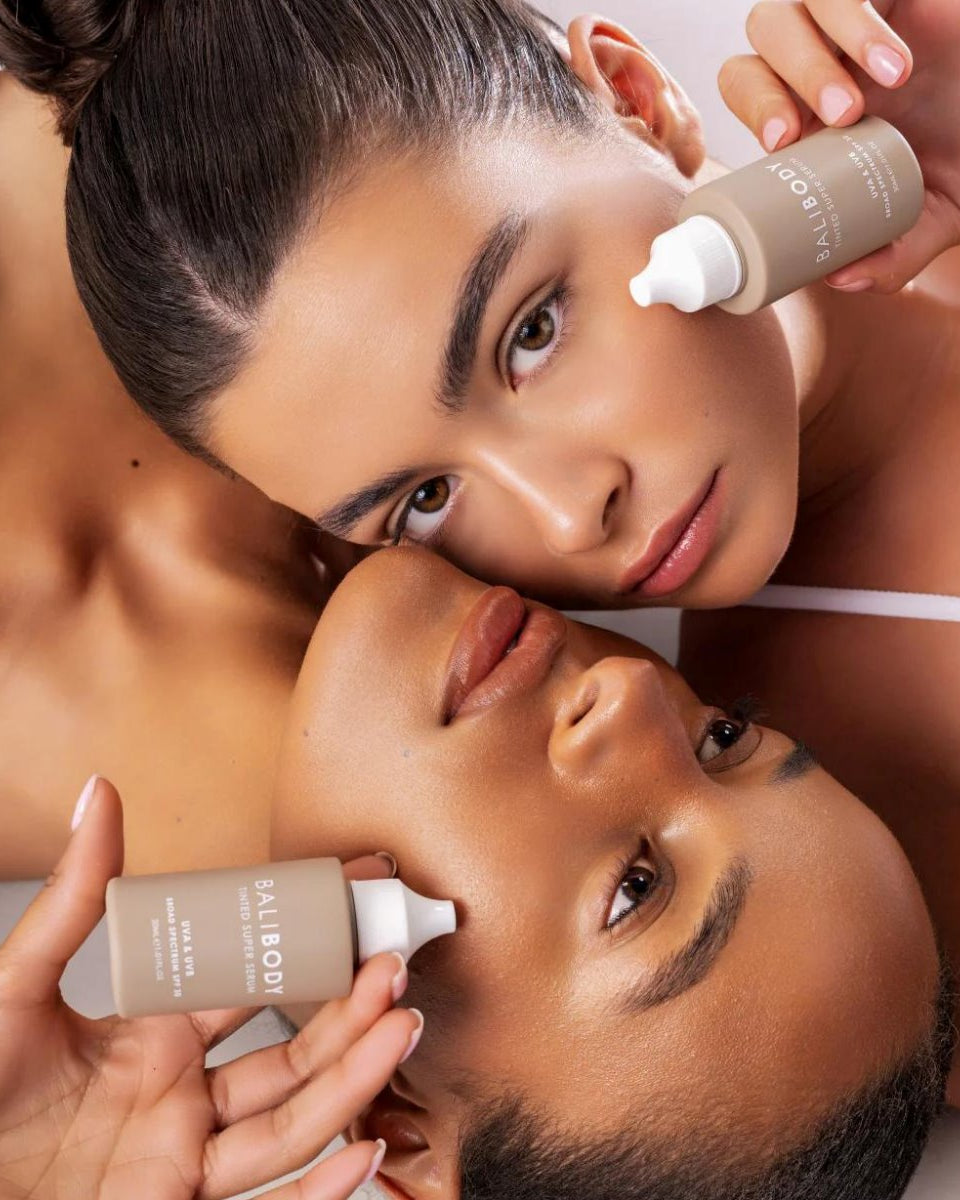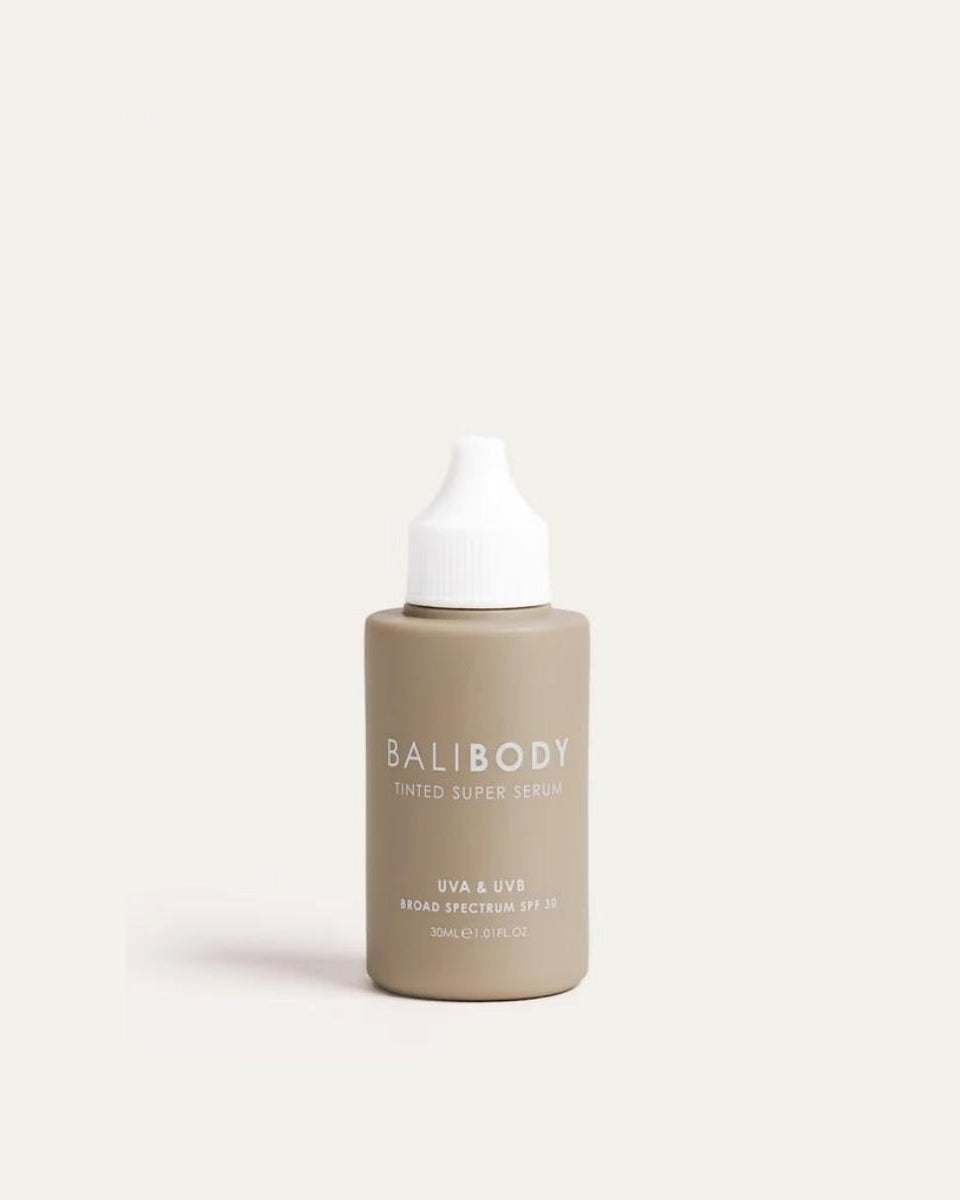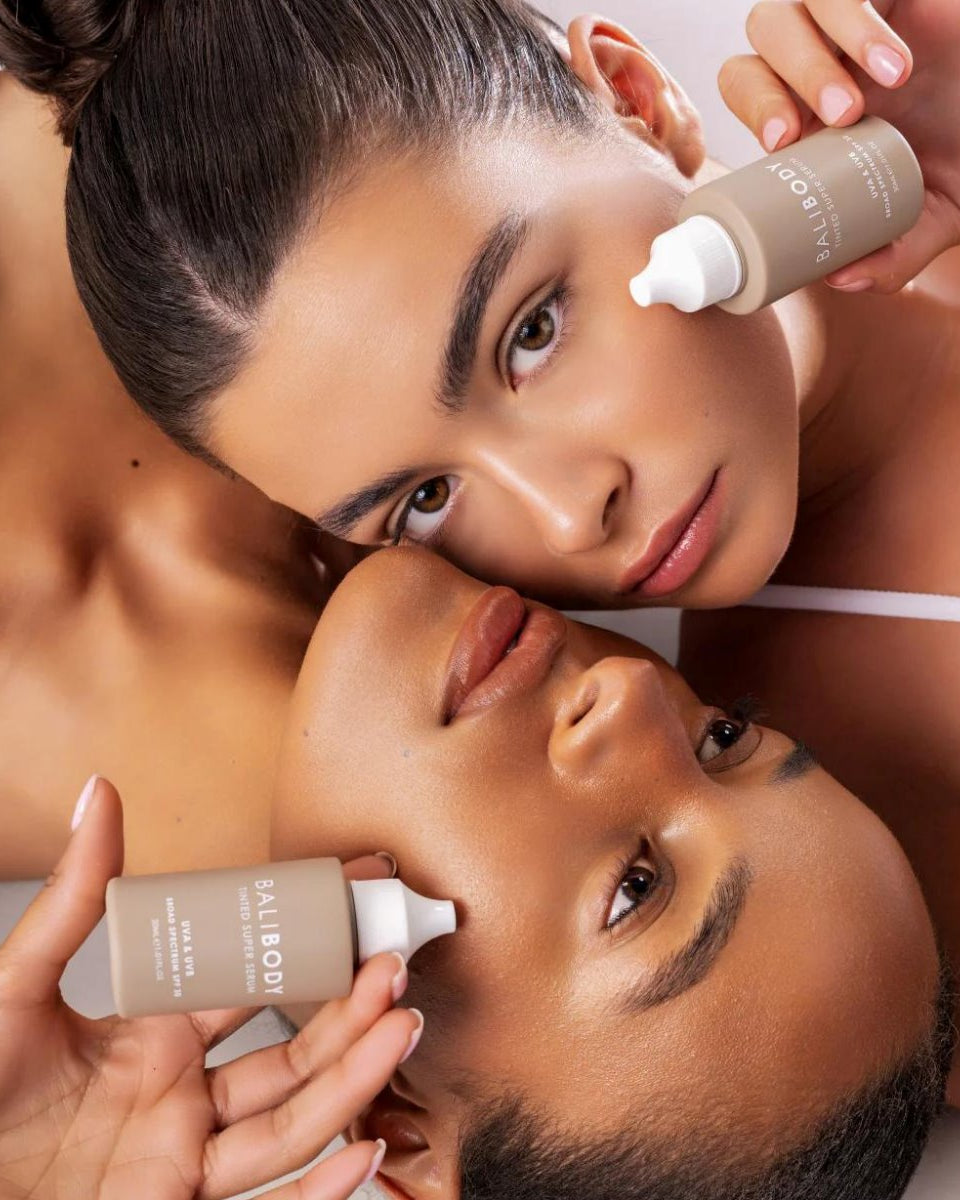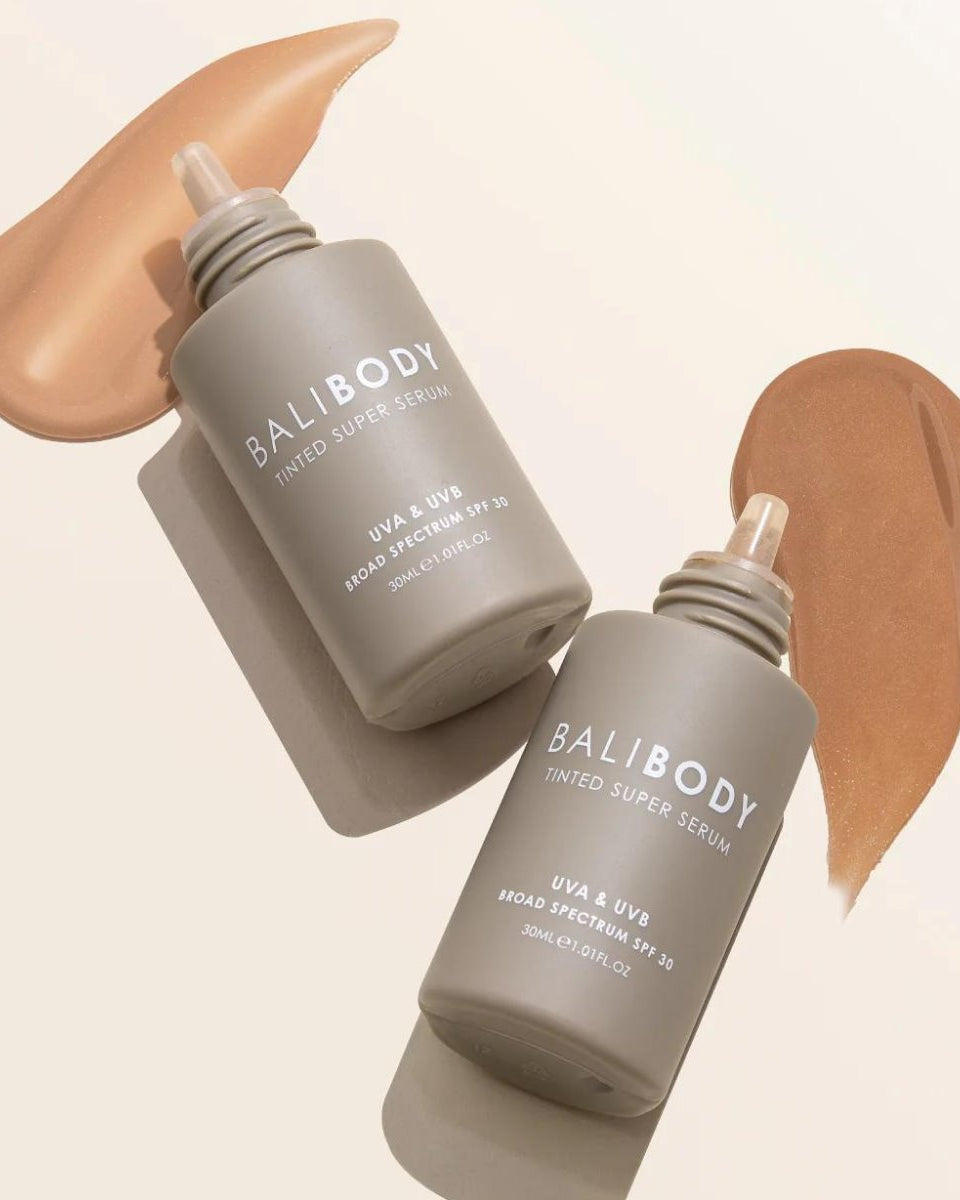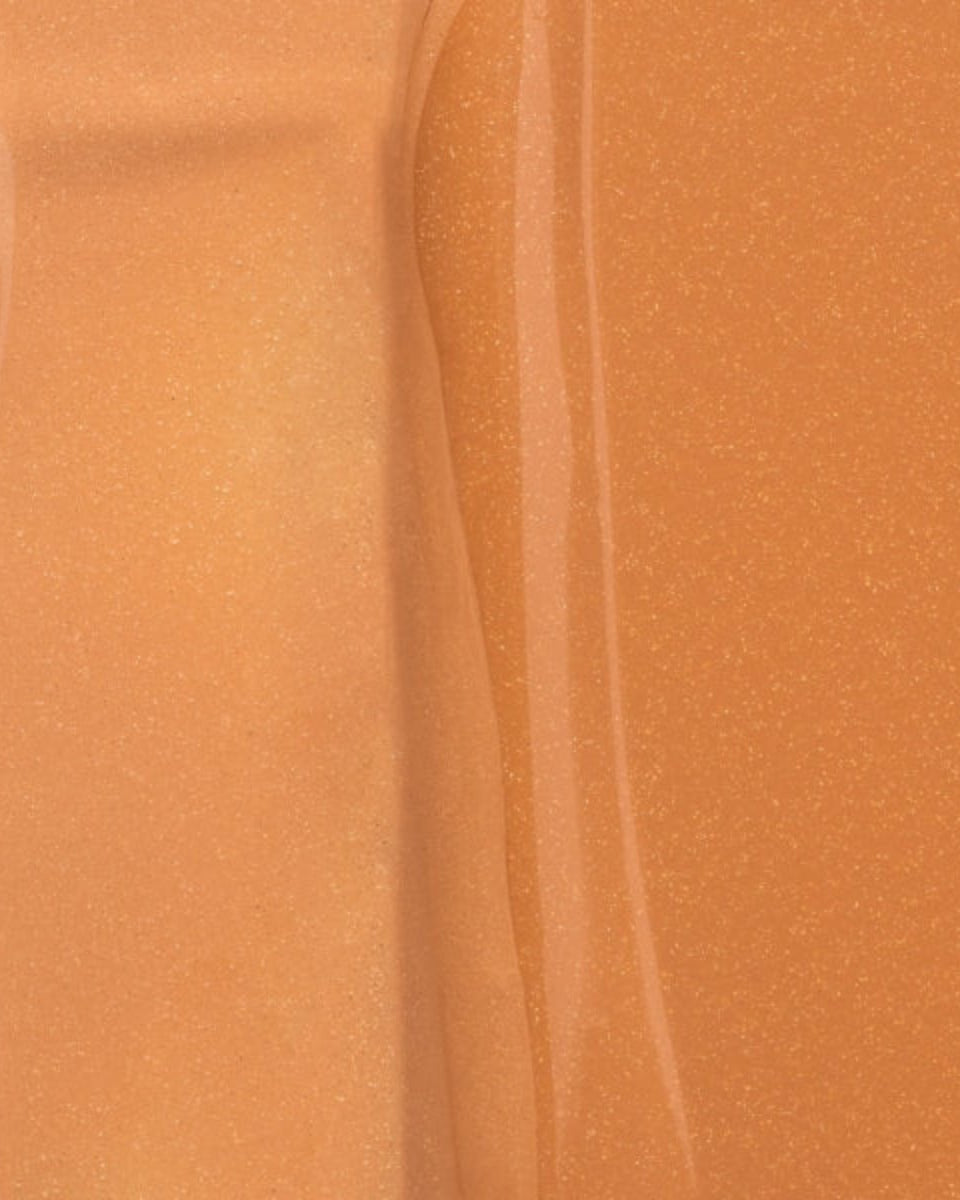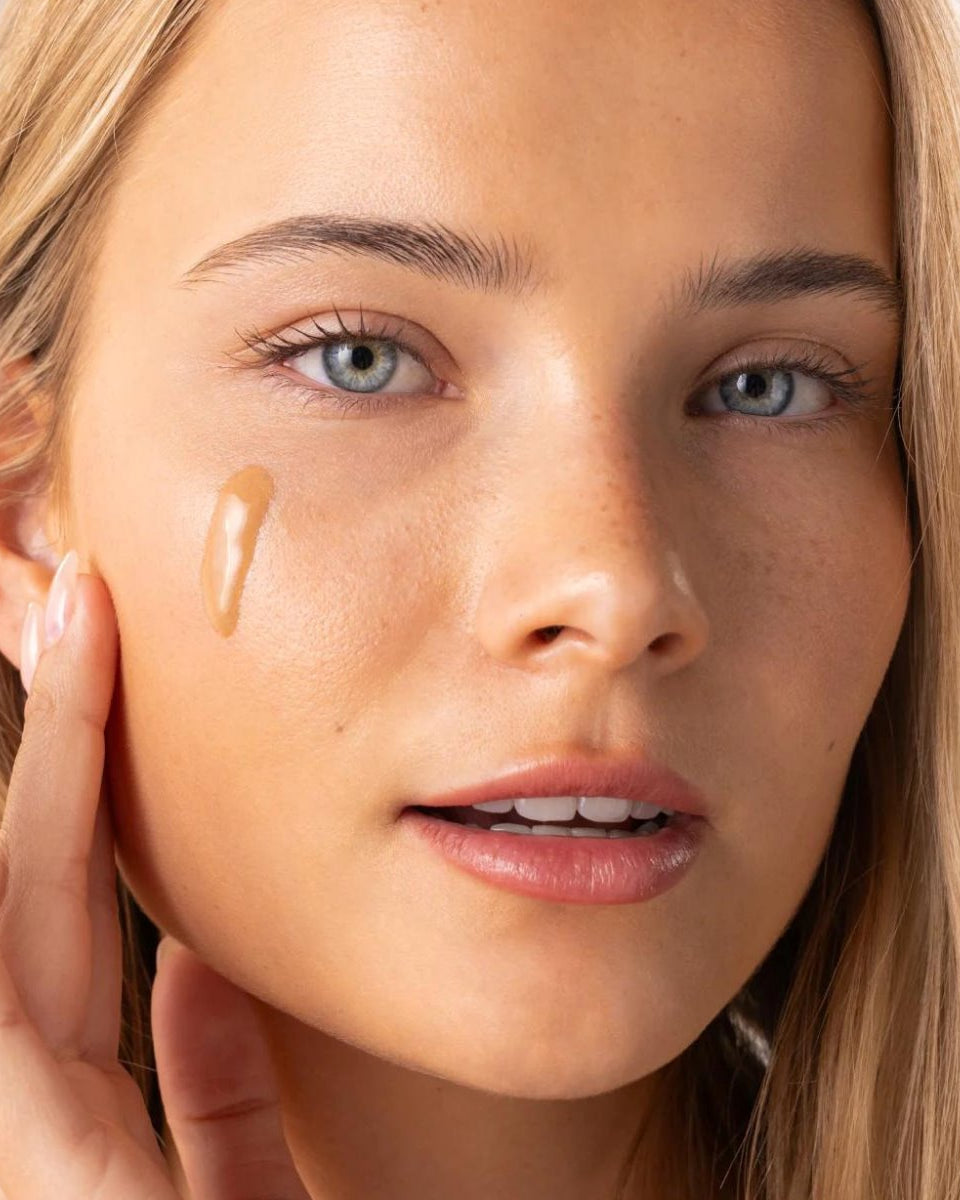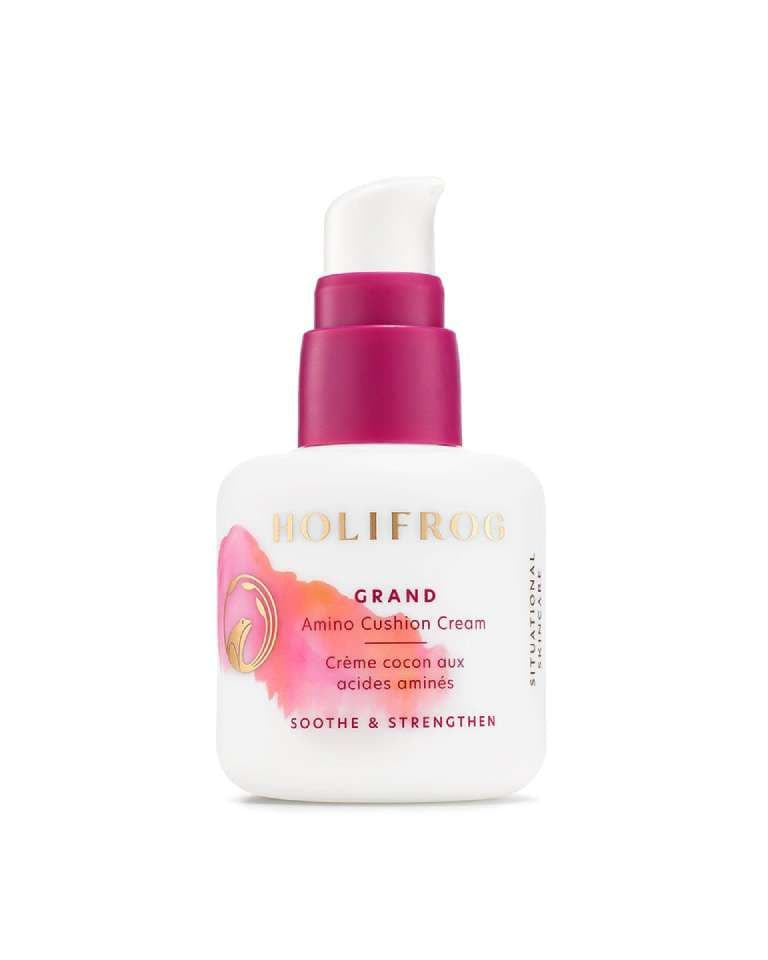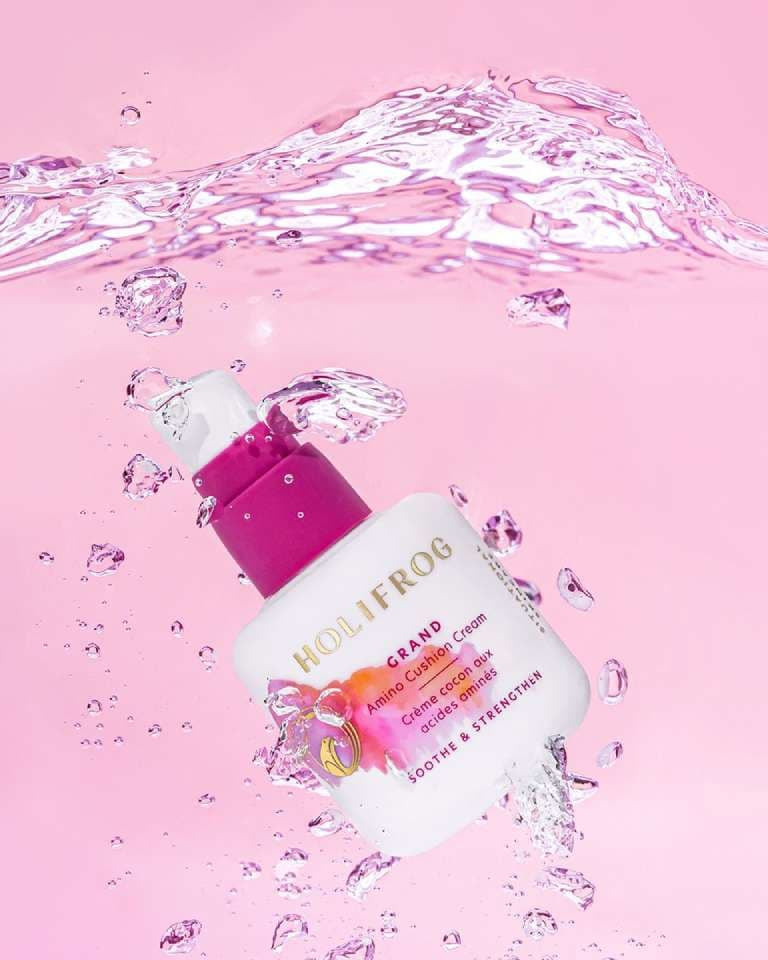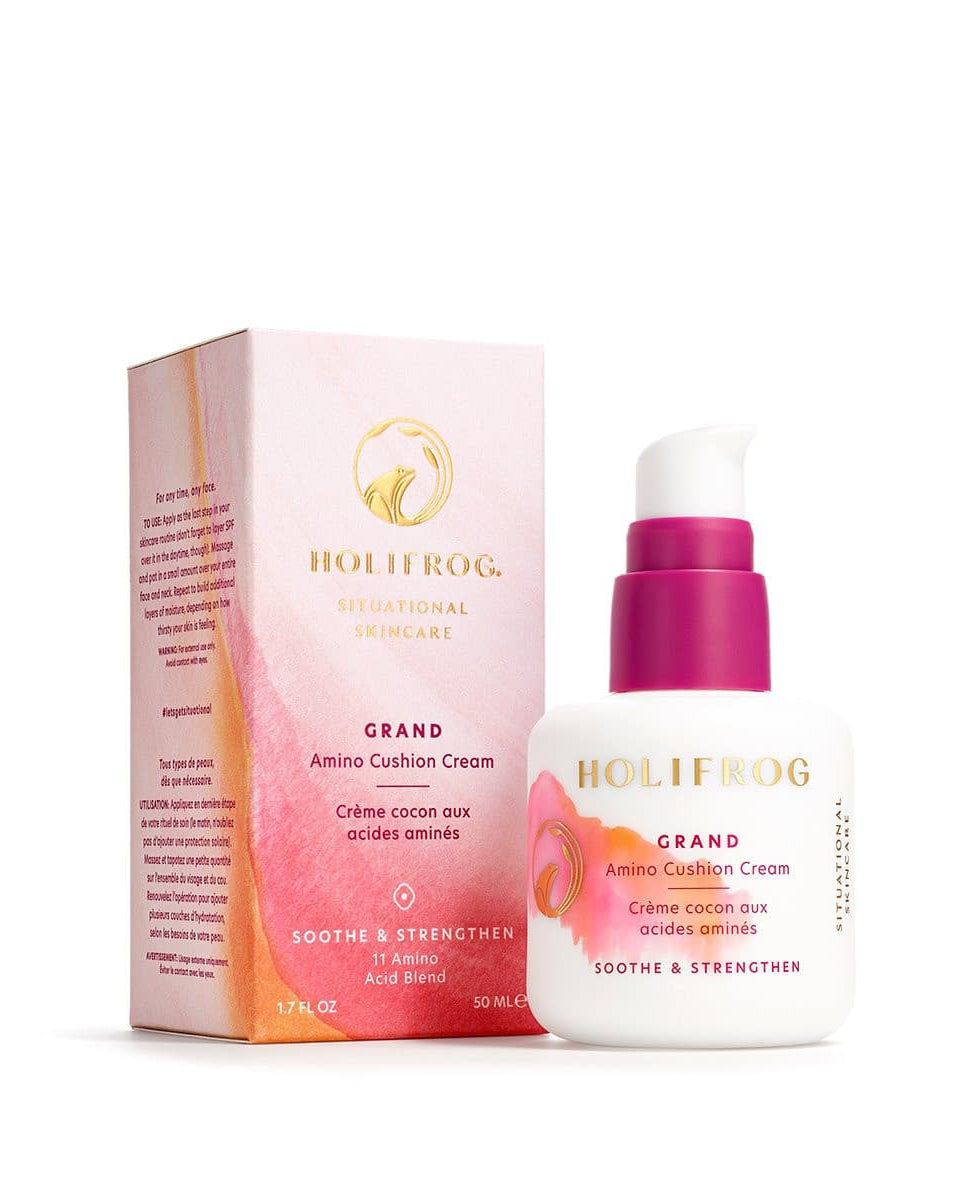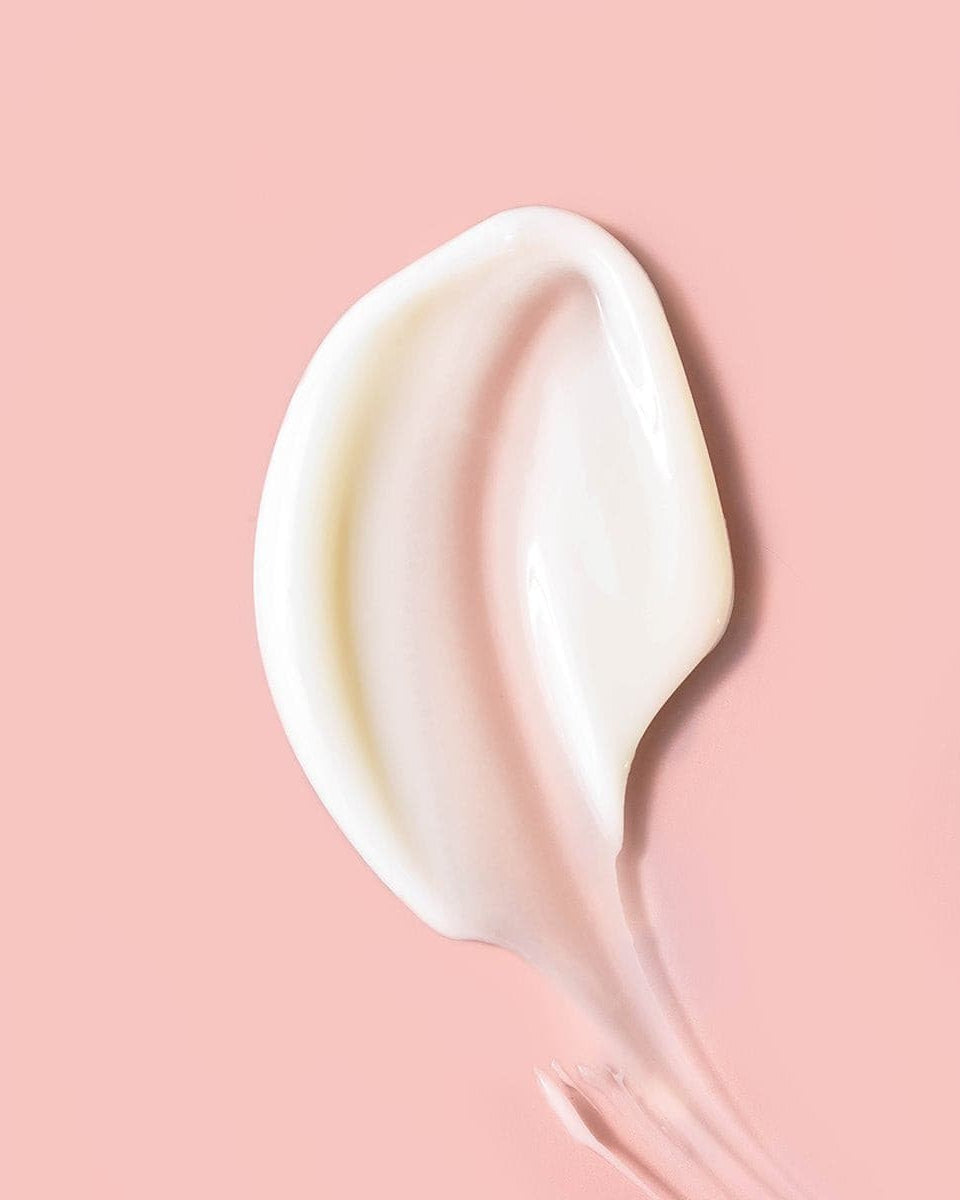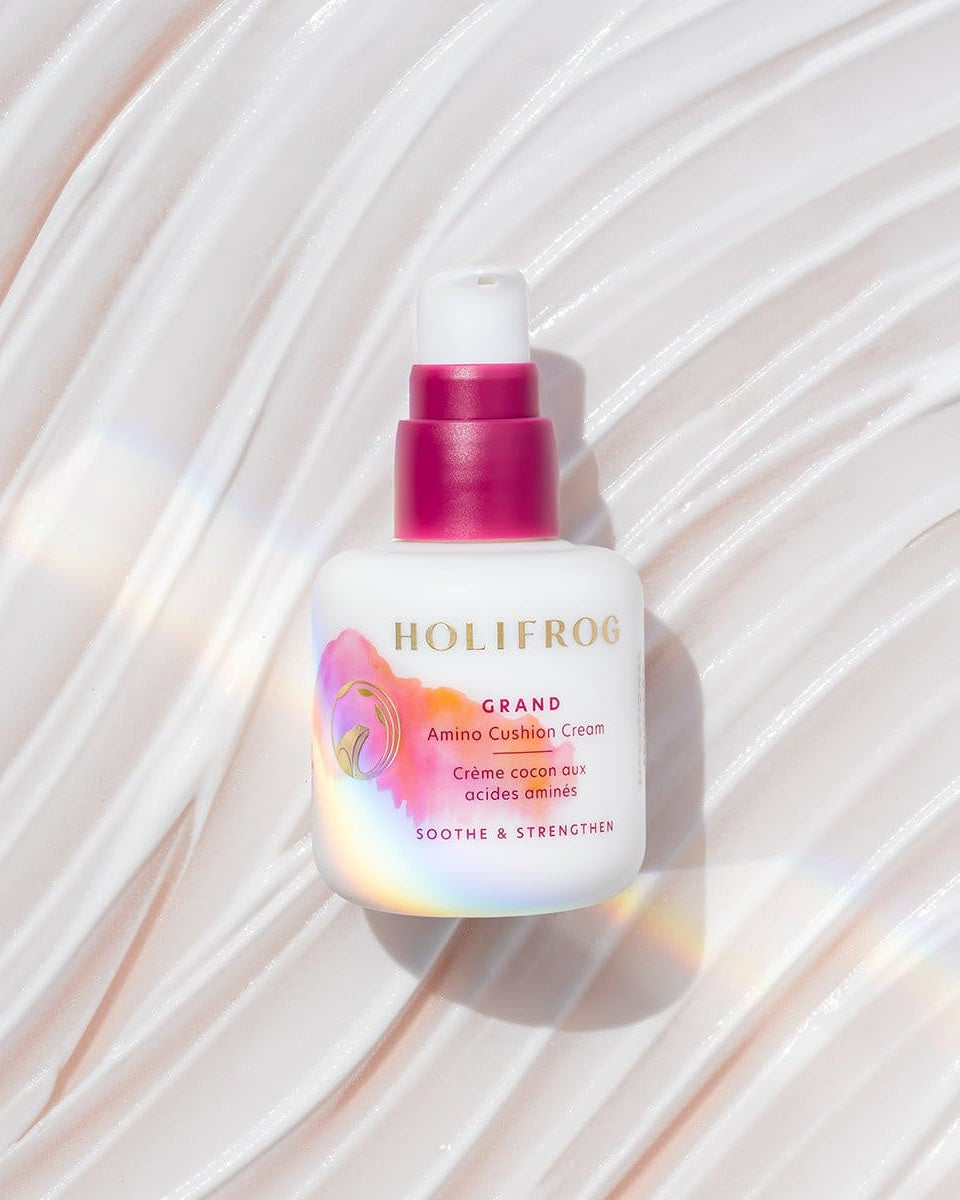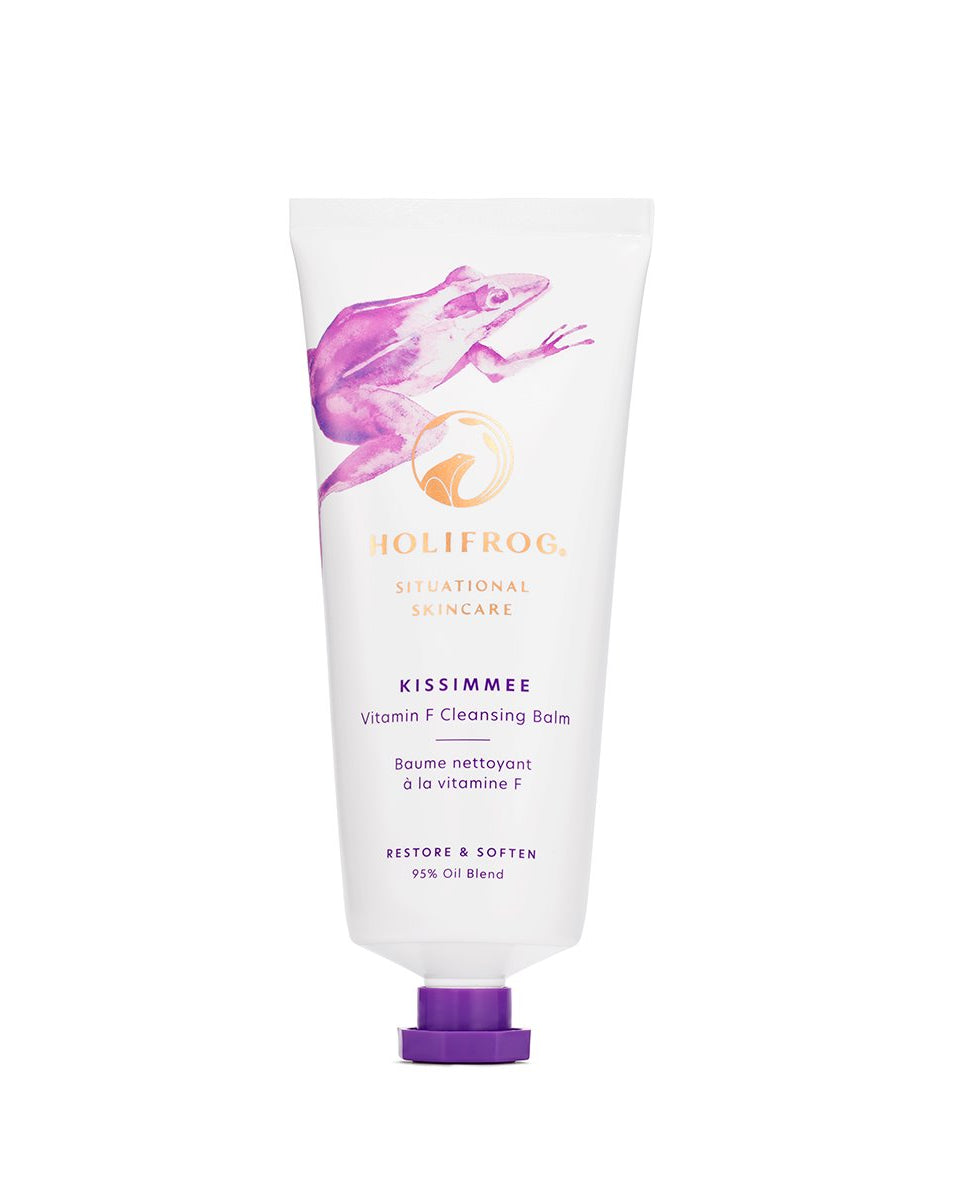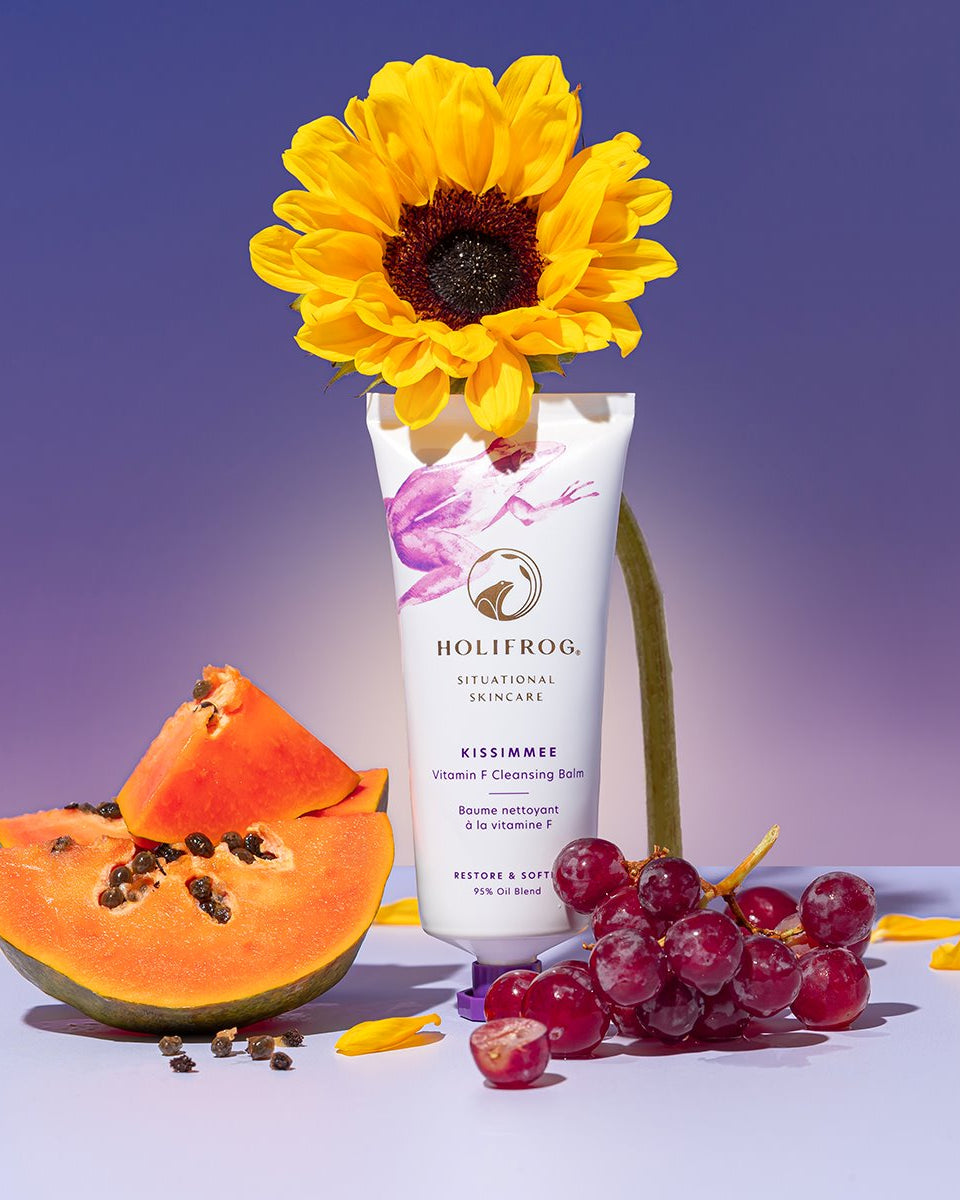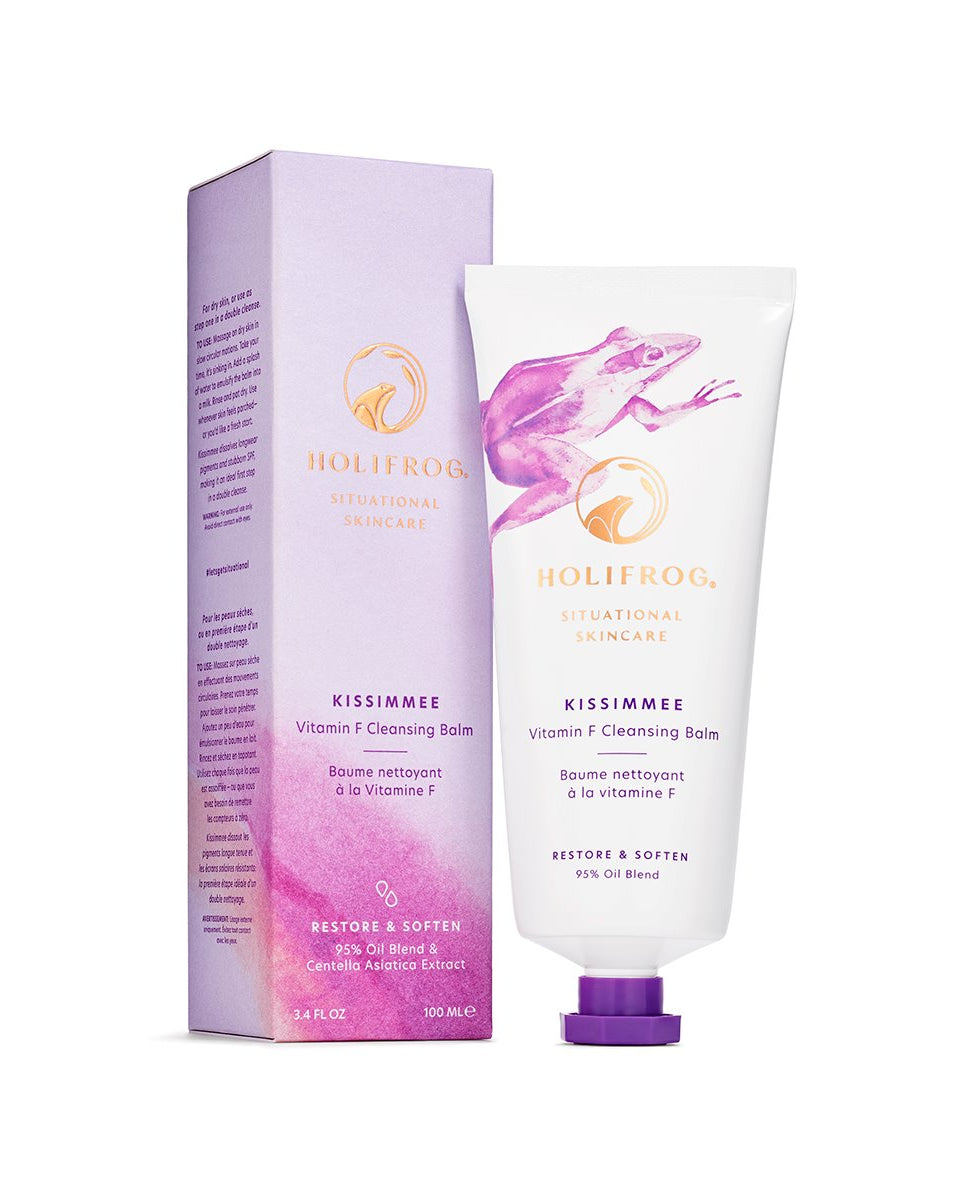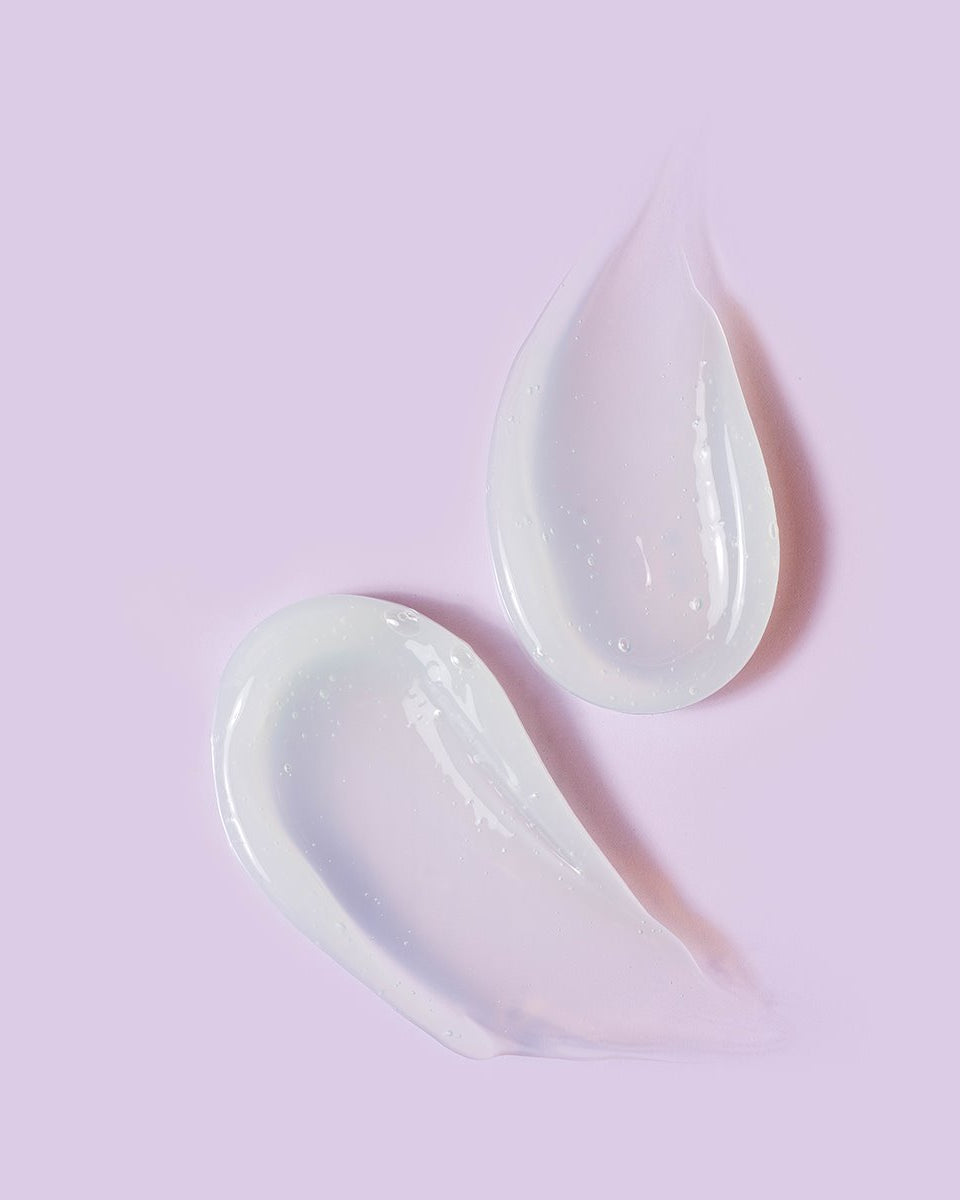
Whether you're battling breakouts, wrinkles, or dull skin, these powerhouse ingredients can make a significant difference. But what exactly are these acids, and how do they work?
Let’s break down the science behind each to help you understand which might be best for your skin.
AHA (Alpha Hydroxy Acids)
Alpha Hydroxy Acids are water-soluble acids made from sugary fruits. They help peel away the surface of your skin so that new, more evenly pigmented skin cells may generate and take their place. After use, skin feels smoother and looks refreshed.
Common types of AHAs include:
- Glycolic Acid: Derived from sugar cane, glycolic acid is the smallest AHA, allowing it to penetrate the skin deeply and easily. It's effective for treating fine lines, acne, blackheads, dullness, and oiliness.
- Lactic Acid: Sourced from lactose in milk, lactic acid is gentler than glycolic acid and helps improve the skin's natural moisture factor.
Benefits of AHAs:
- Promote collagen and blood flow.
- Improve the appearance of surface wrinkles and fine lines.
- Prevent acne breakouts.
- Brighten the skin tone.
- Increase product absorption.
BHA (Beta Hydroxy Acid)
BHAs are oil-soluble, which allows them to penetrate deeper into the pores to remove dead skin cells and excess sebum. The most common BHA is salicylic acid, often used to treat breakouts and sun damage.
Benefits of BHA:
- Deeply cleanses and exfoliates pores from the inside out.
- Has anti-inflammatory and antibacterial properties.
- Ideal for managing blackheads and whiteheads.
- Effective treatment for rosacea, in addition to acne.
PHA (Polyhydroxy Acids)
PHAs are considered "cousins" of AHAs but are larger in molecular size, which means they penetrate the skin more slowly, reducing the chance of irritation. Common PHAs include gluconolactone and lactobionic acid.
Benefits of PHAs:
- Gentle on the skin, suitable for sensitive skin types.
- Provide antioxidant benefits.
- Strengthen the skin barrier.
- Lock in moisture, offering anti-aging benefits.
Which acid should you choose for your face scrubs?
- Skin type: AHAs are great for dry skin due to their water-attracting properties, while BHAs are better for oily, acne-prone skin because of their ability to penetrate deeper into the pores. PHAs are excellent for sensitive or mature skin types due to their gentle nature.
- Product formulation: These acids can be found in various skincare products, from cleansers and toners to serums and scrubs. The key is gradual integration into your skincare regimen.
- Sun sensitivity: AHAs and BHAs increase sun sensitivity. Always apply a broad-spectrum sunscreen when using these products.
AHAs, BHAs, and PHAs offer diverse benefits and can be game-changers in skincare routines. By understanding what each acid does best, you can tailor your approach to match your skin’s needs and reveal a healthier, more radiant complexion.
Whether you’re refining texture, combating breakouts, or boosting hydration, these powerful acids have a solution for almost every skin concern.

